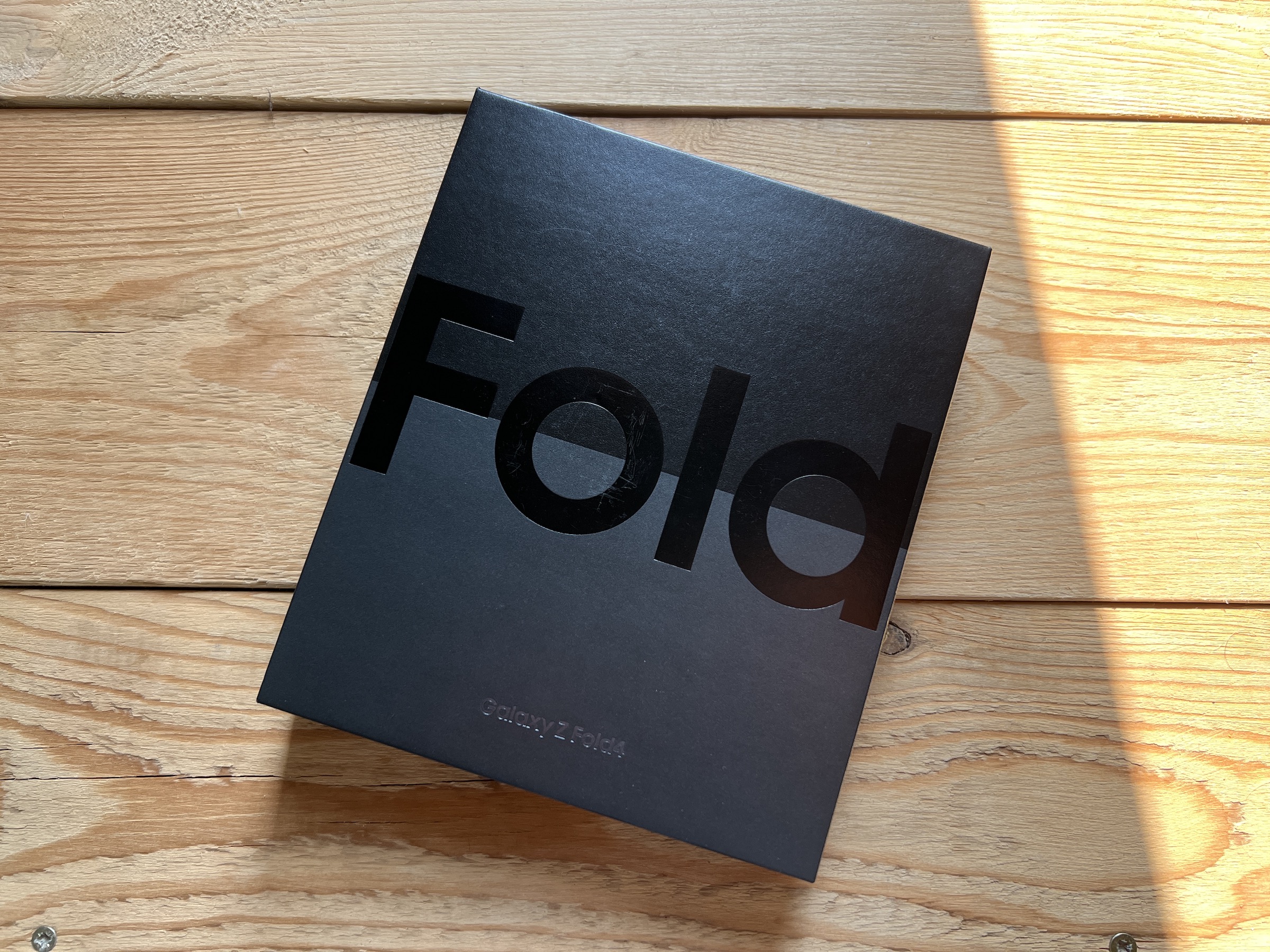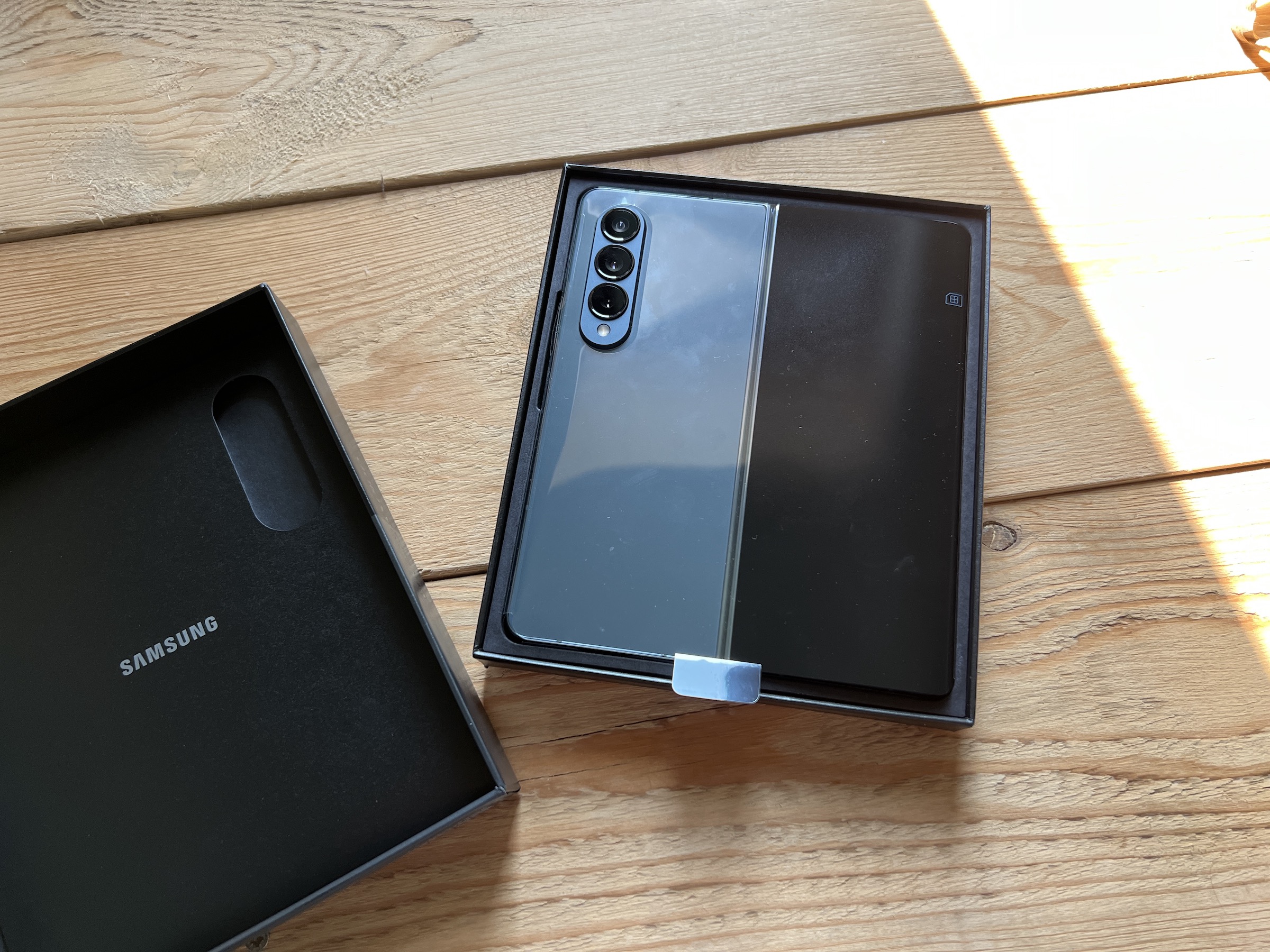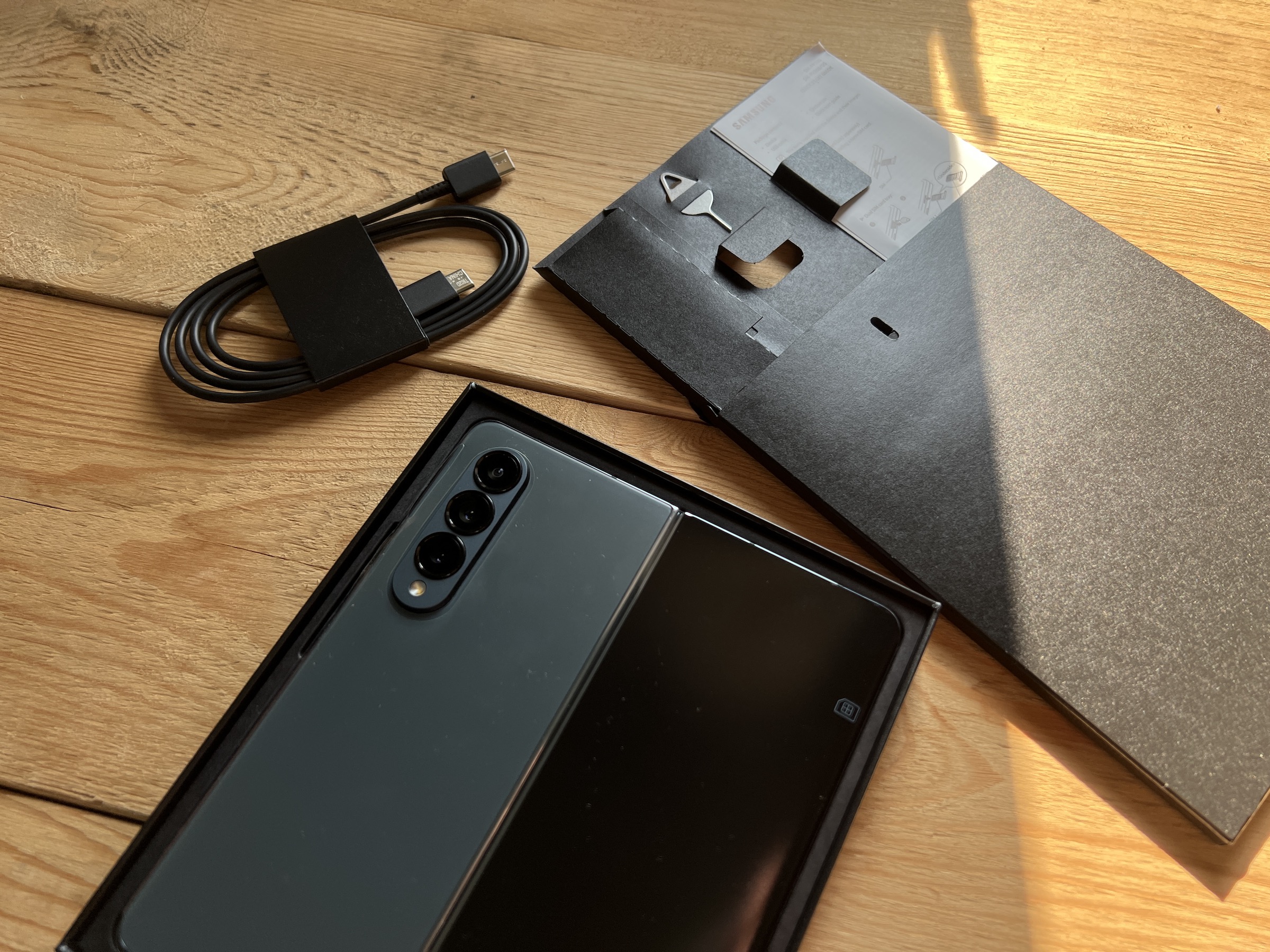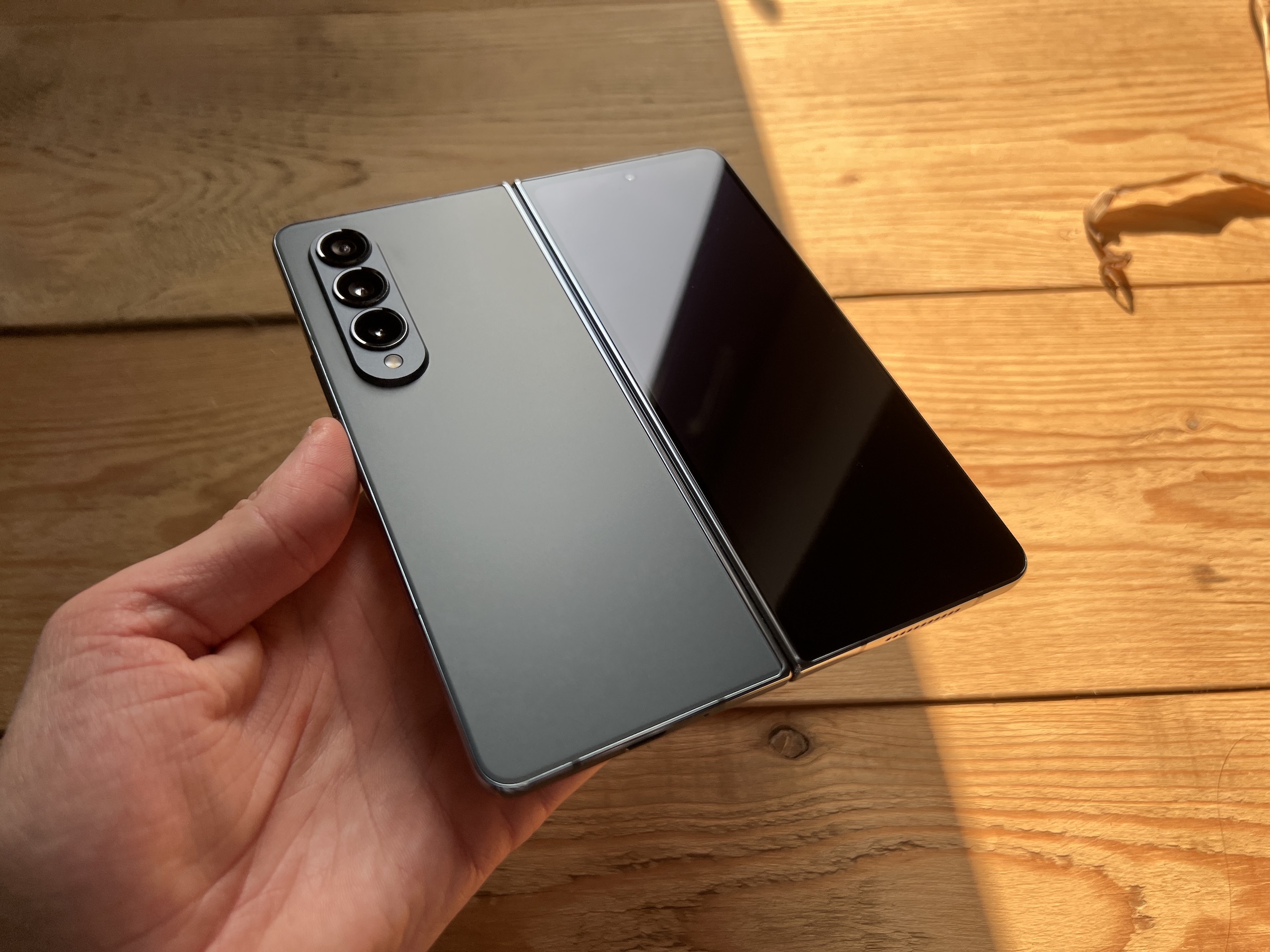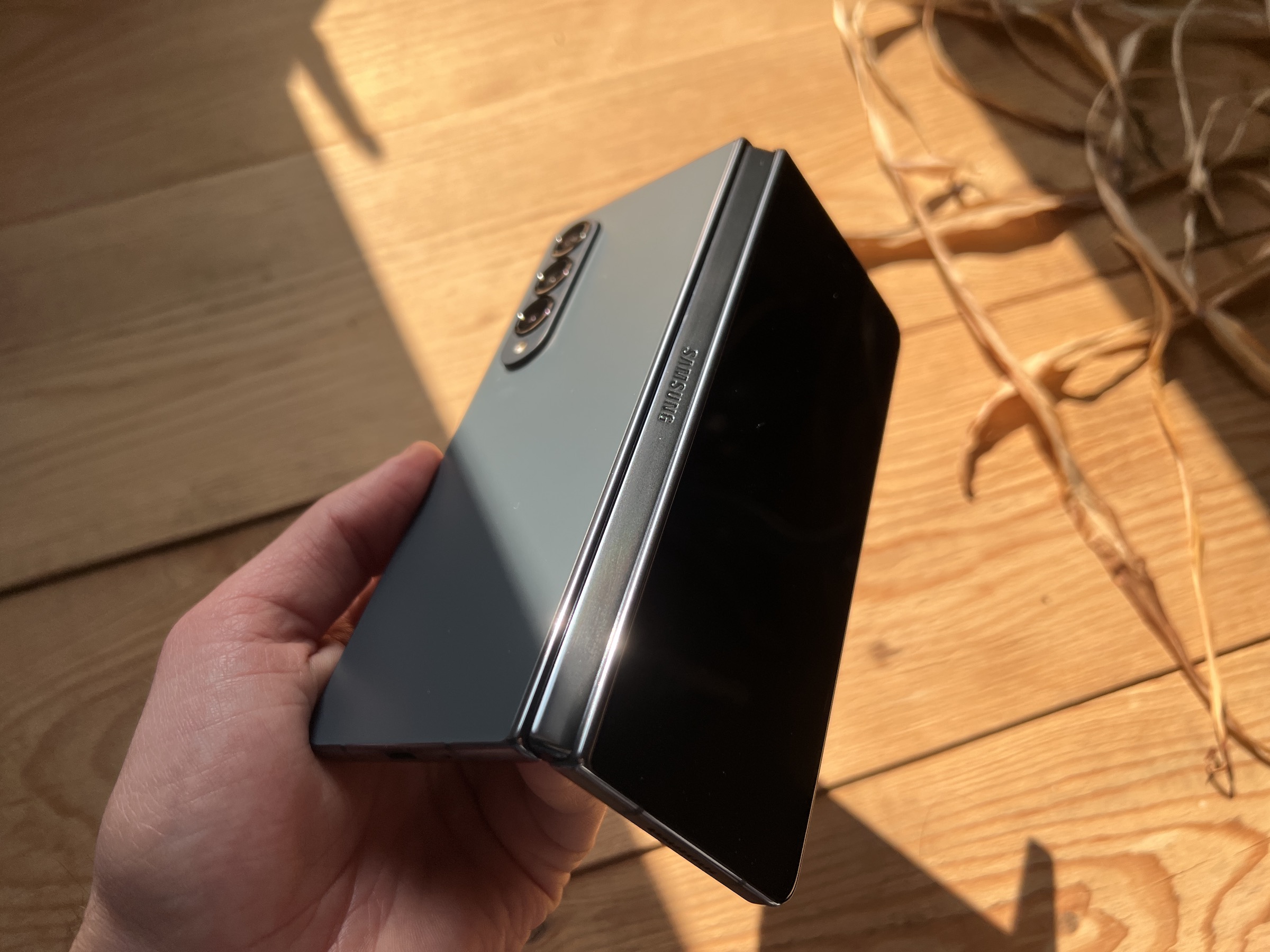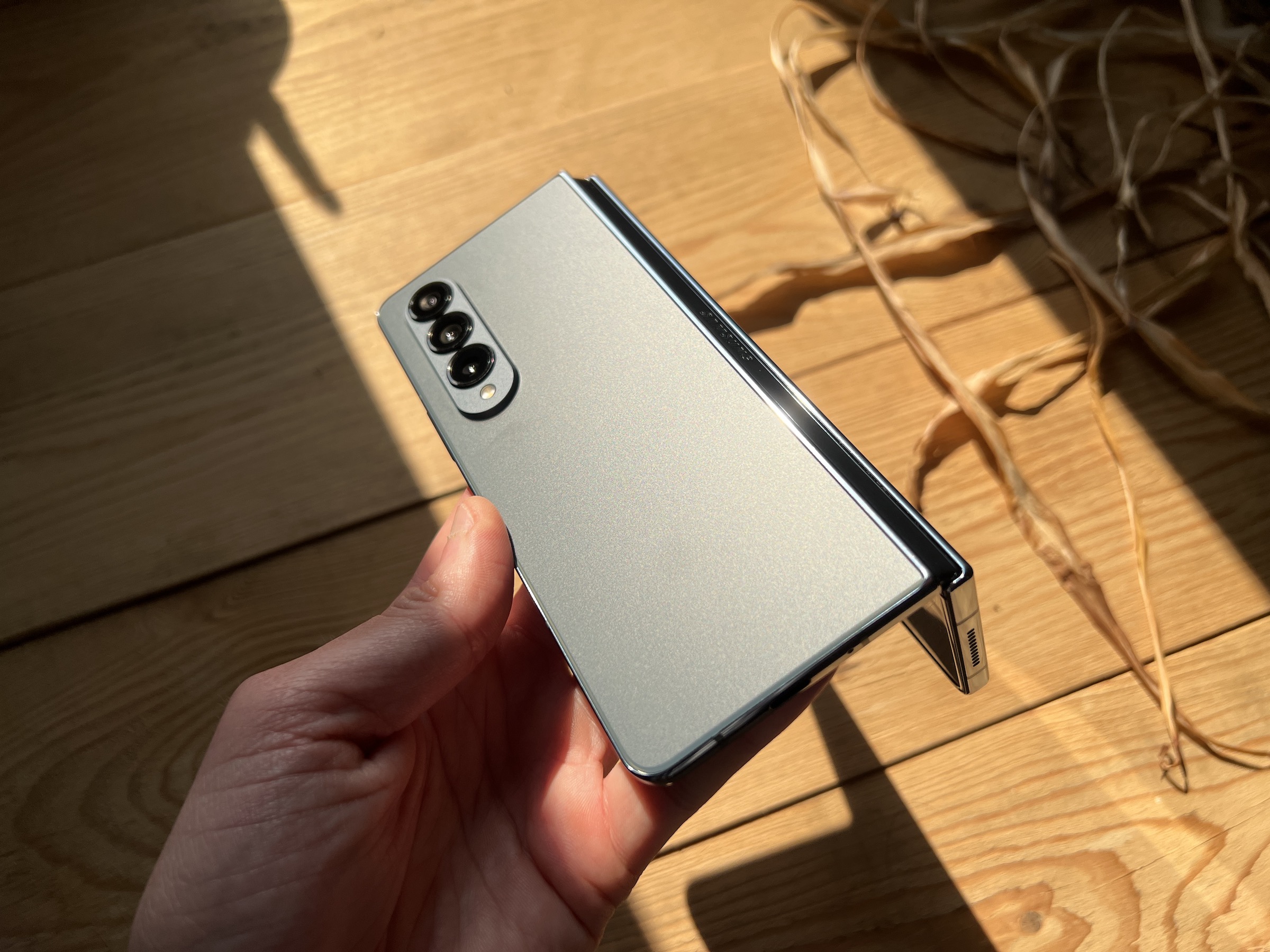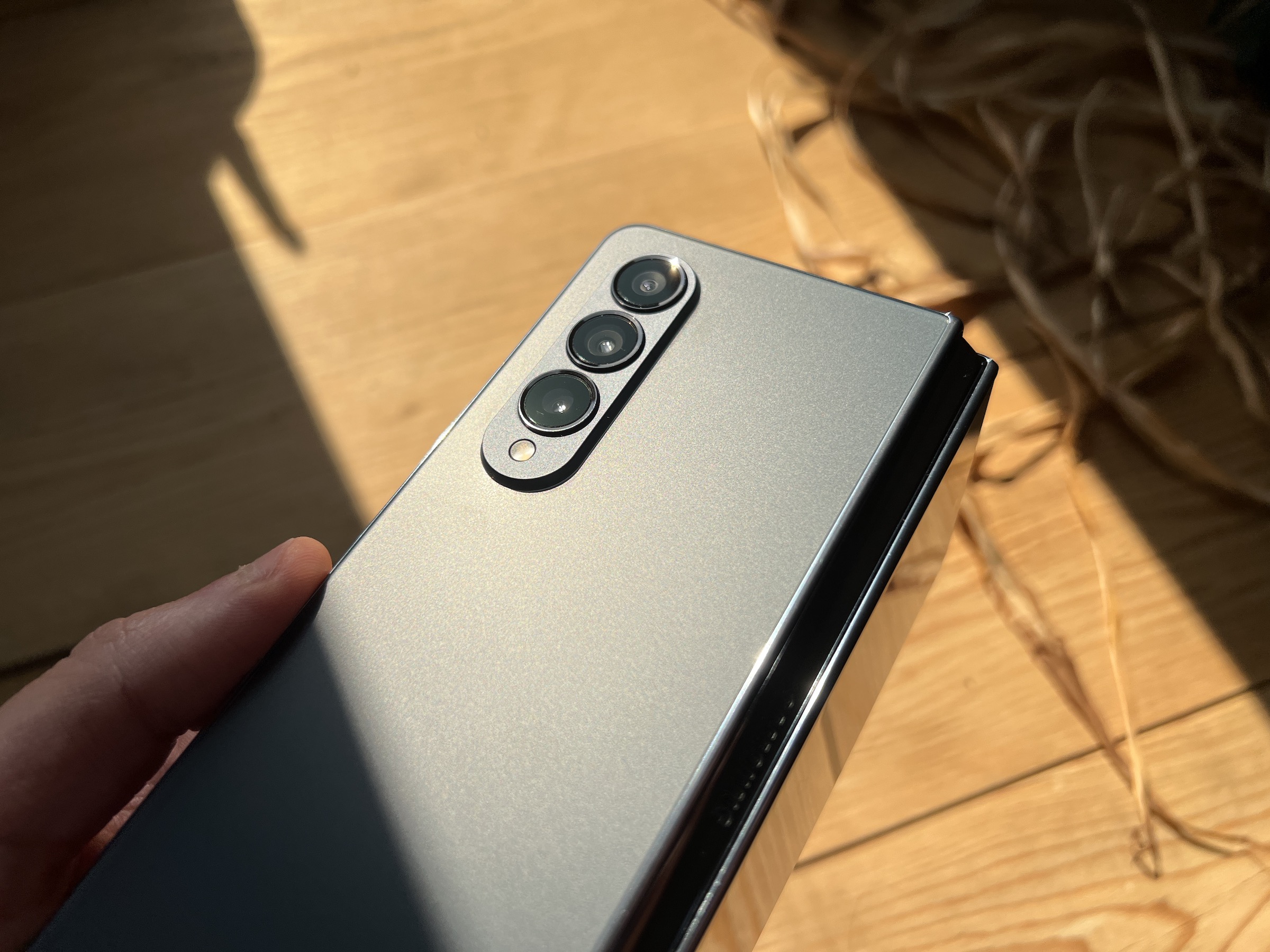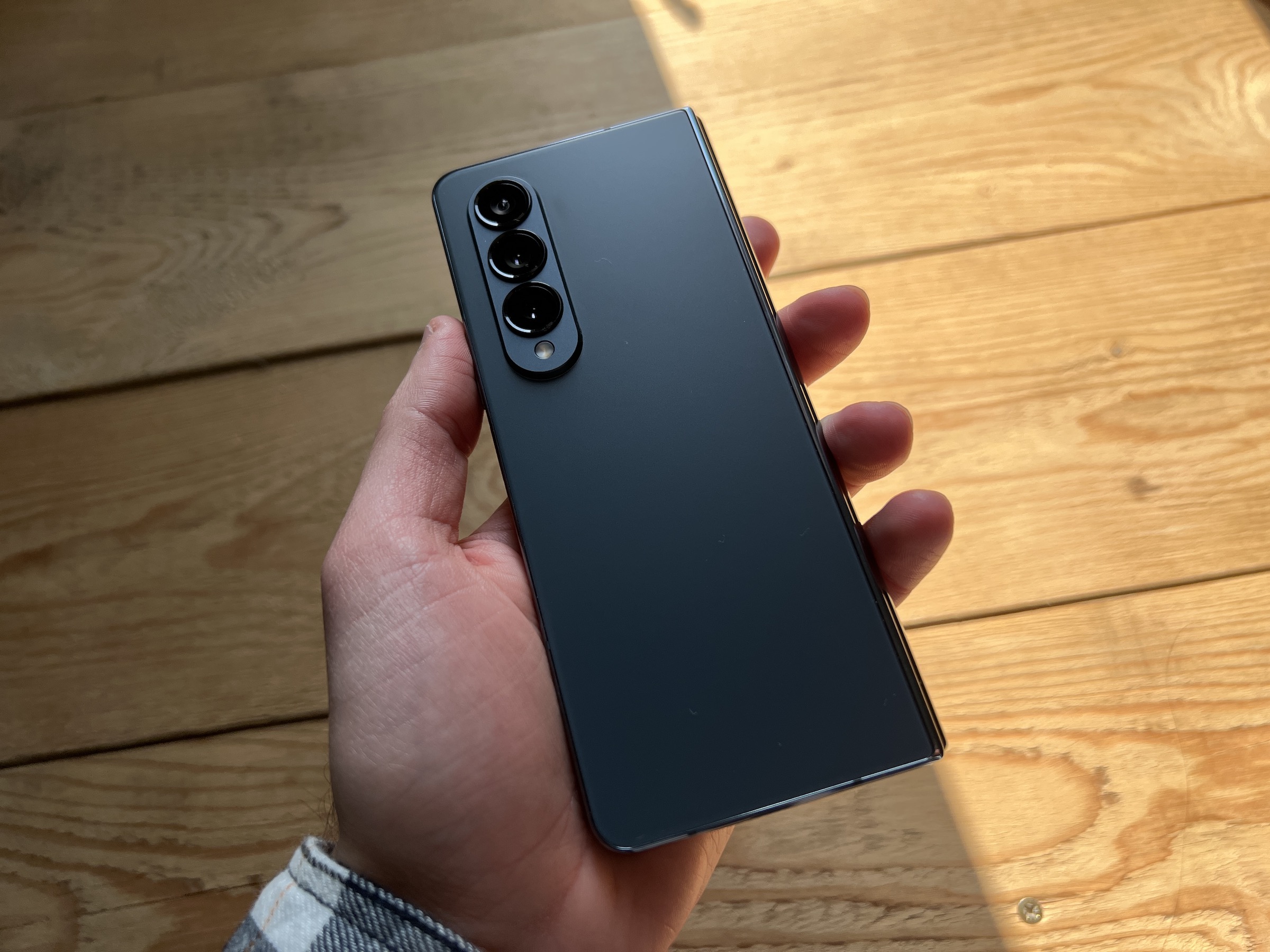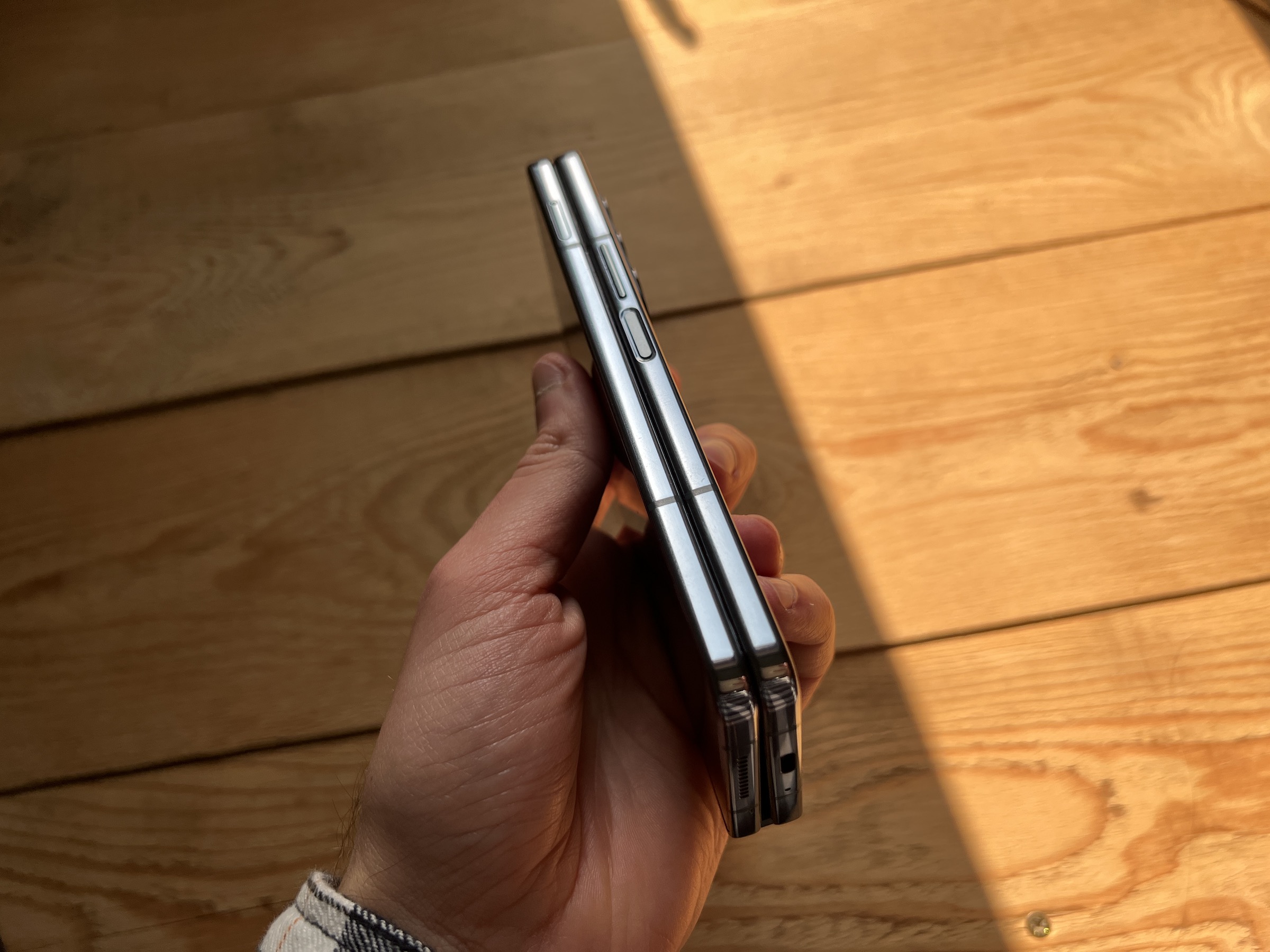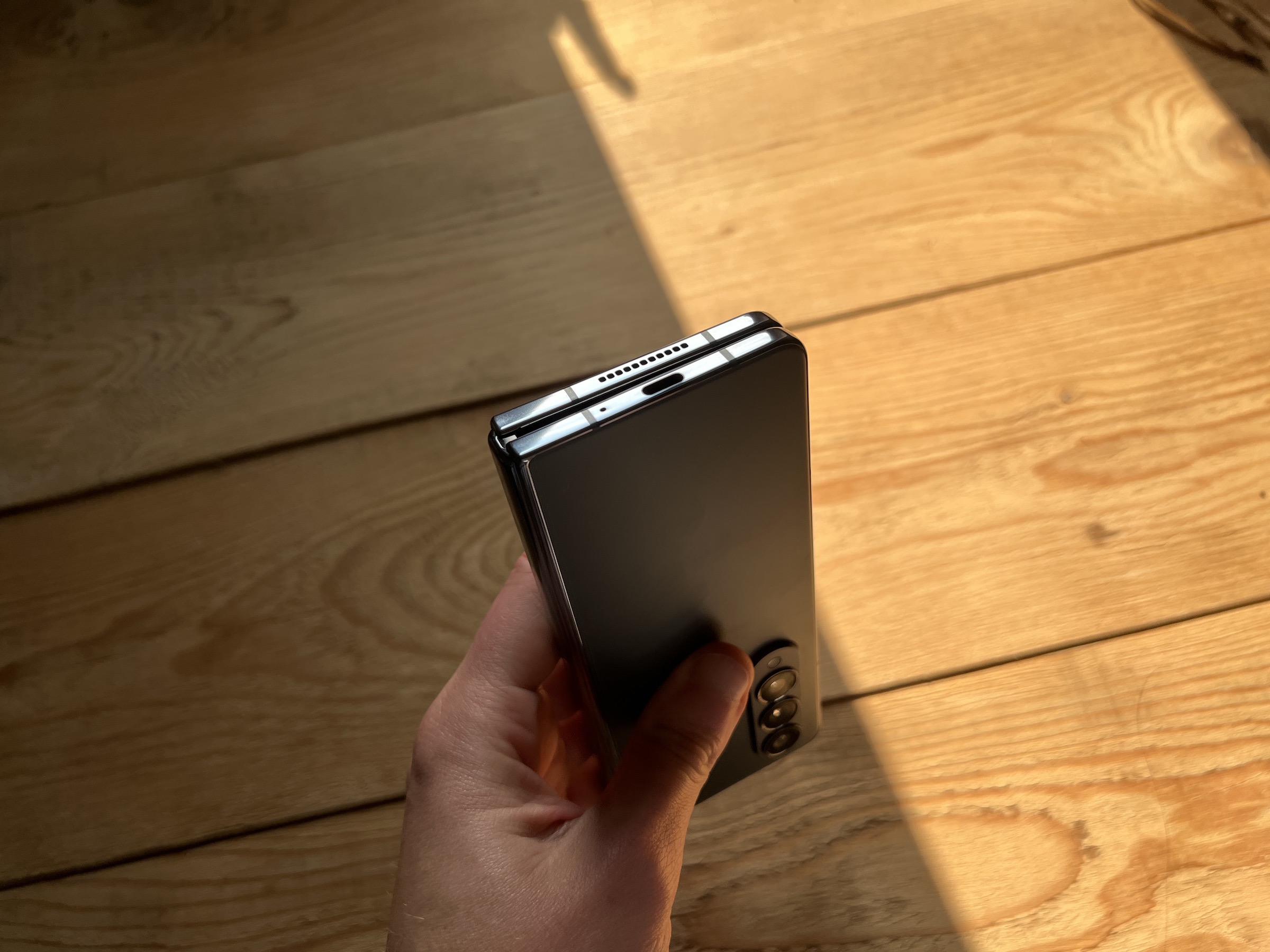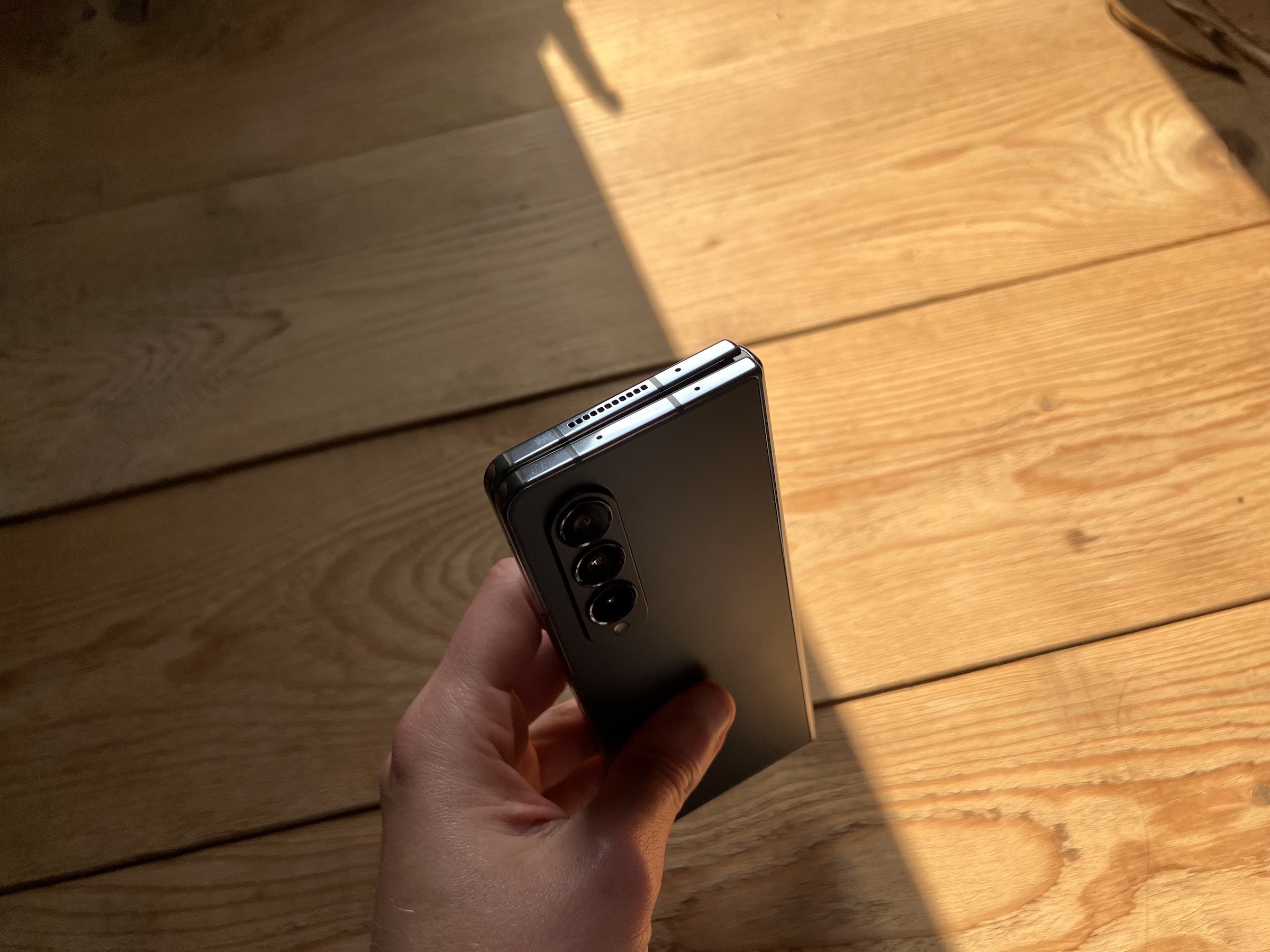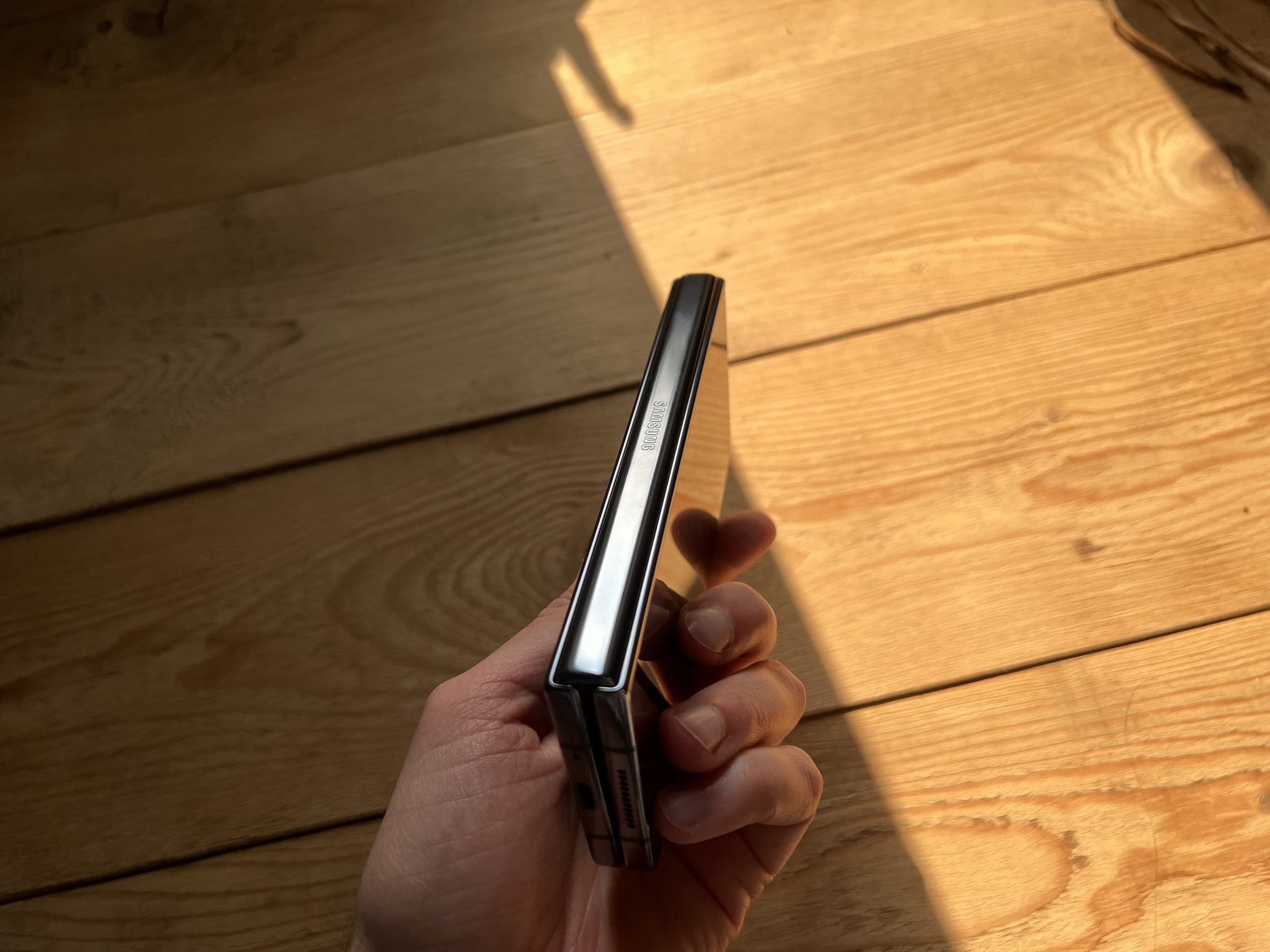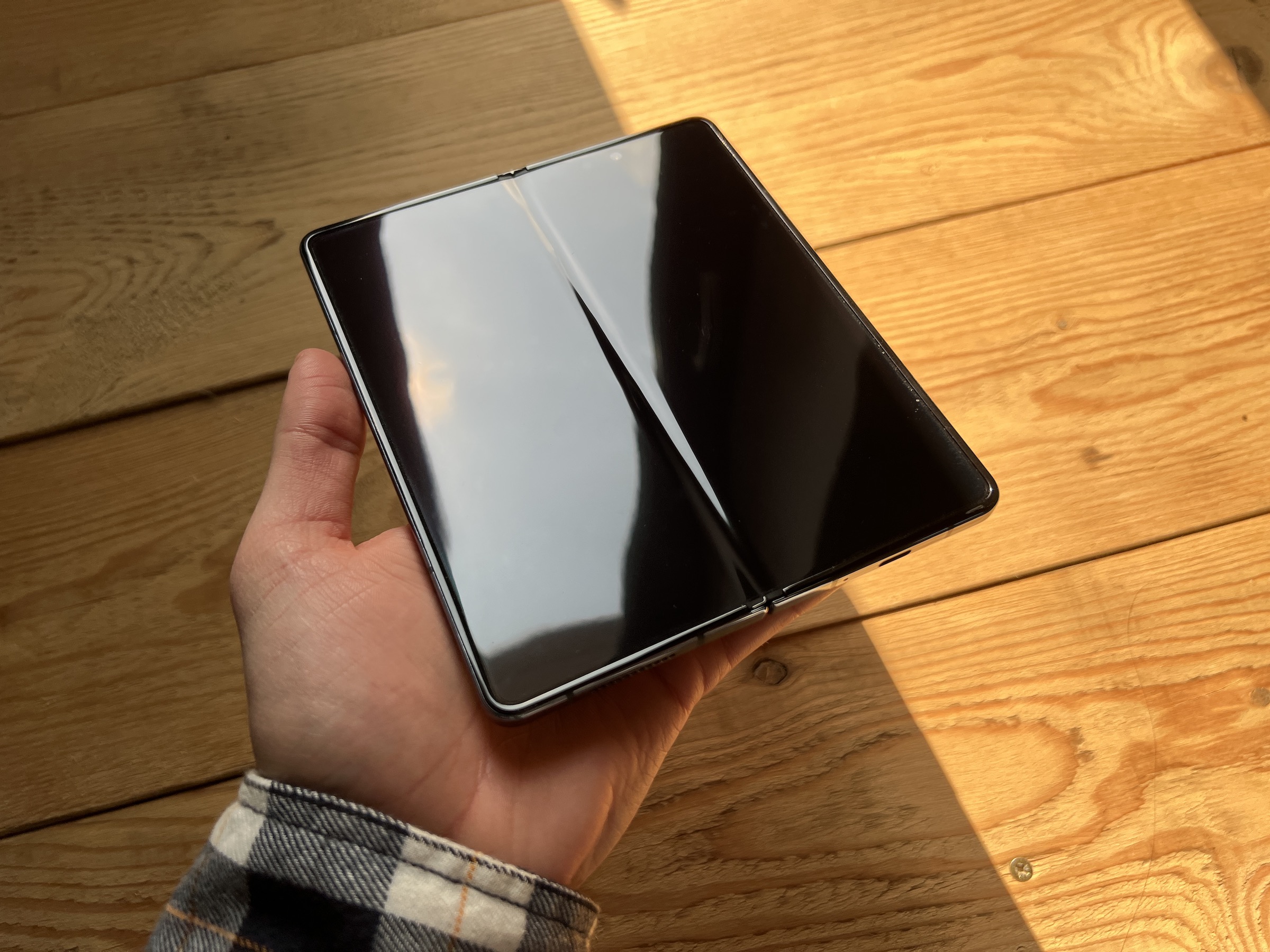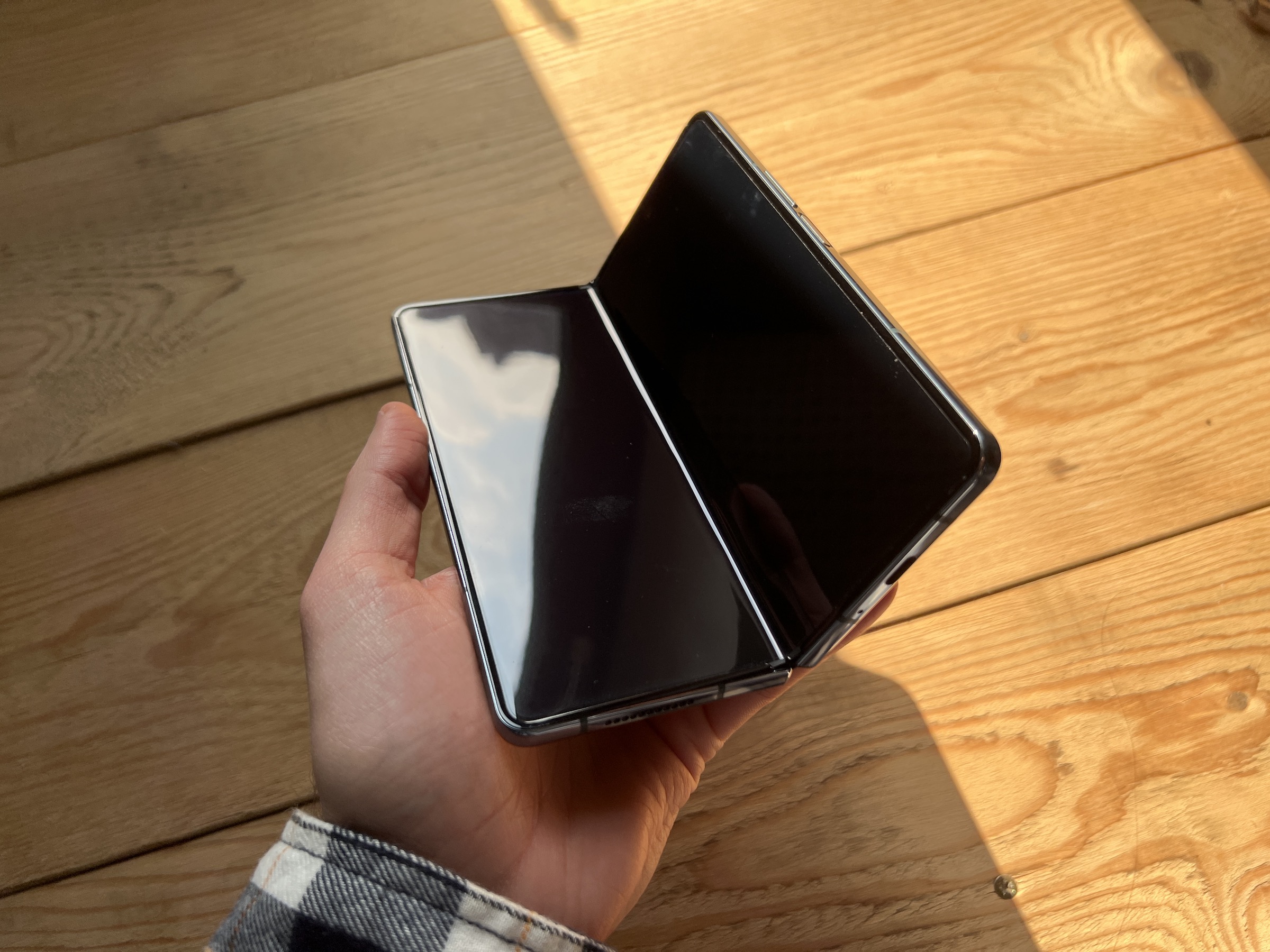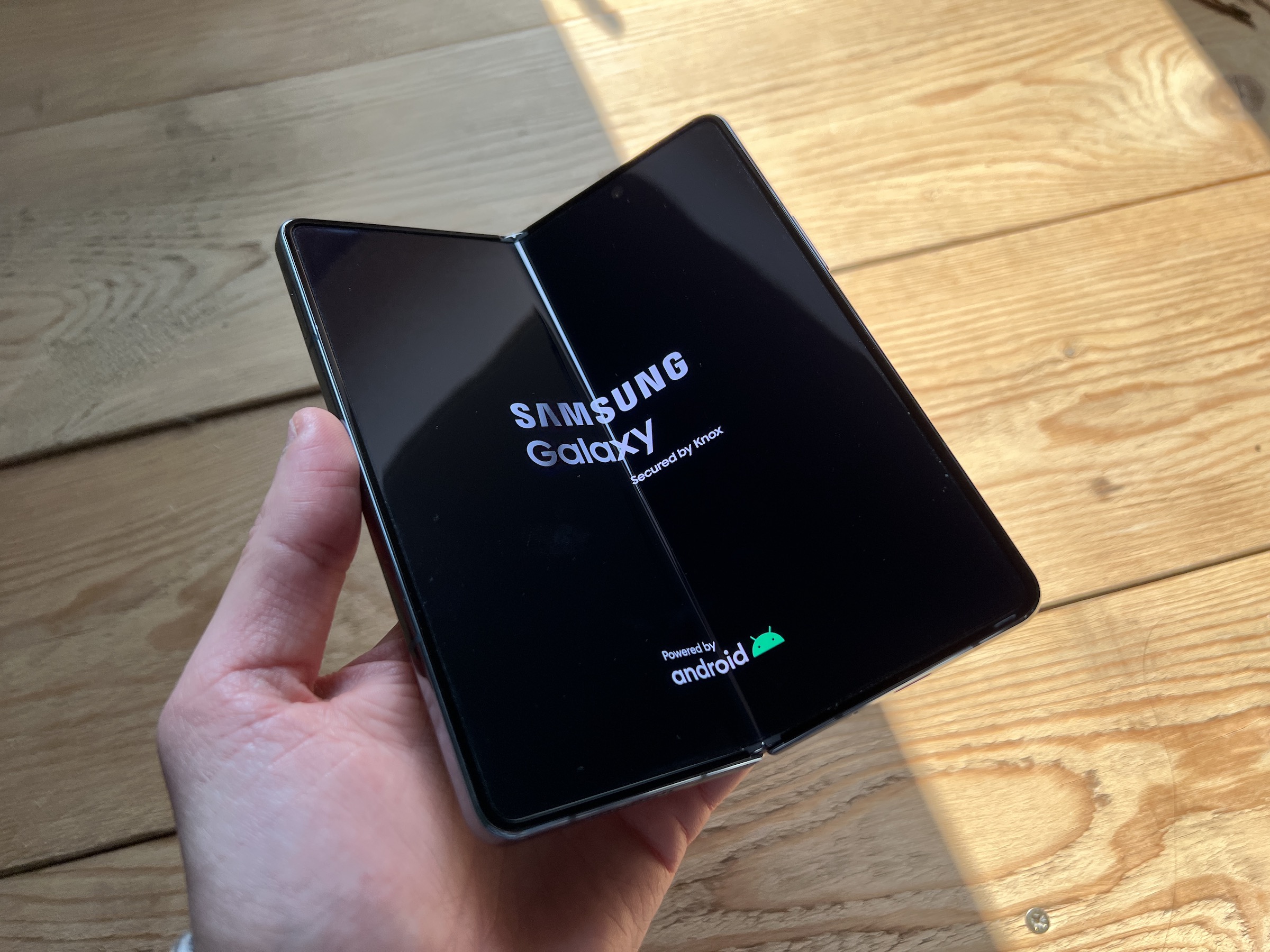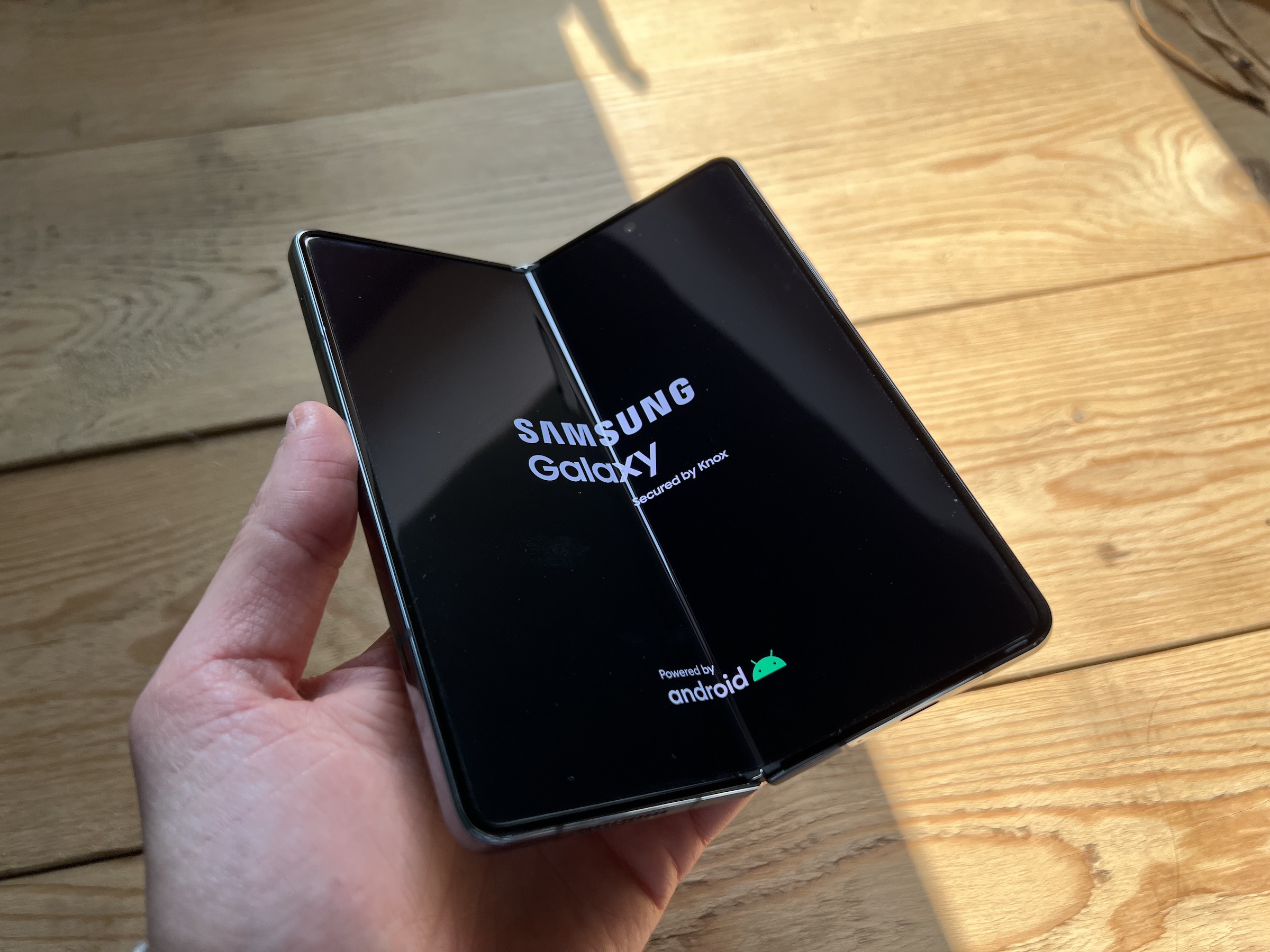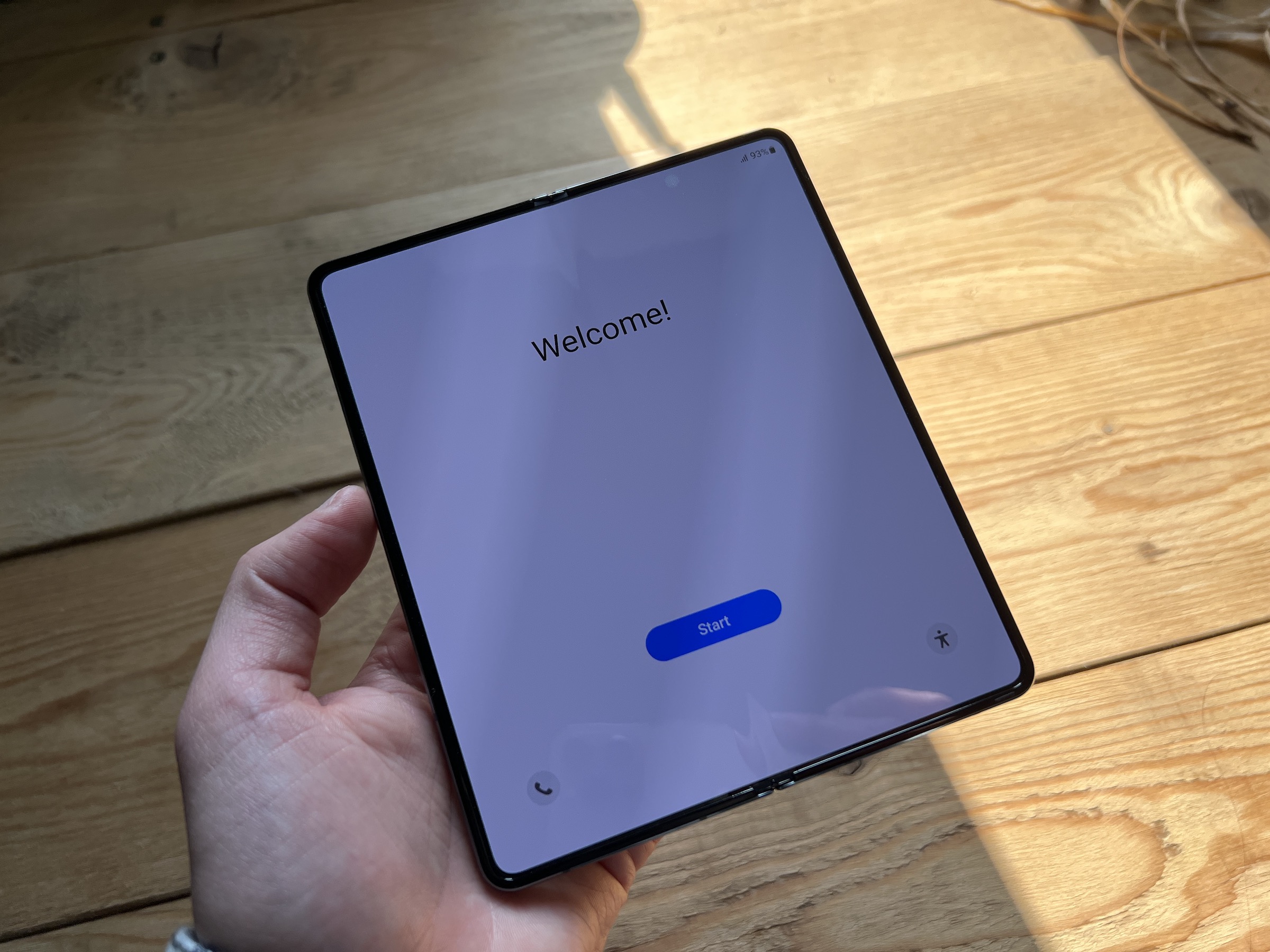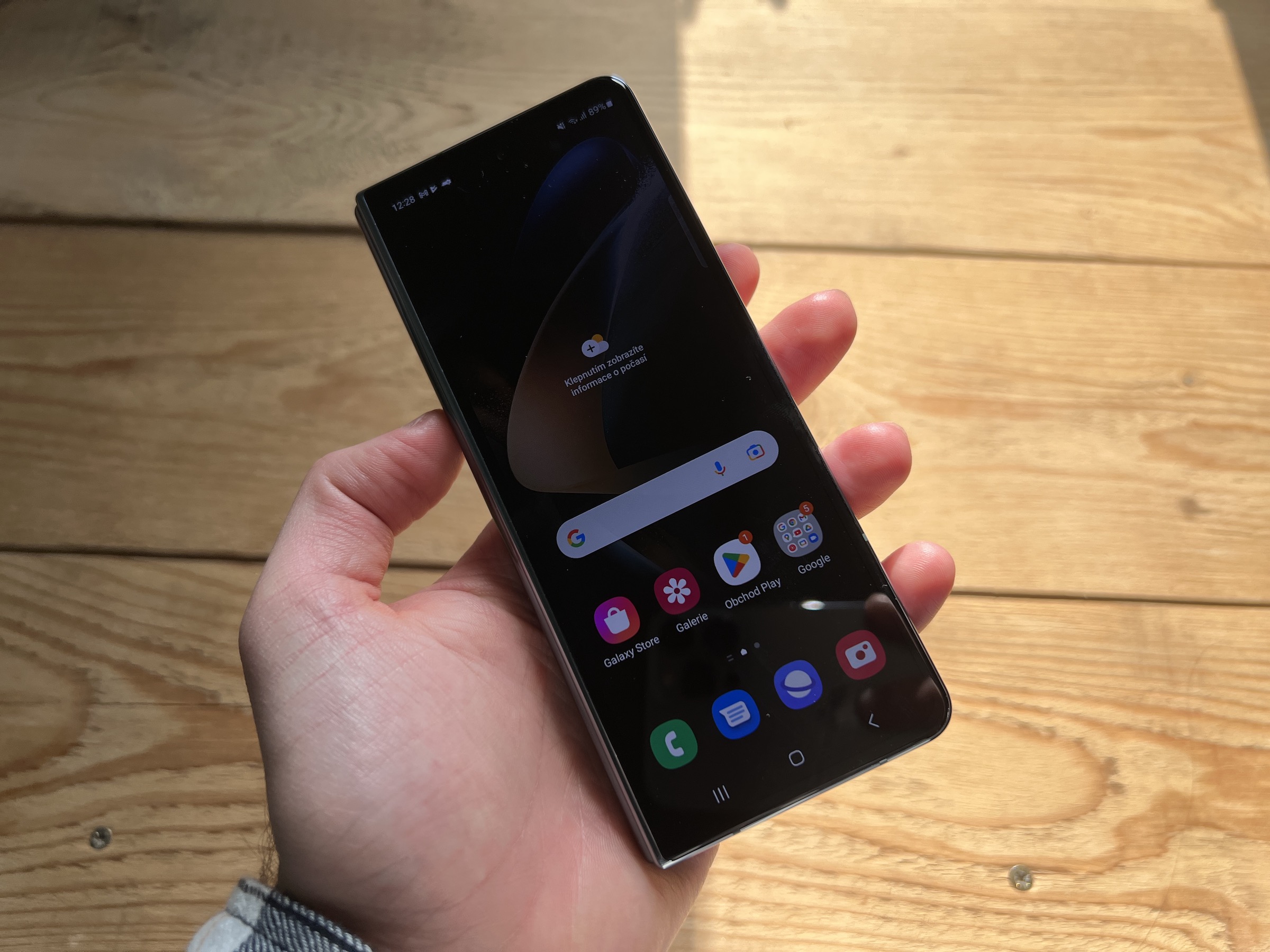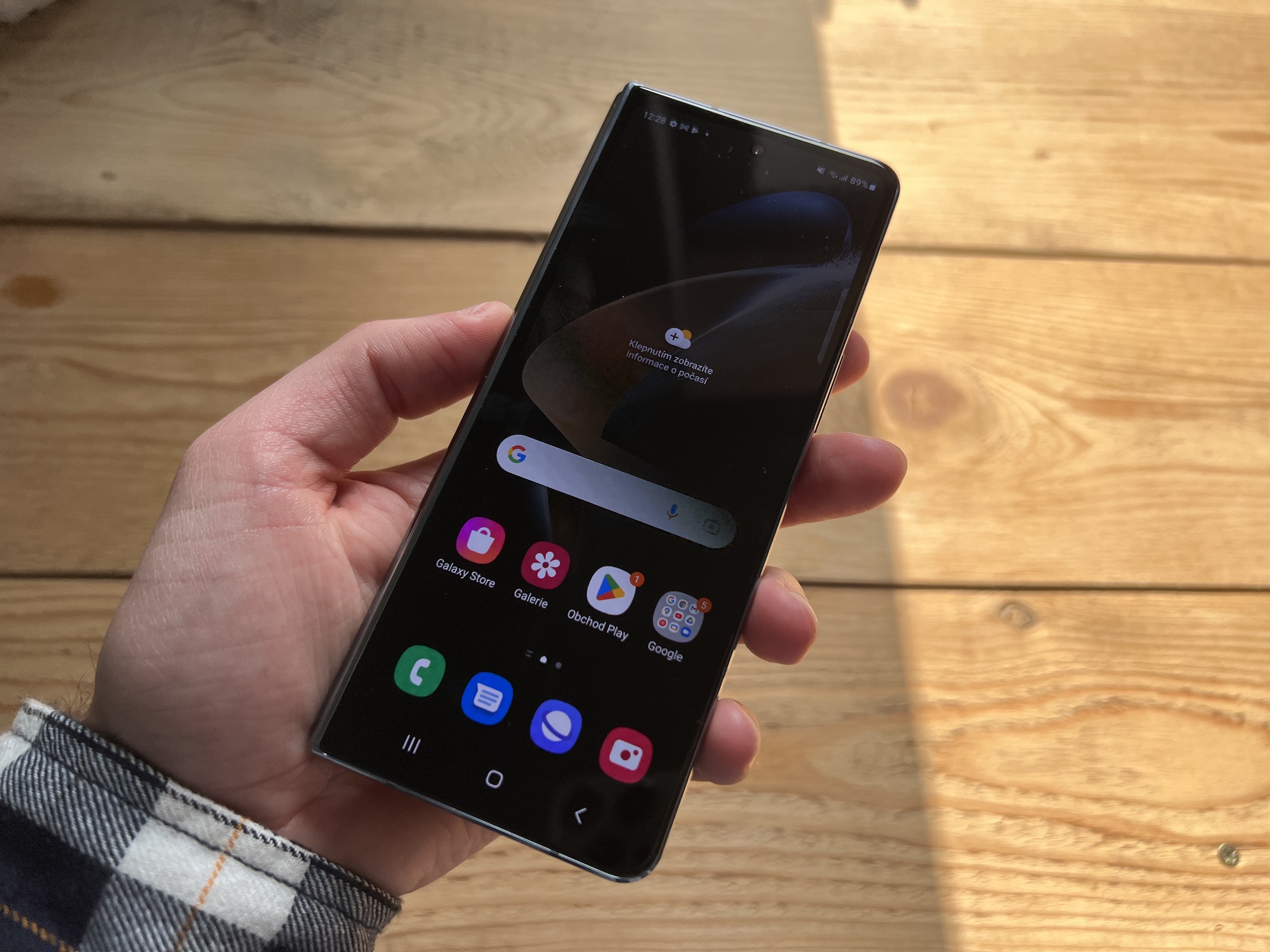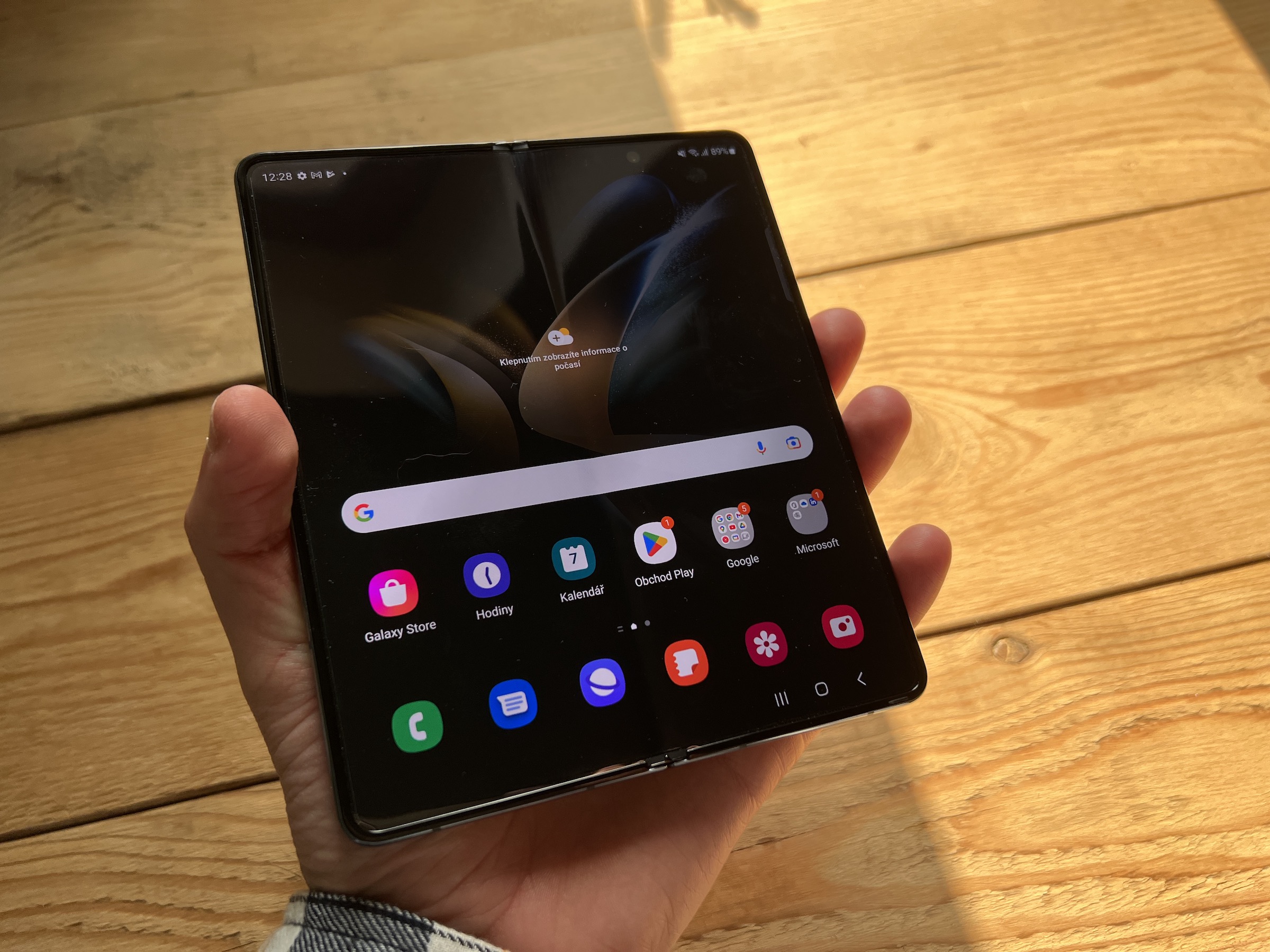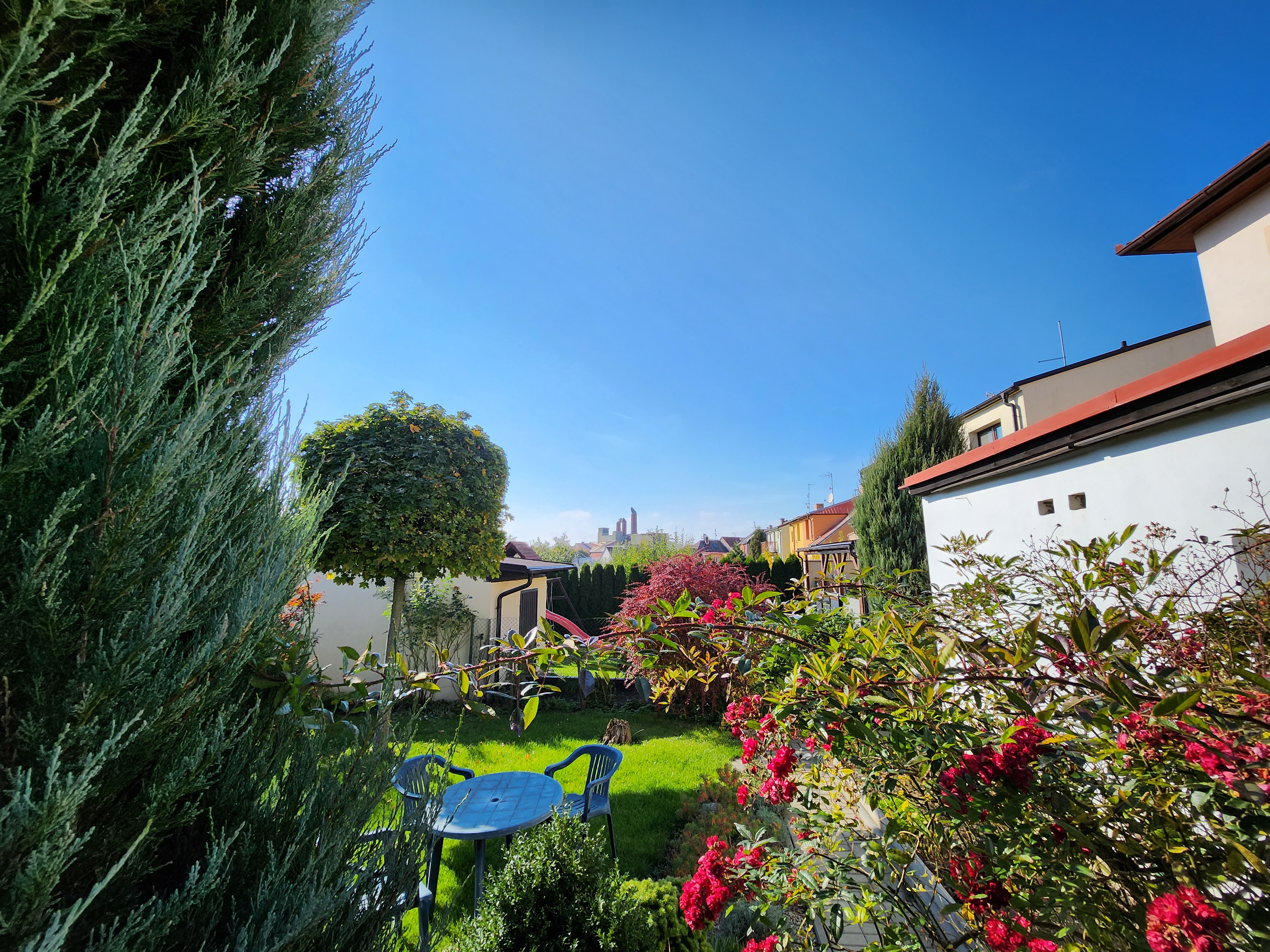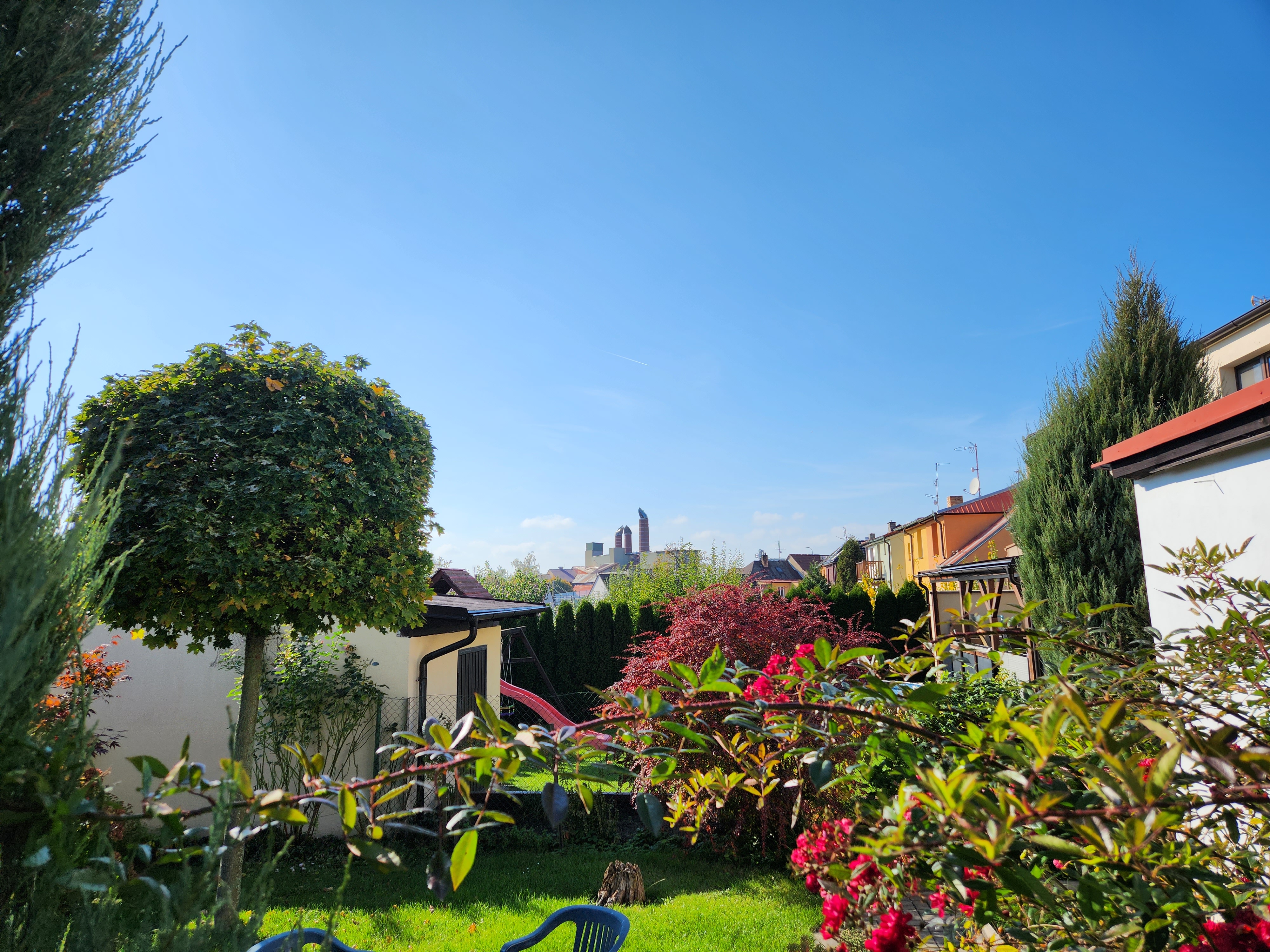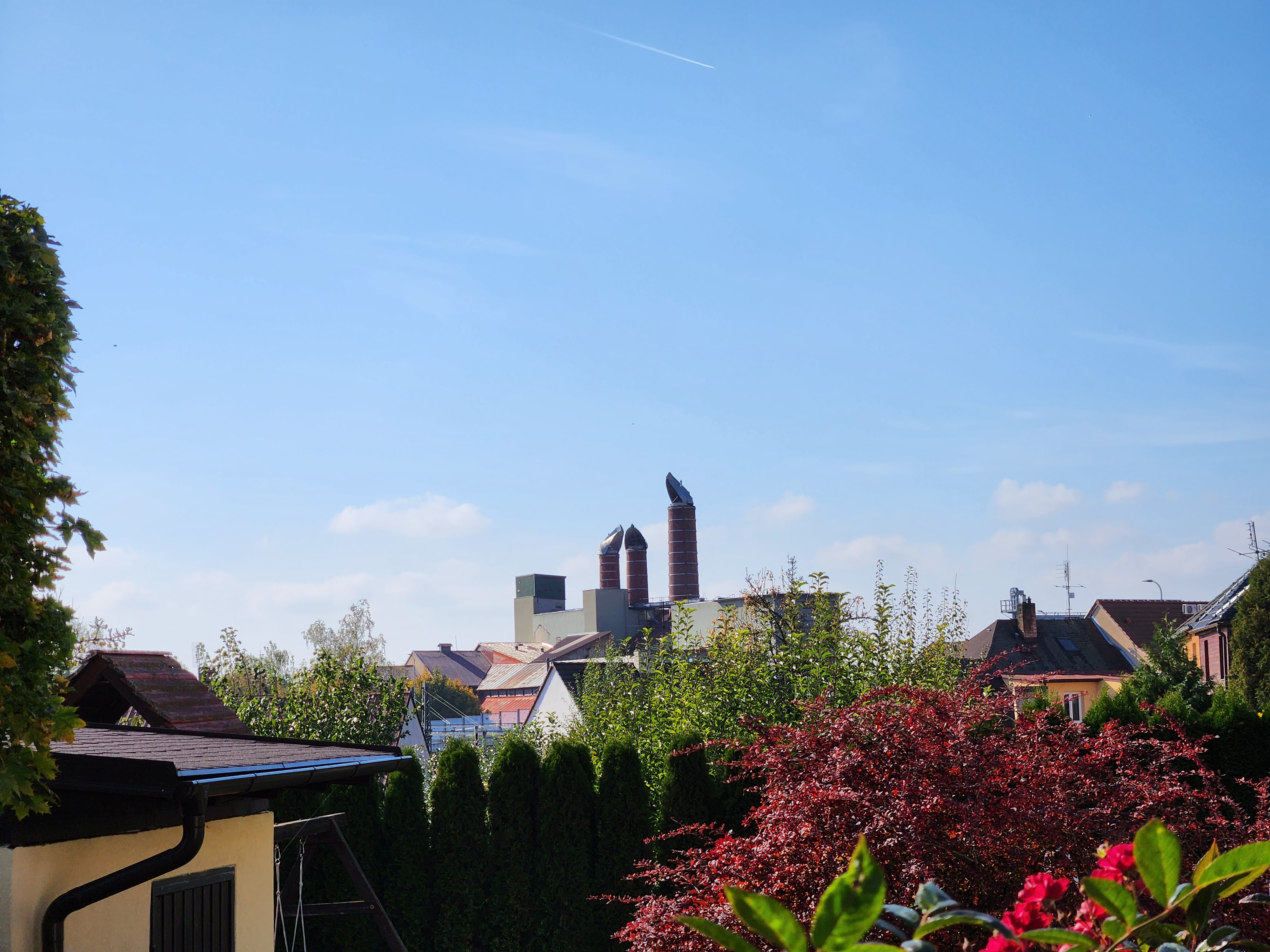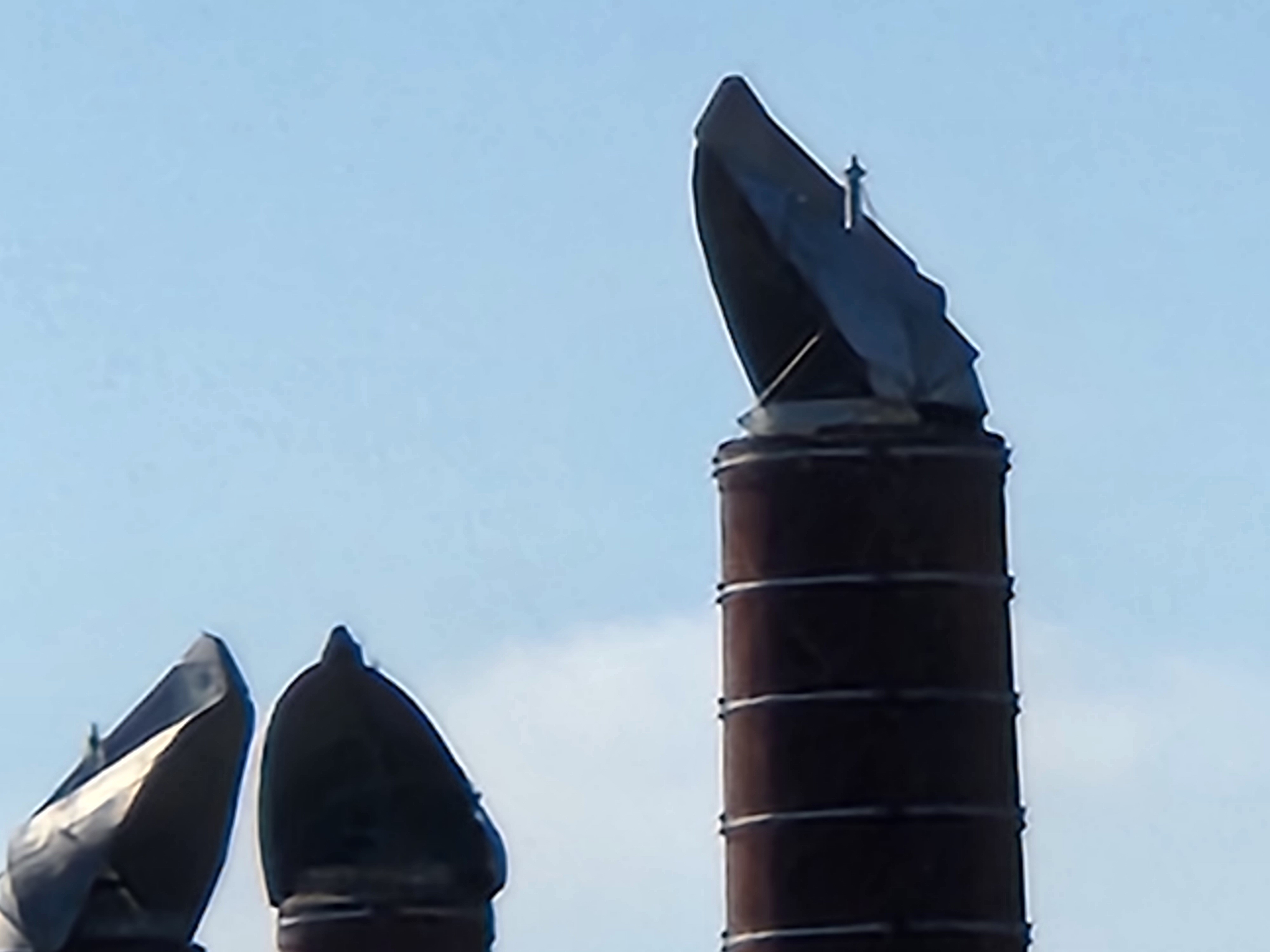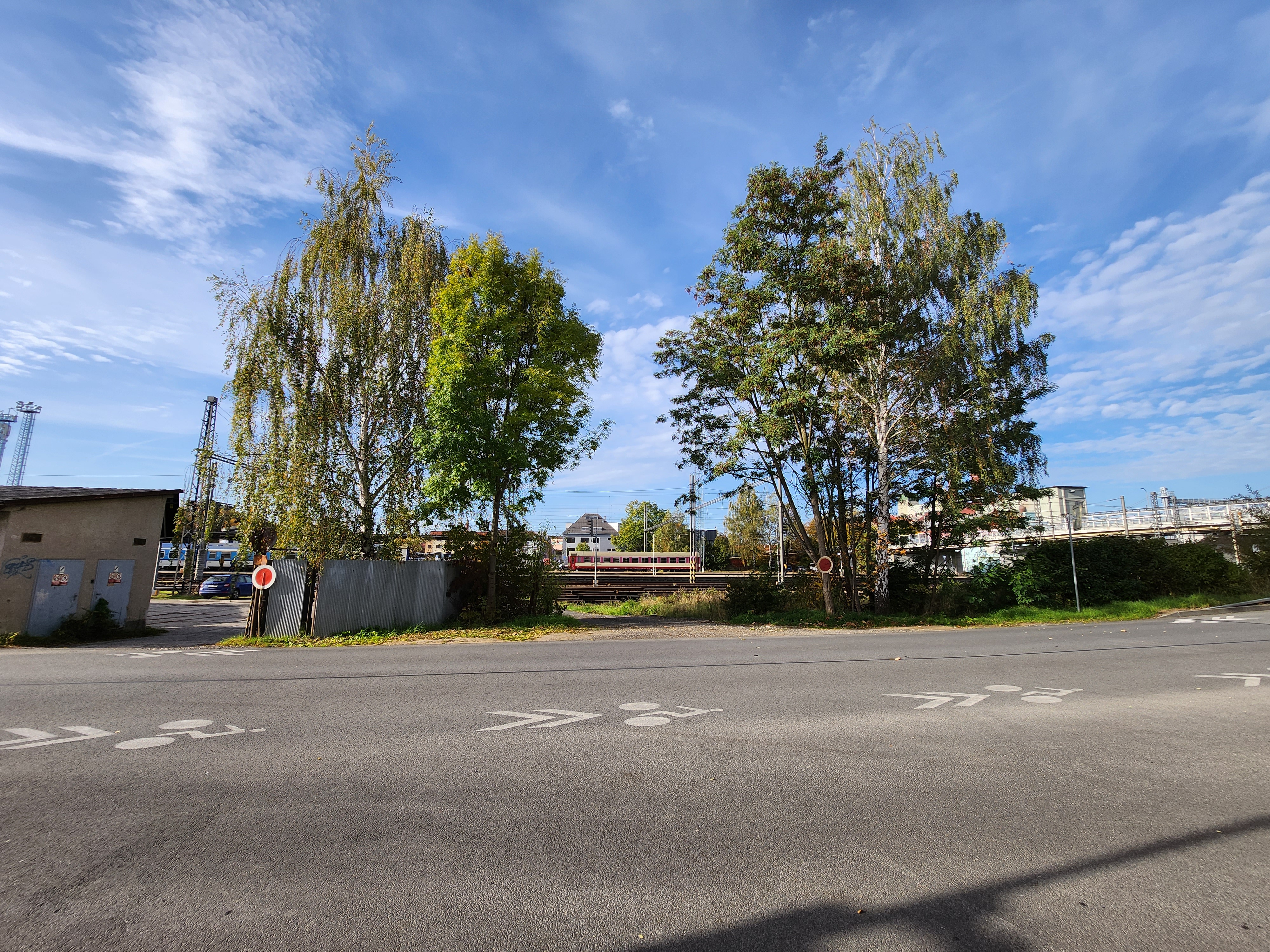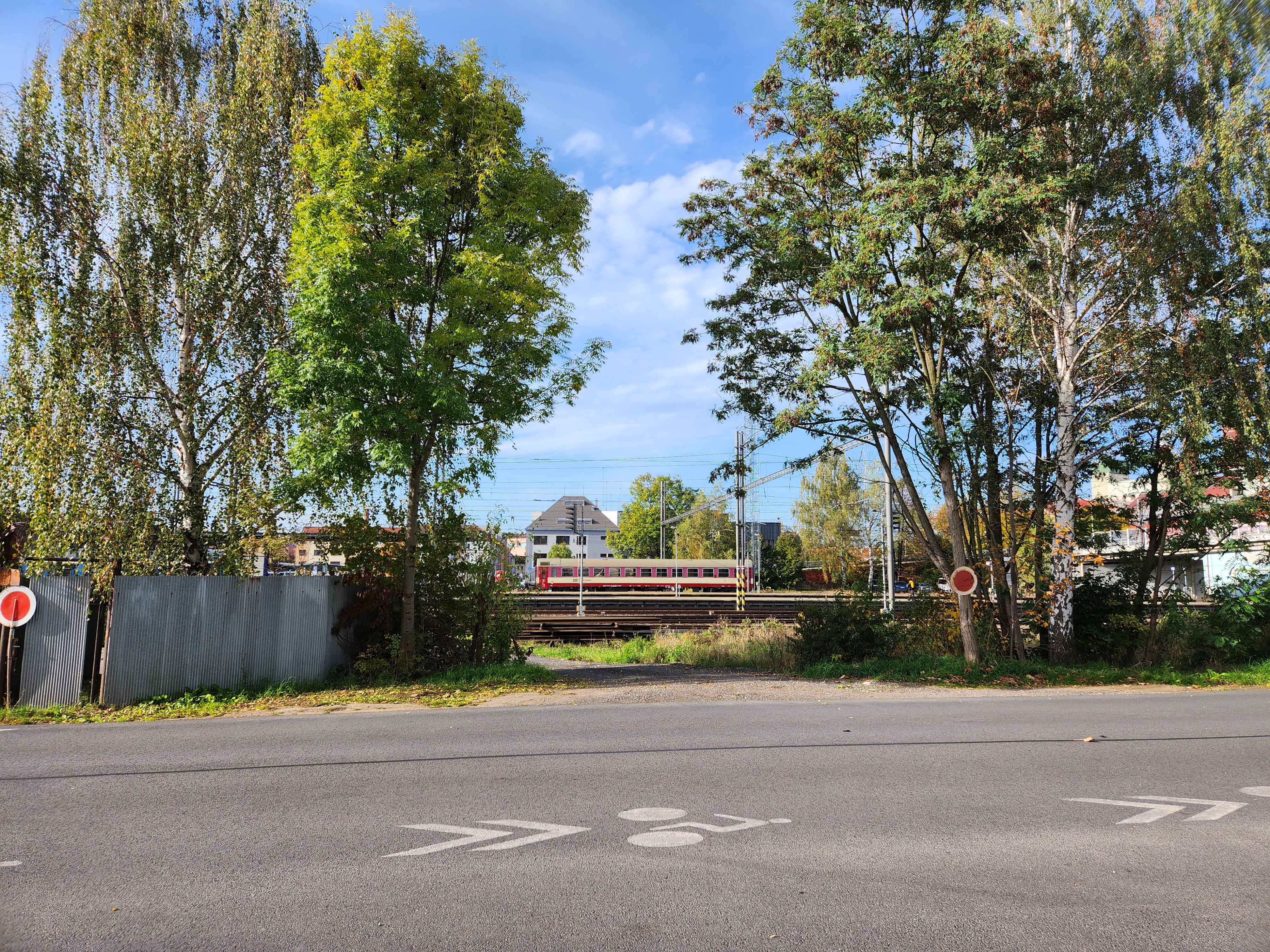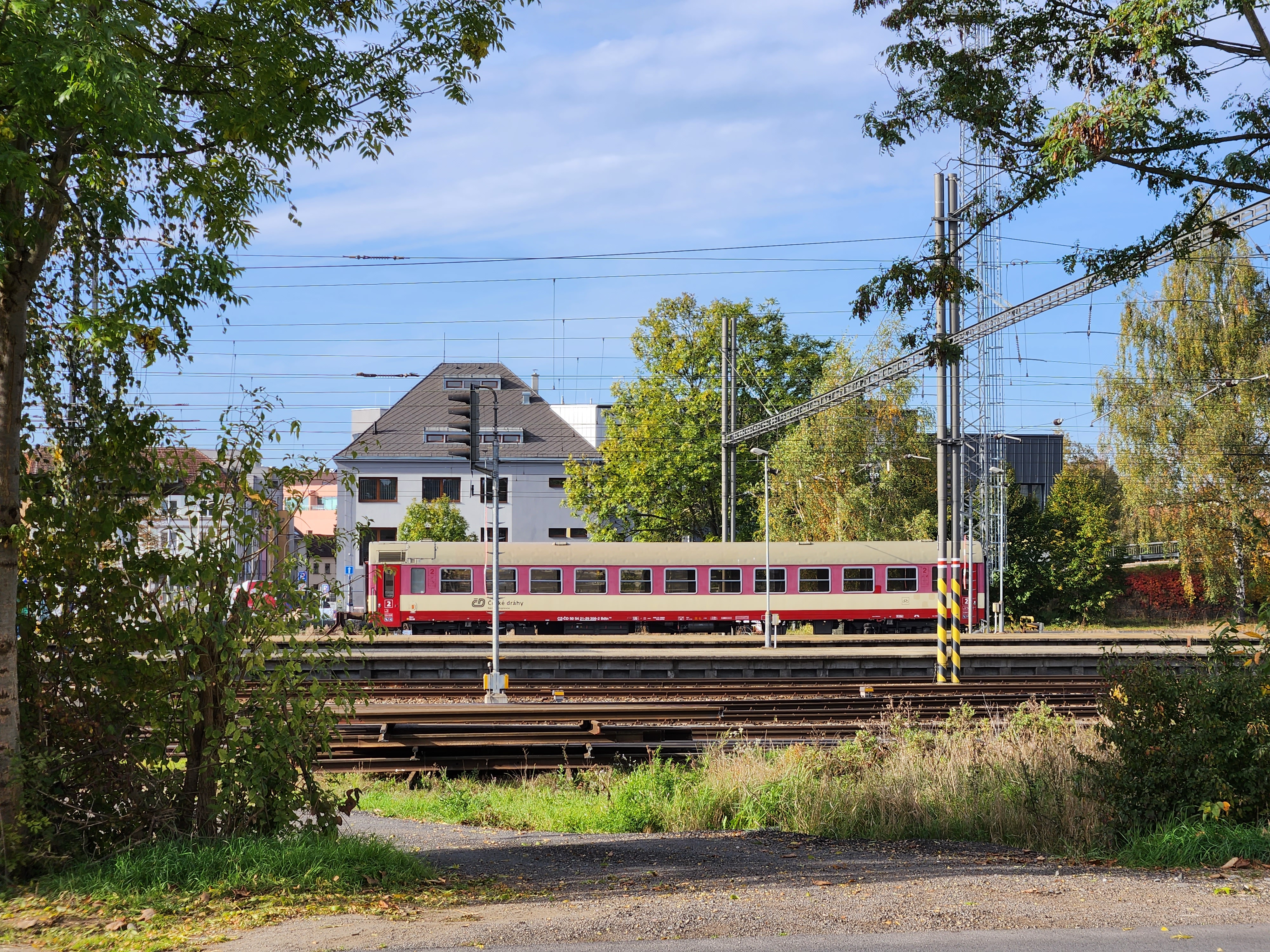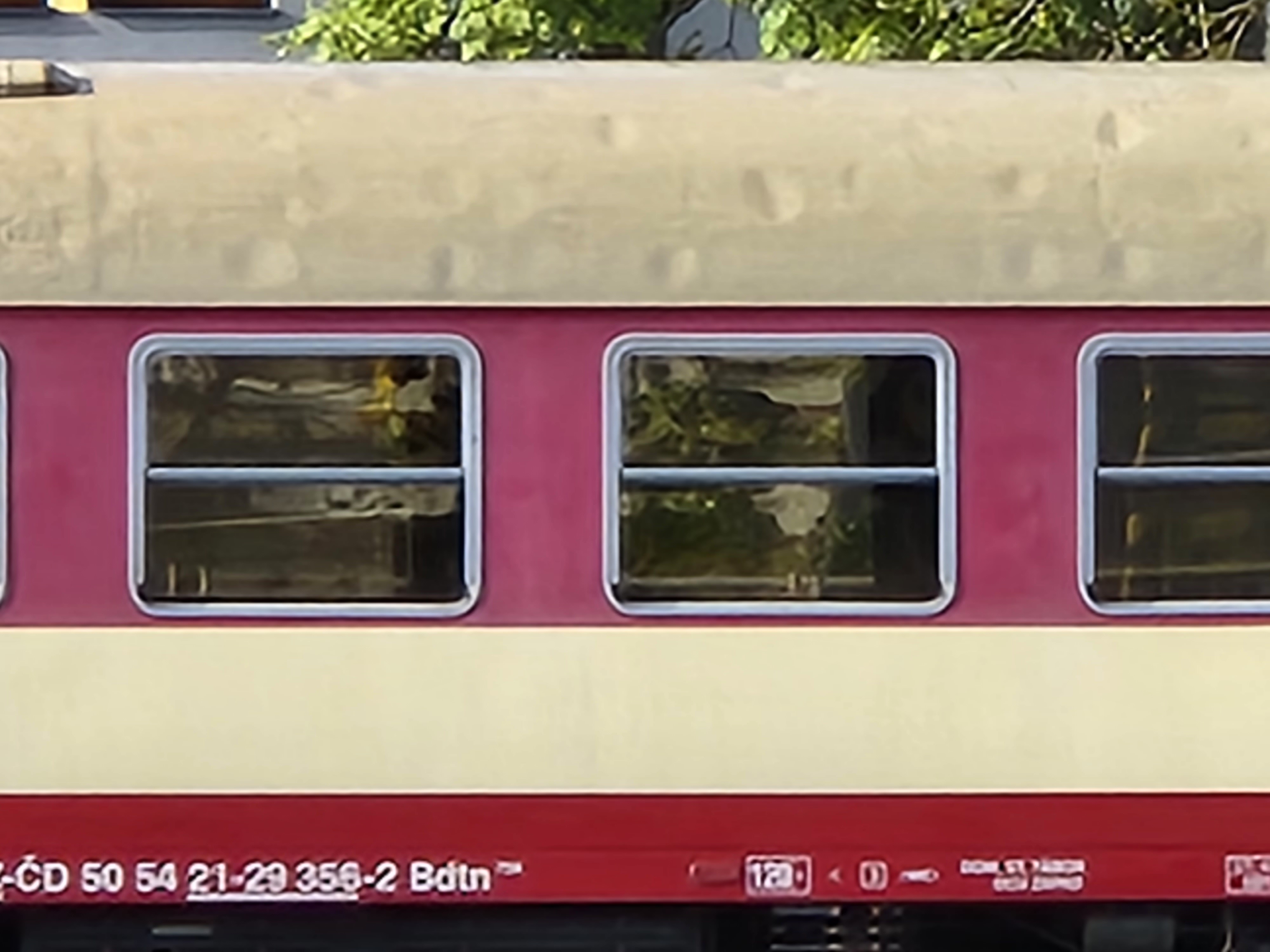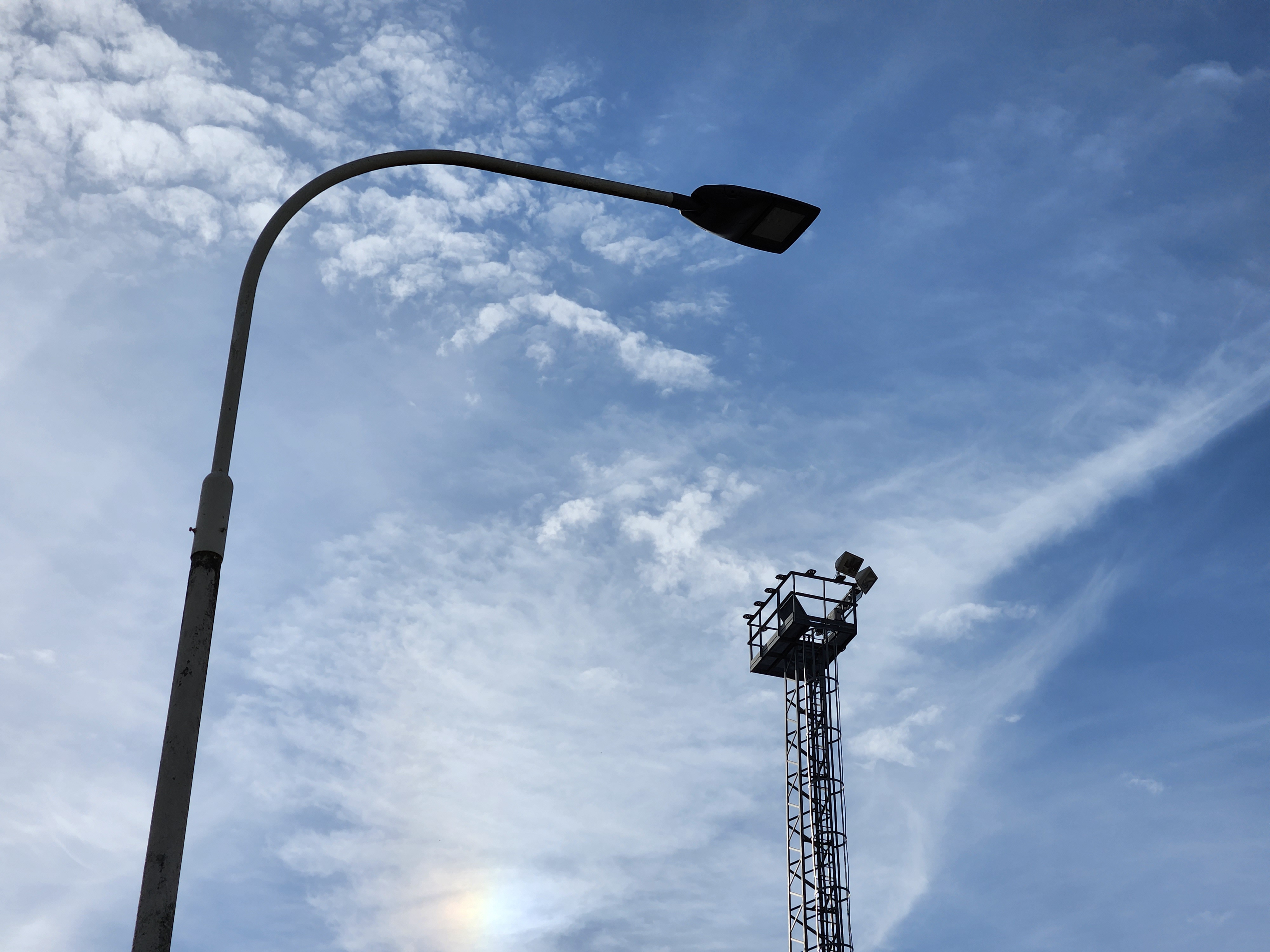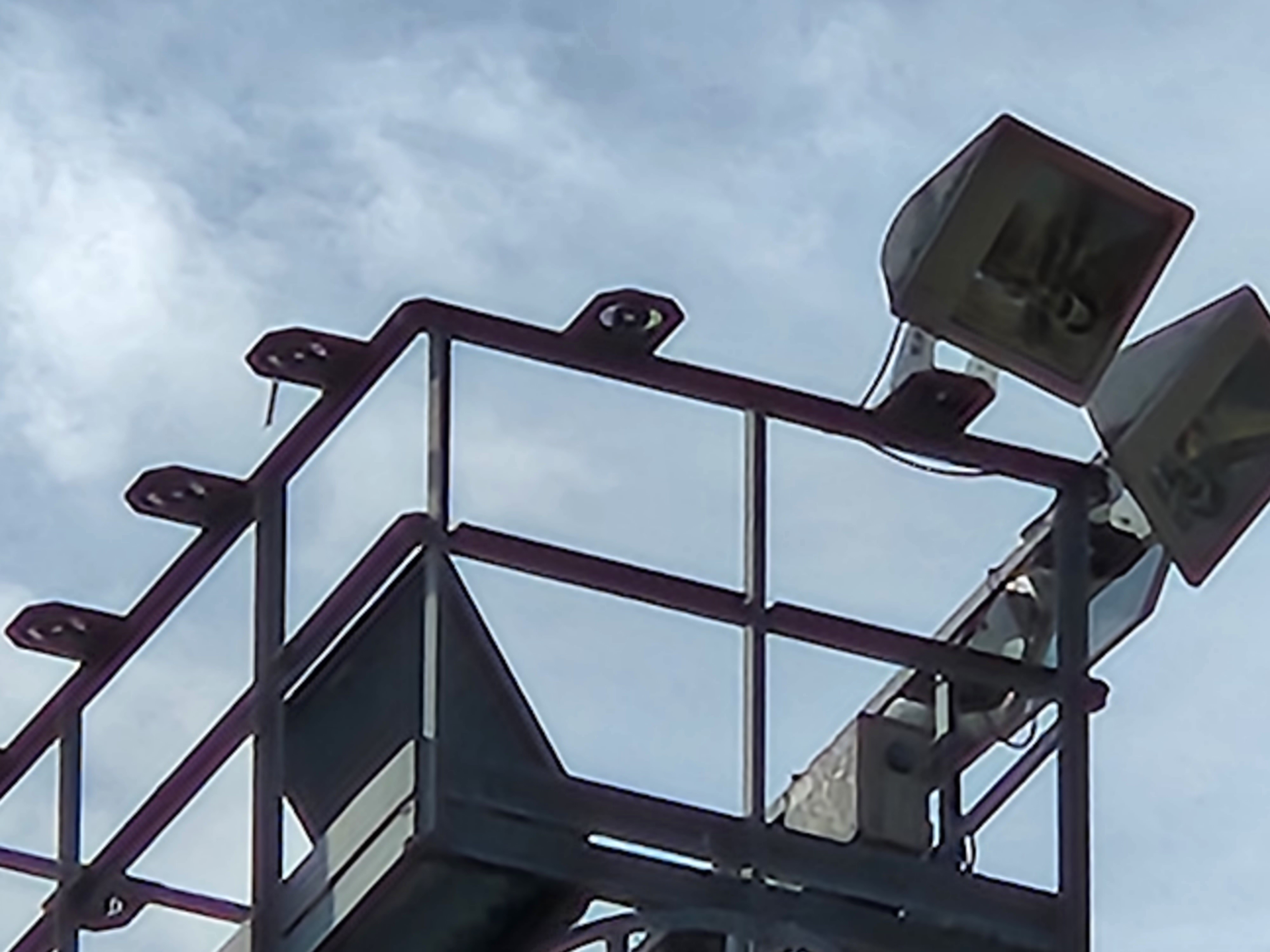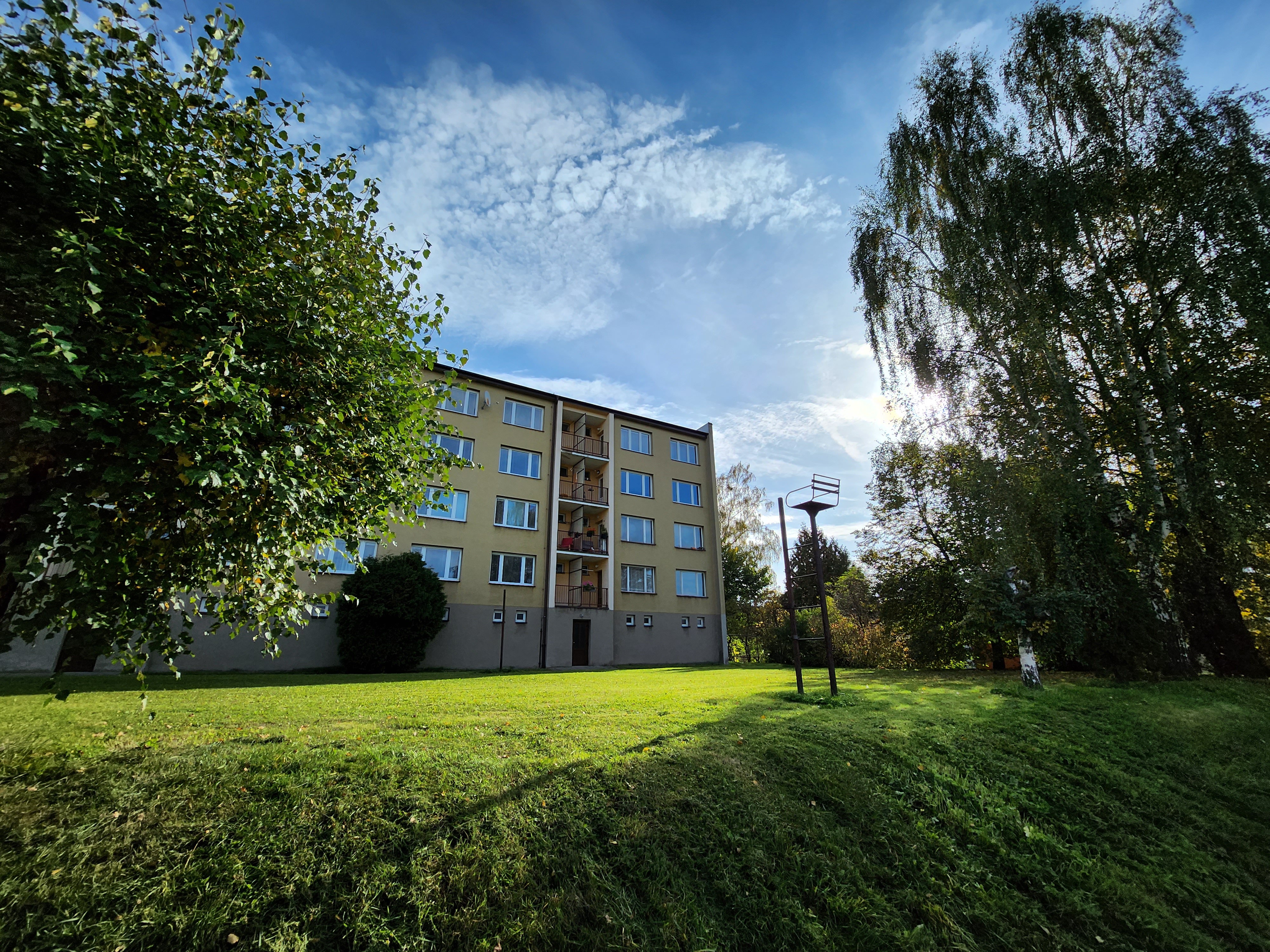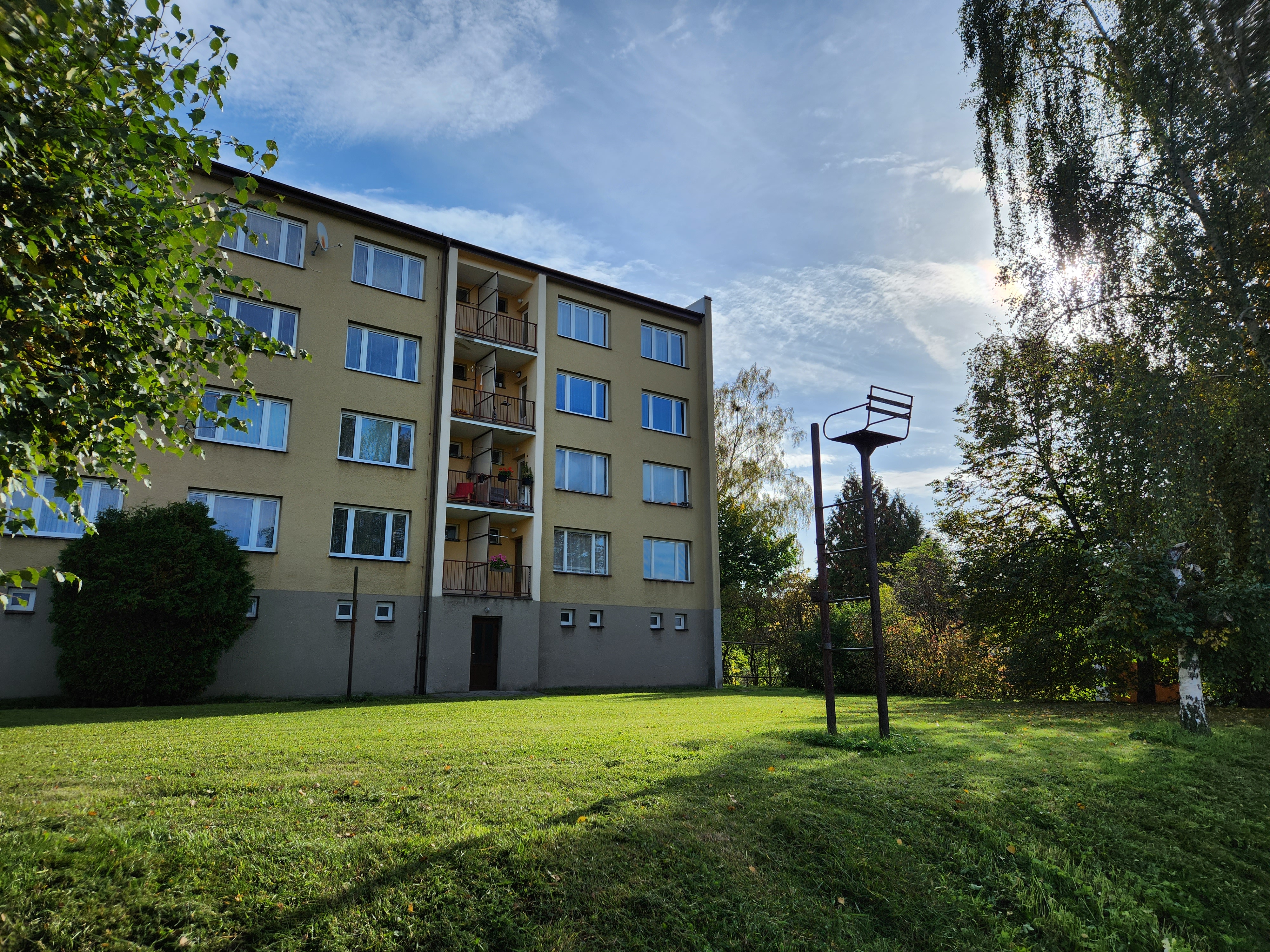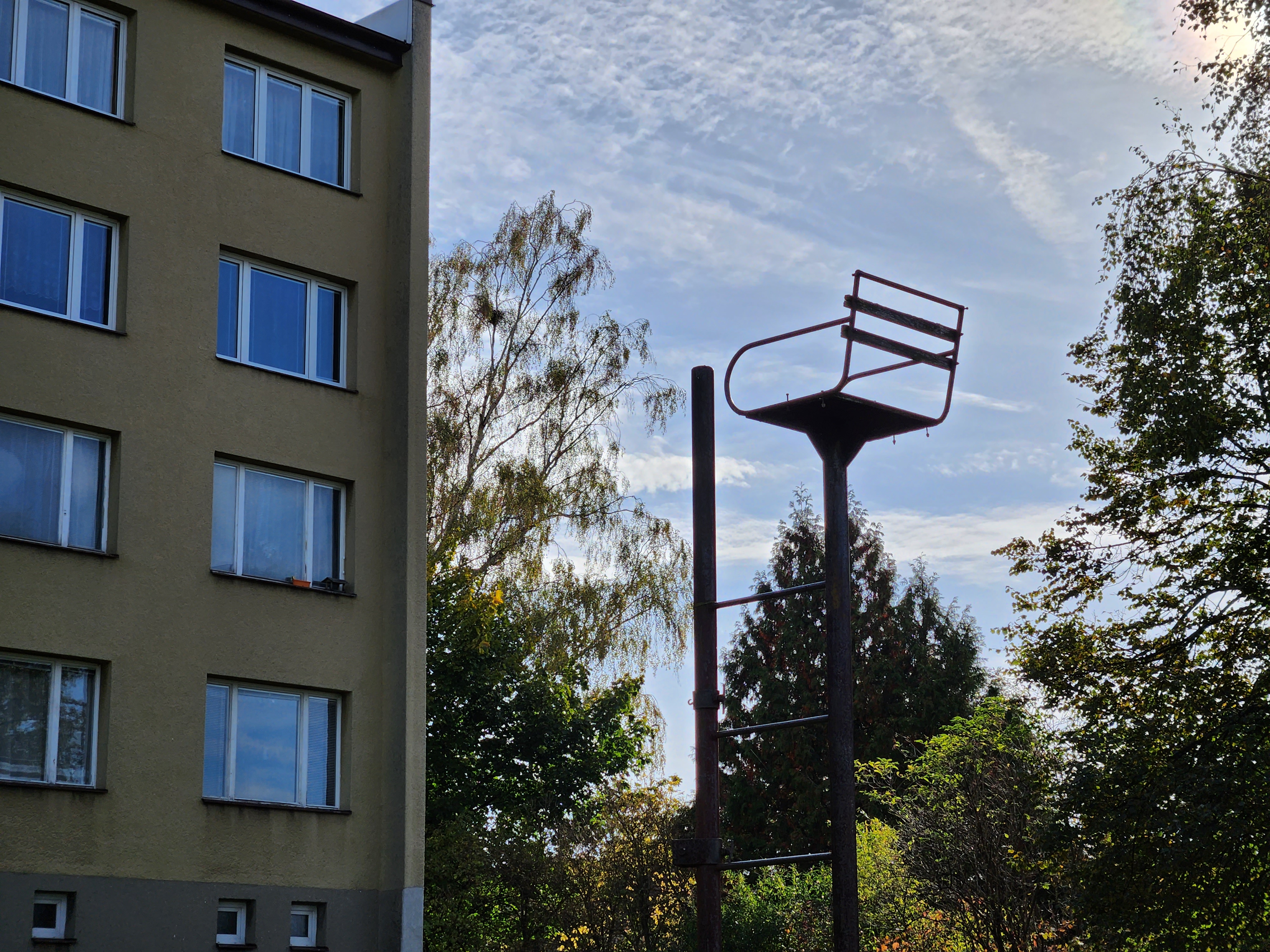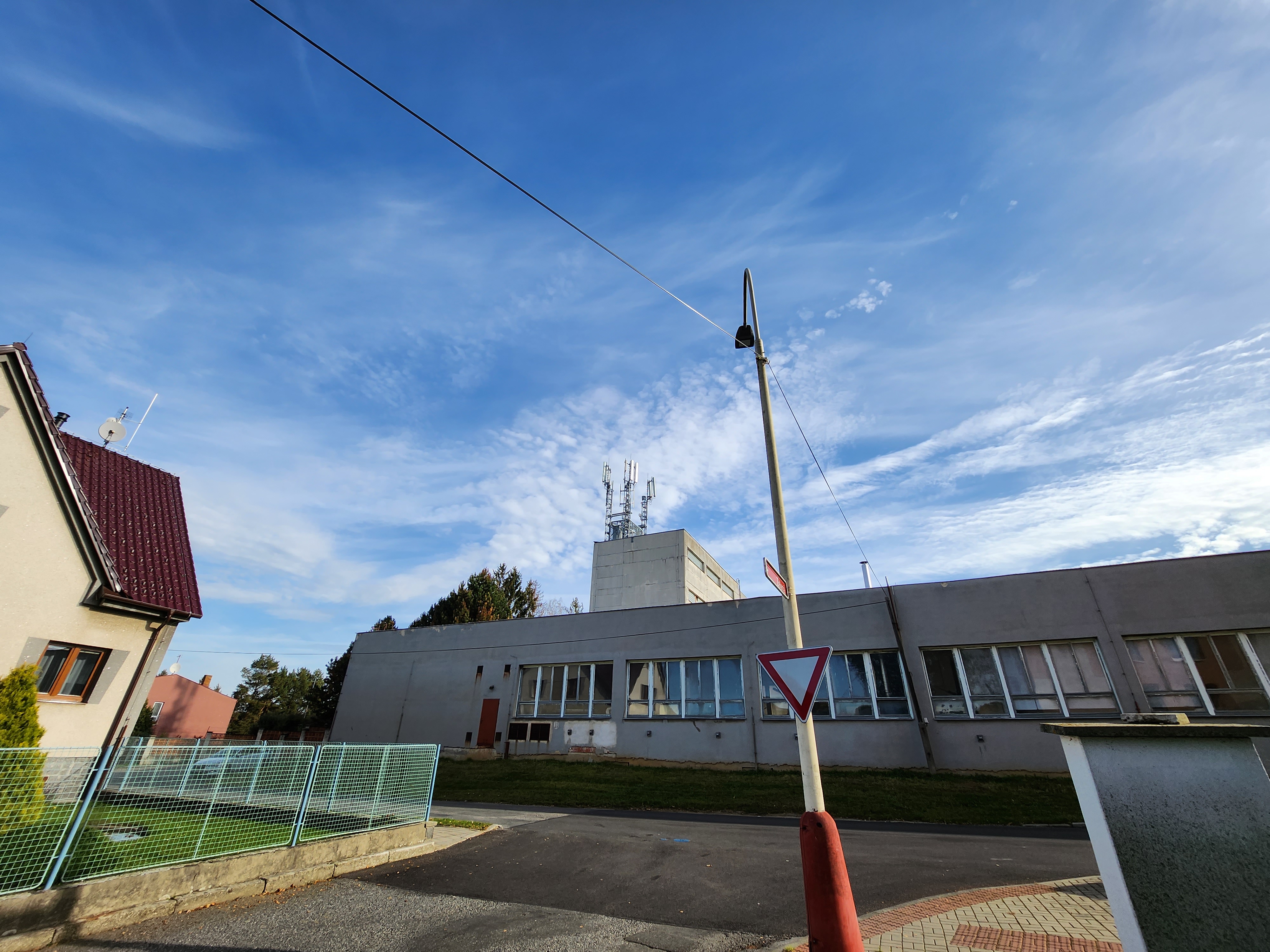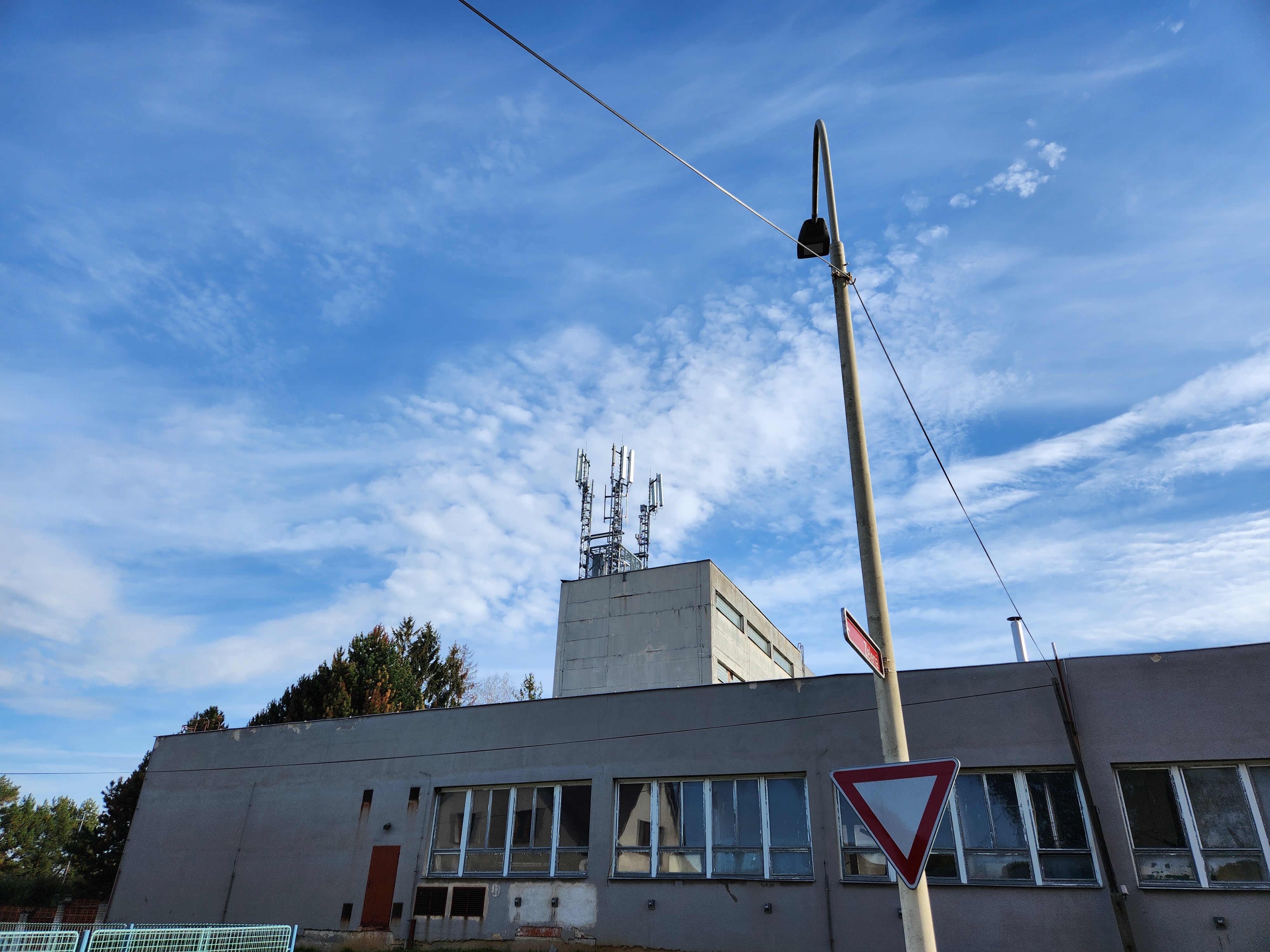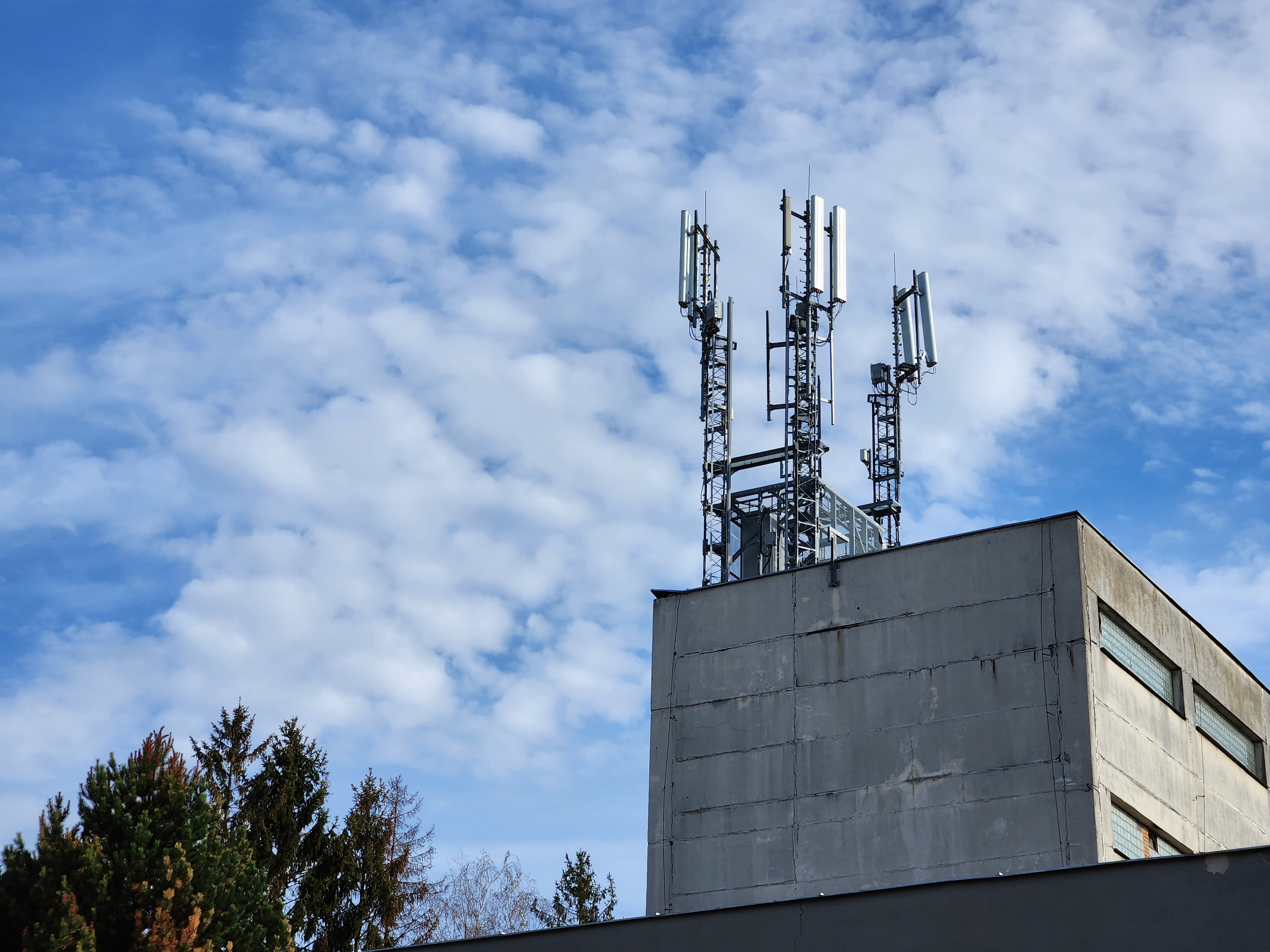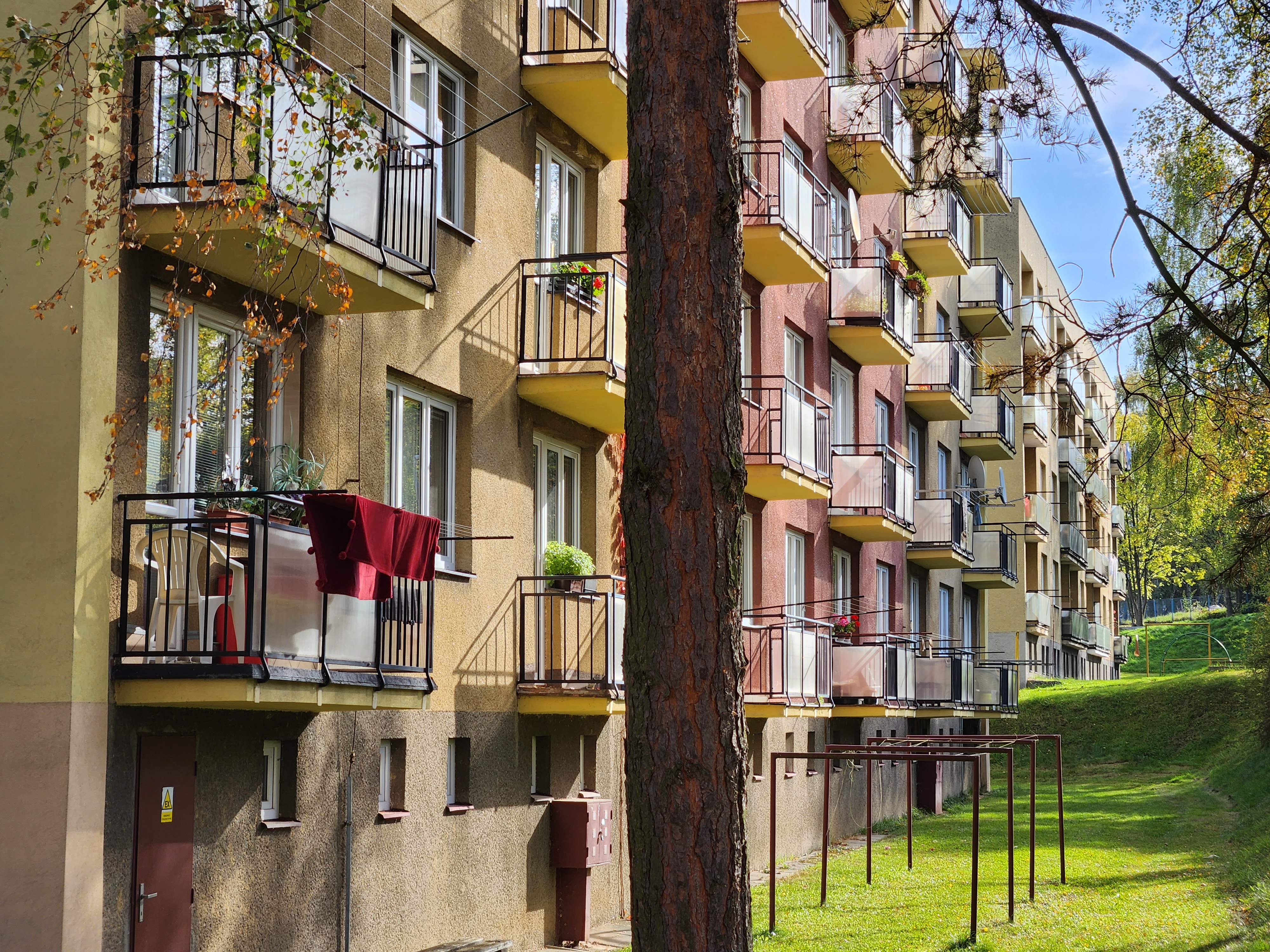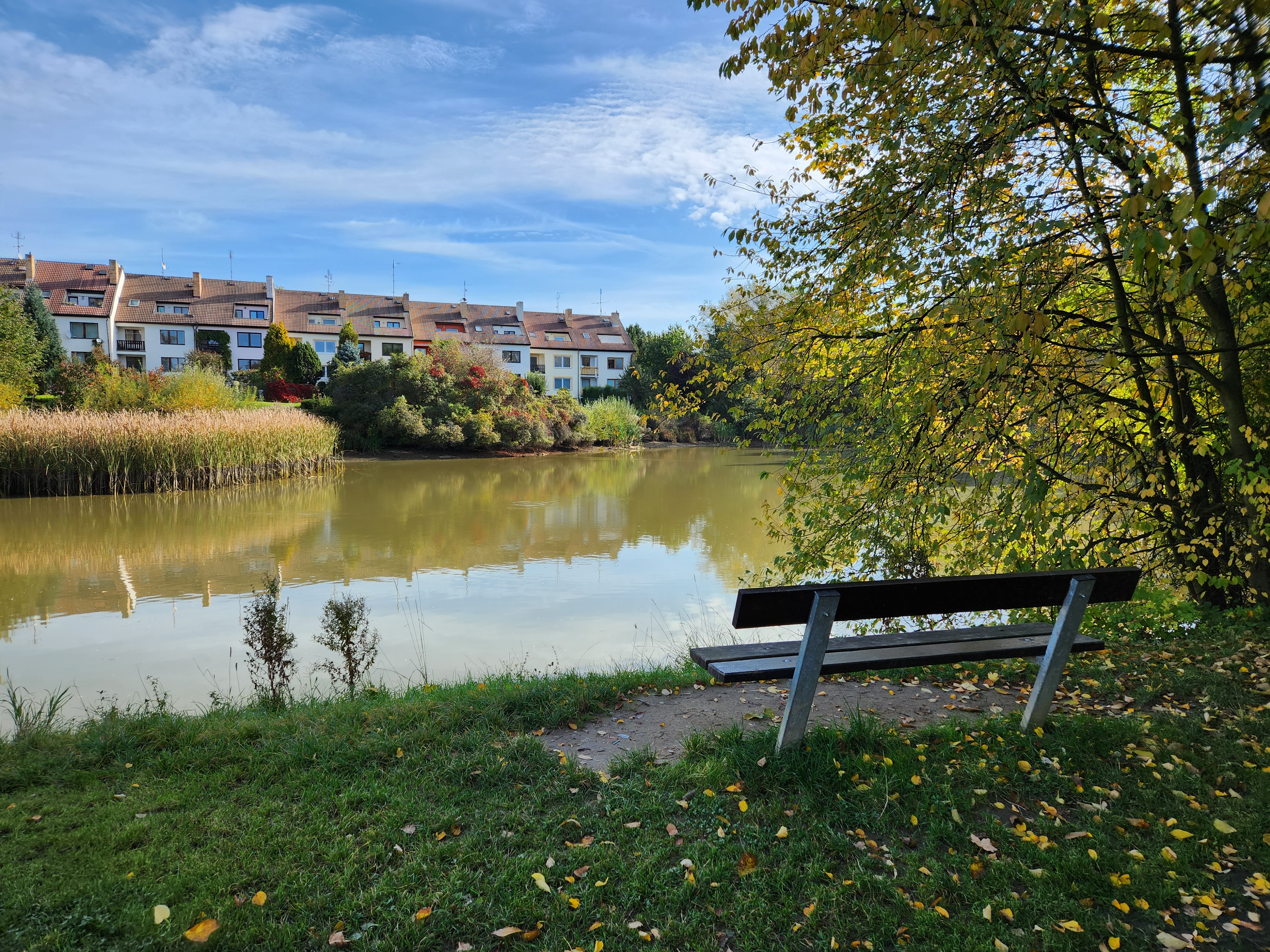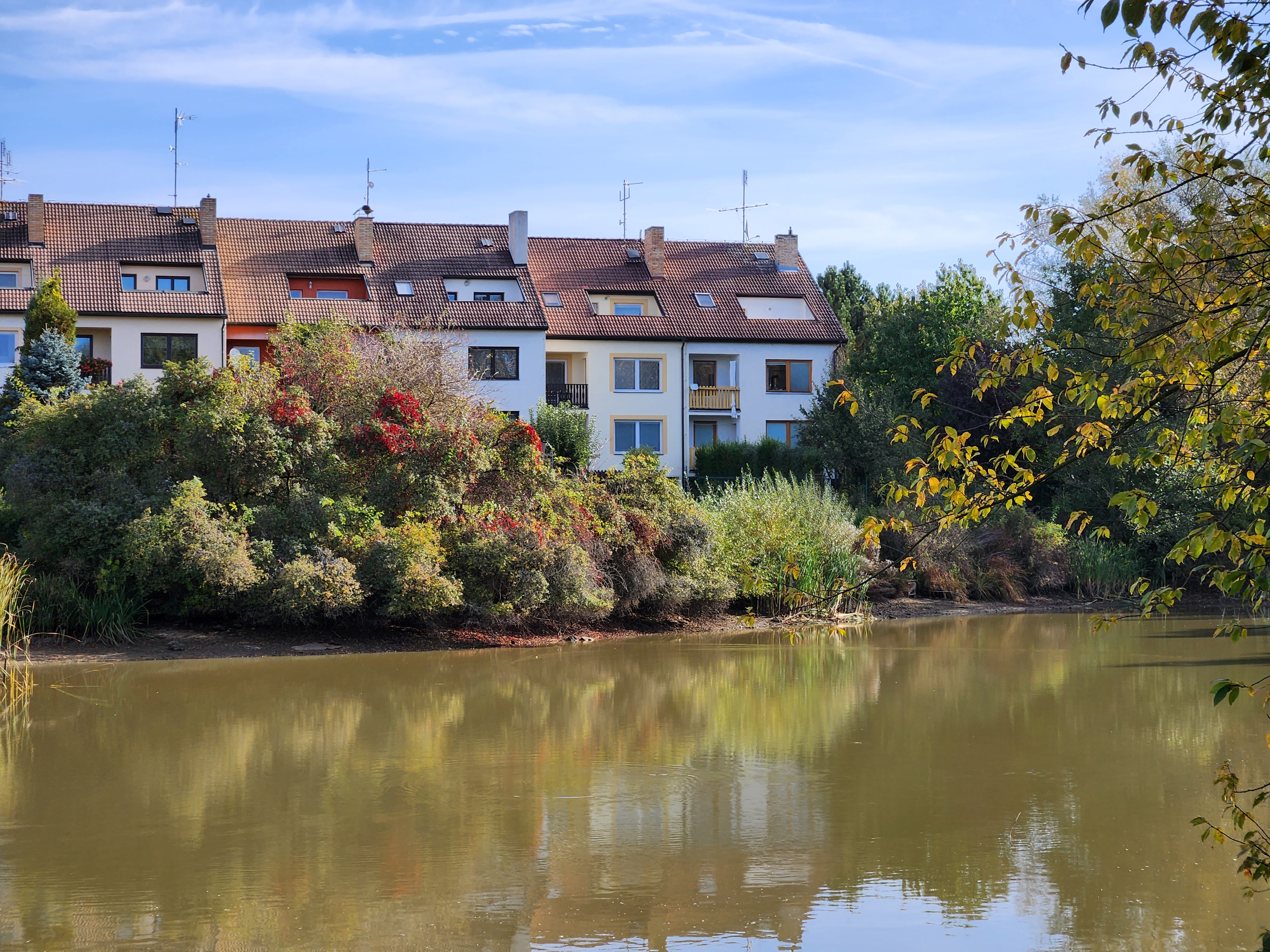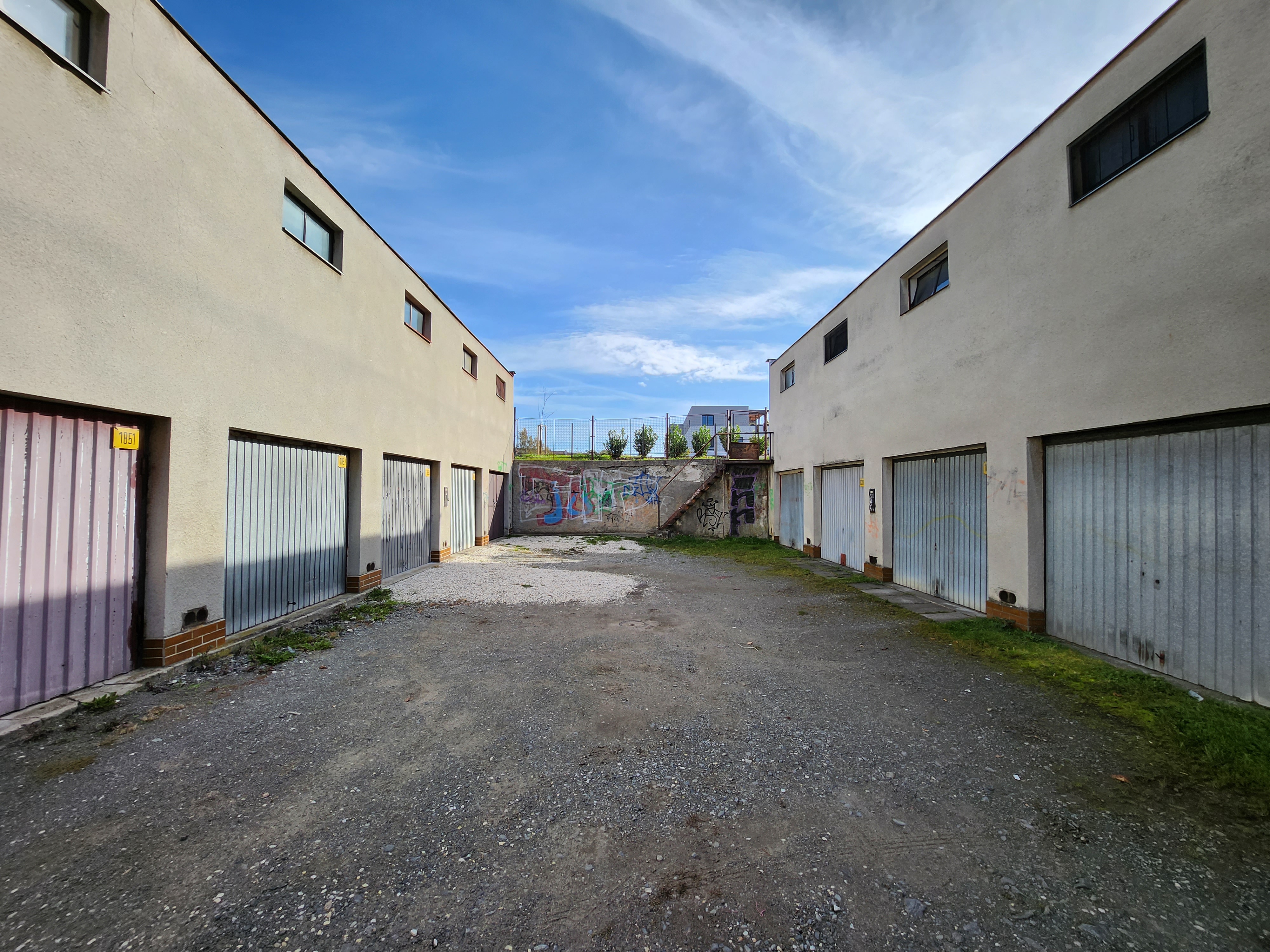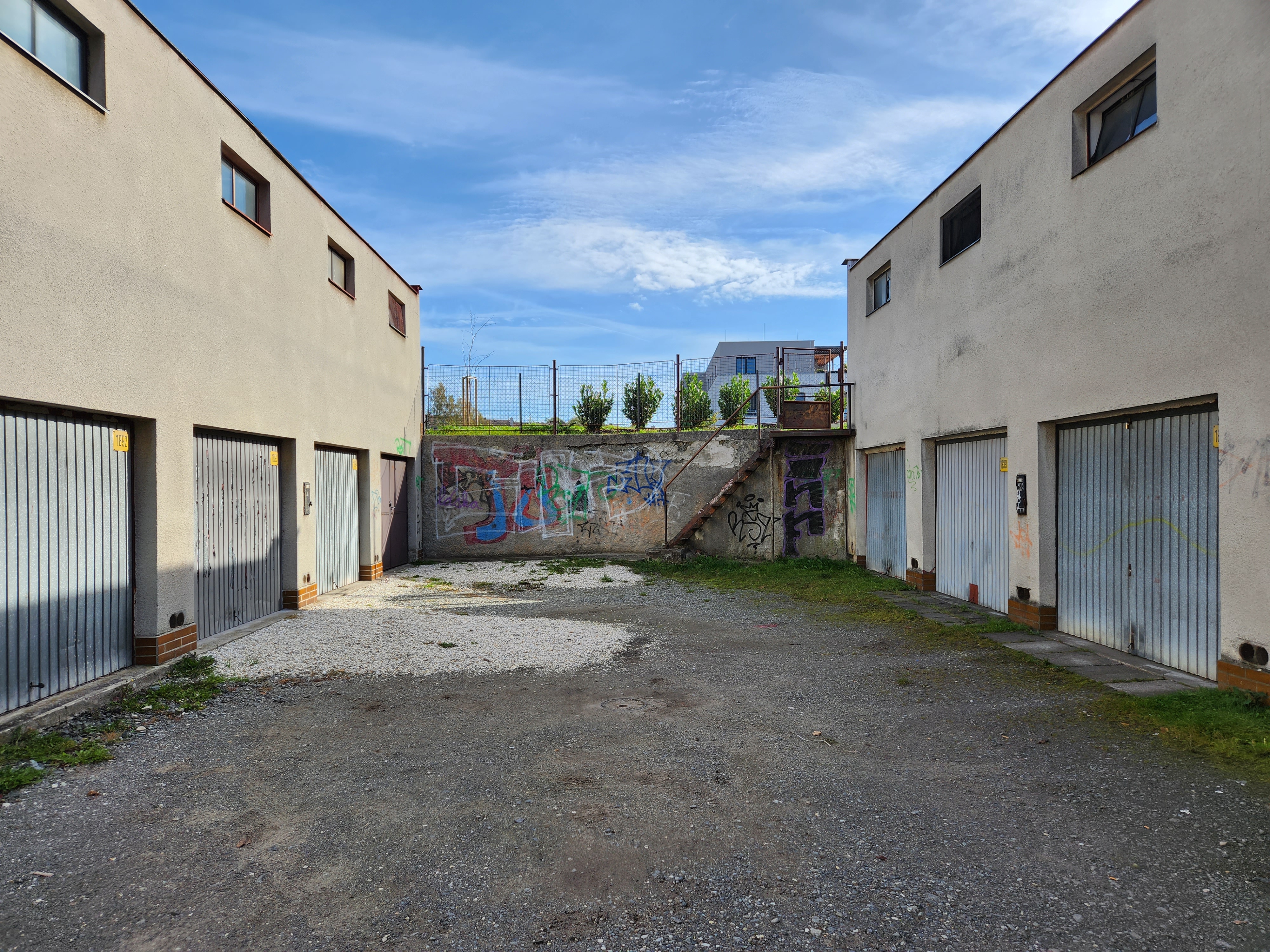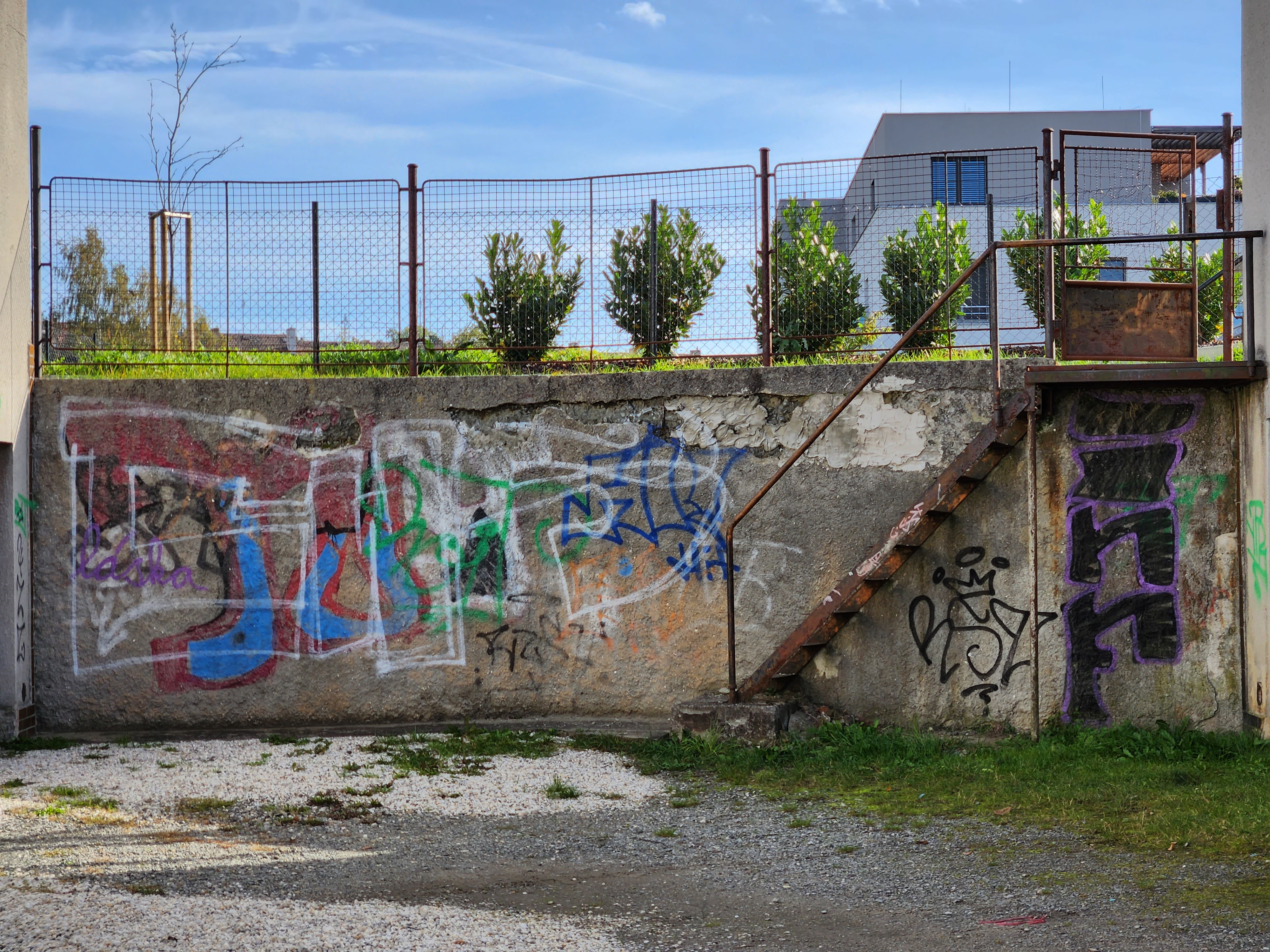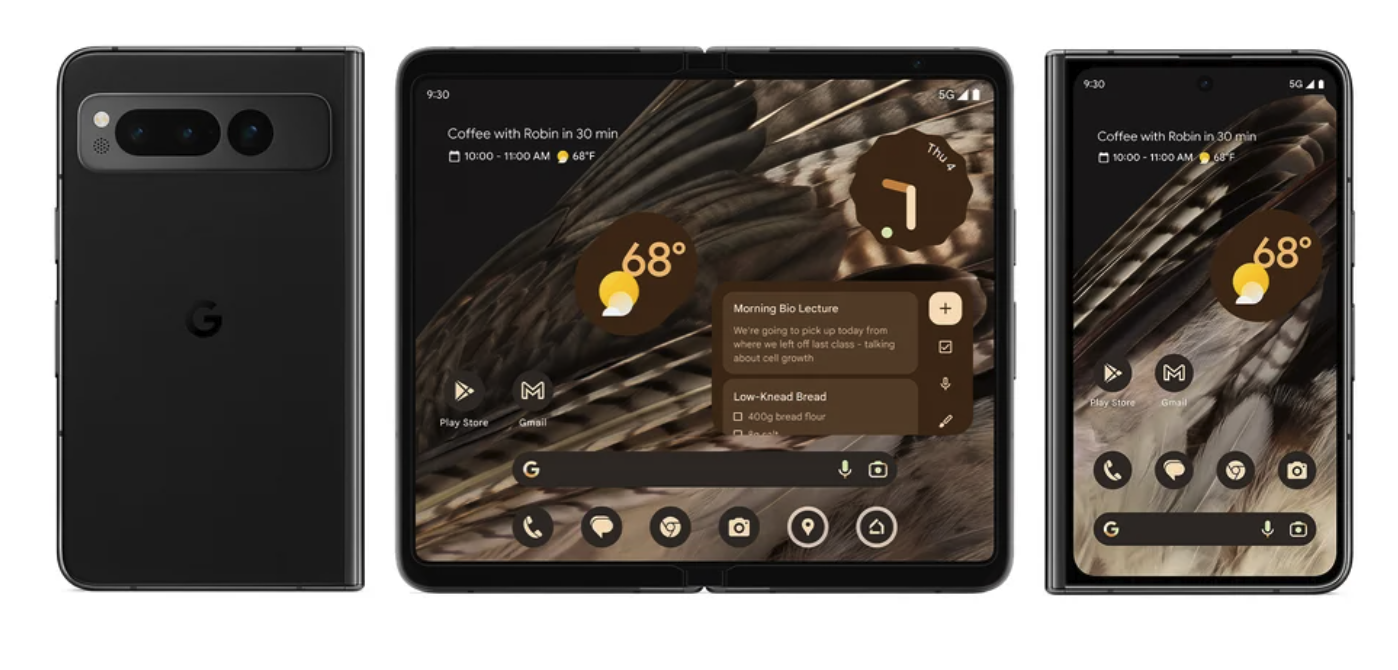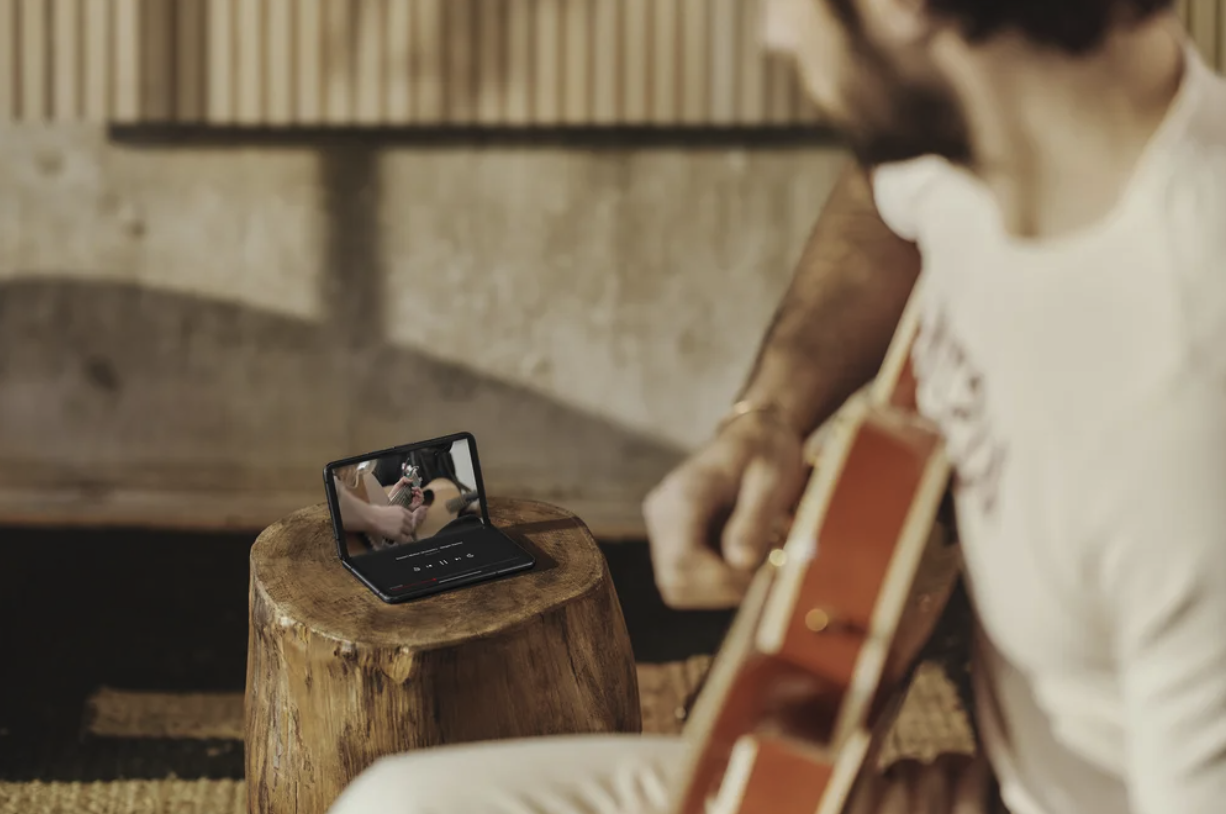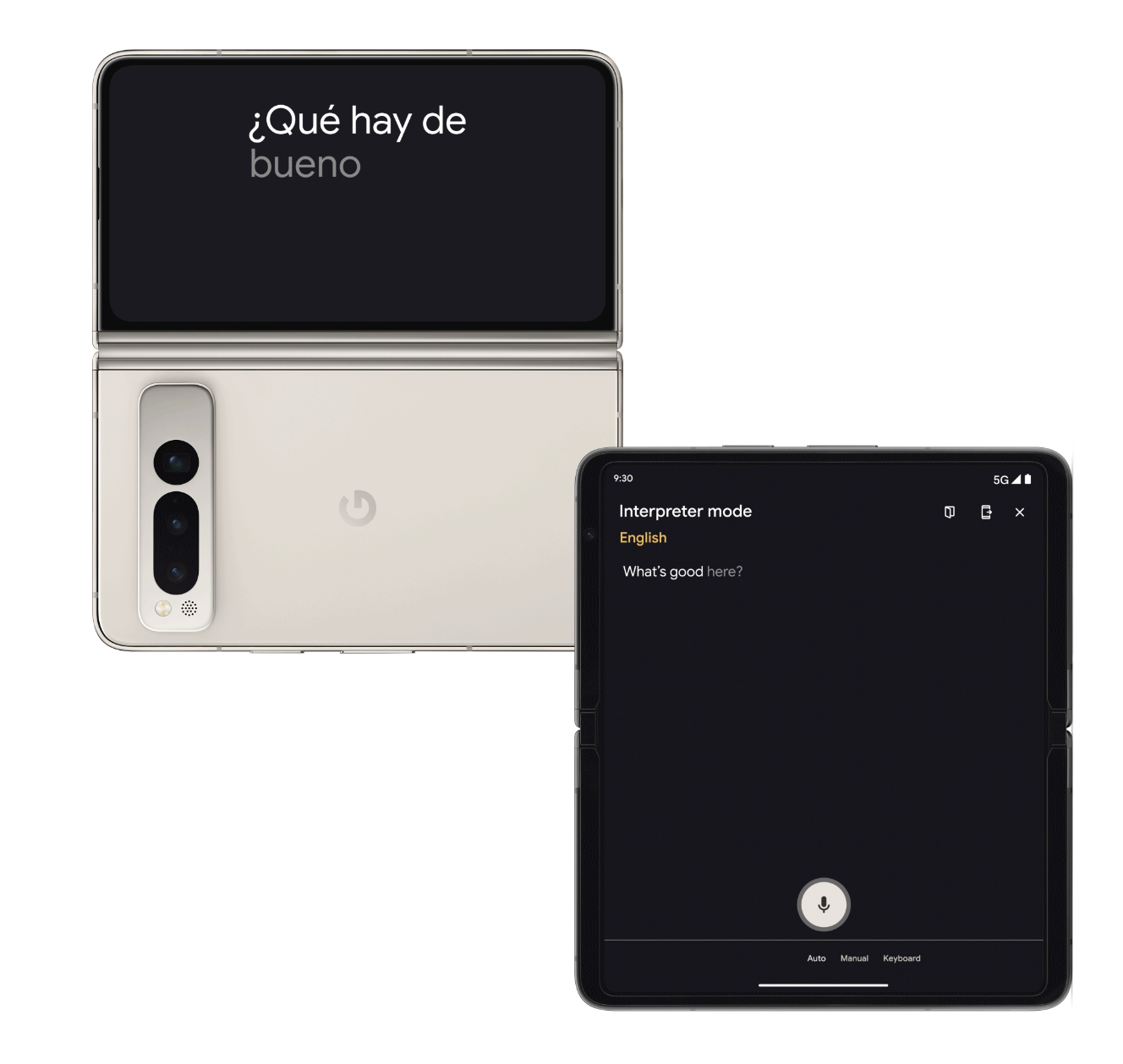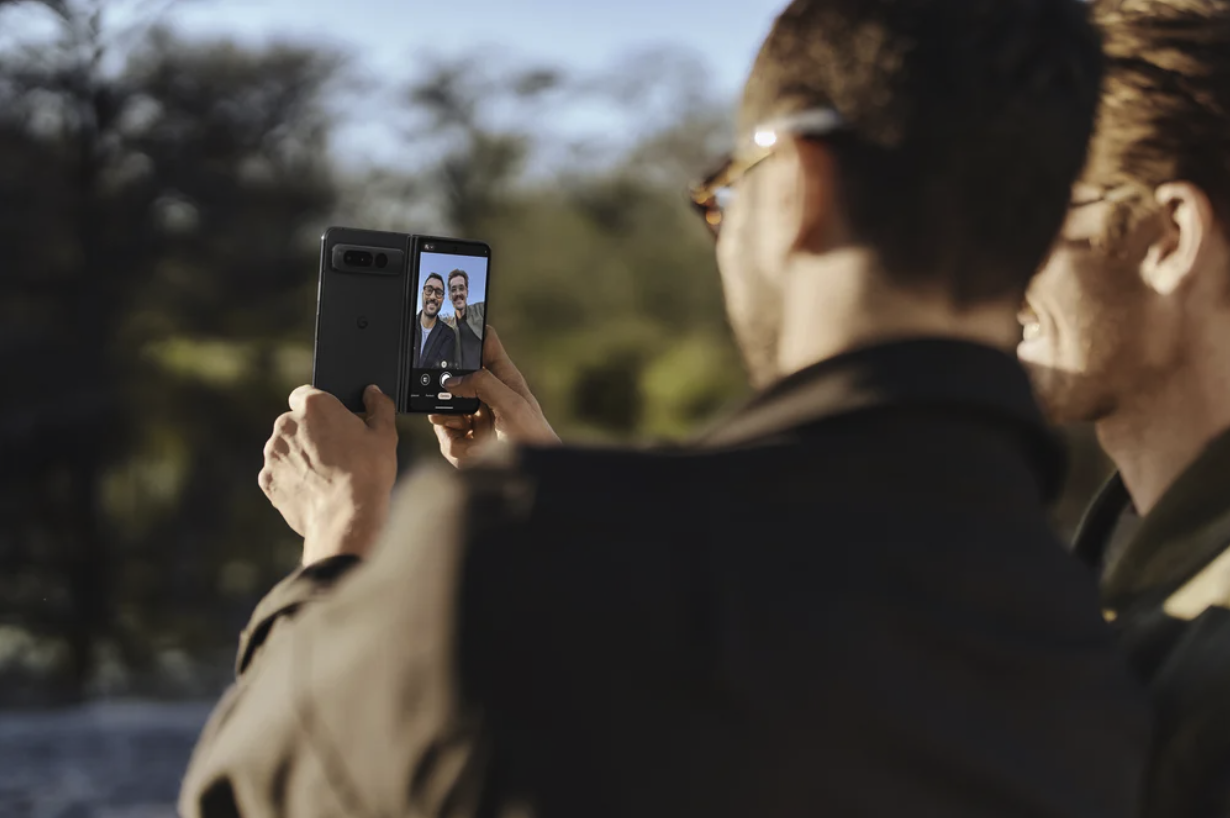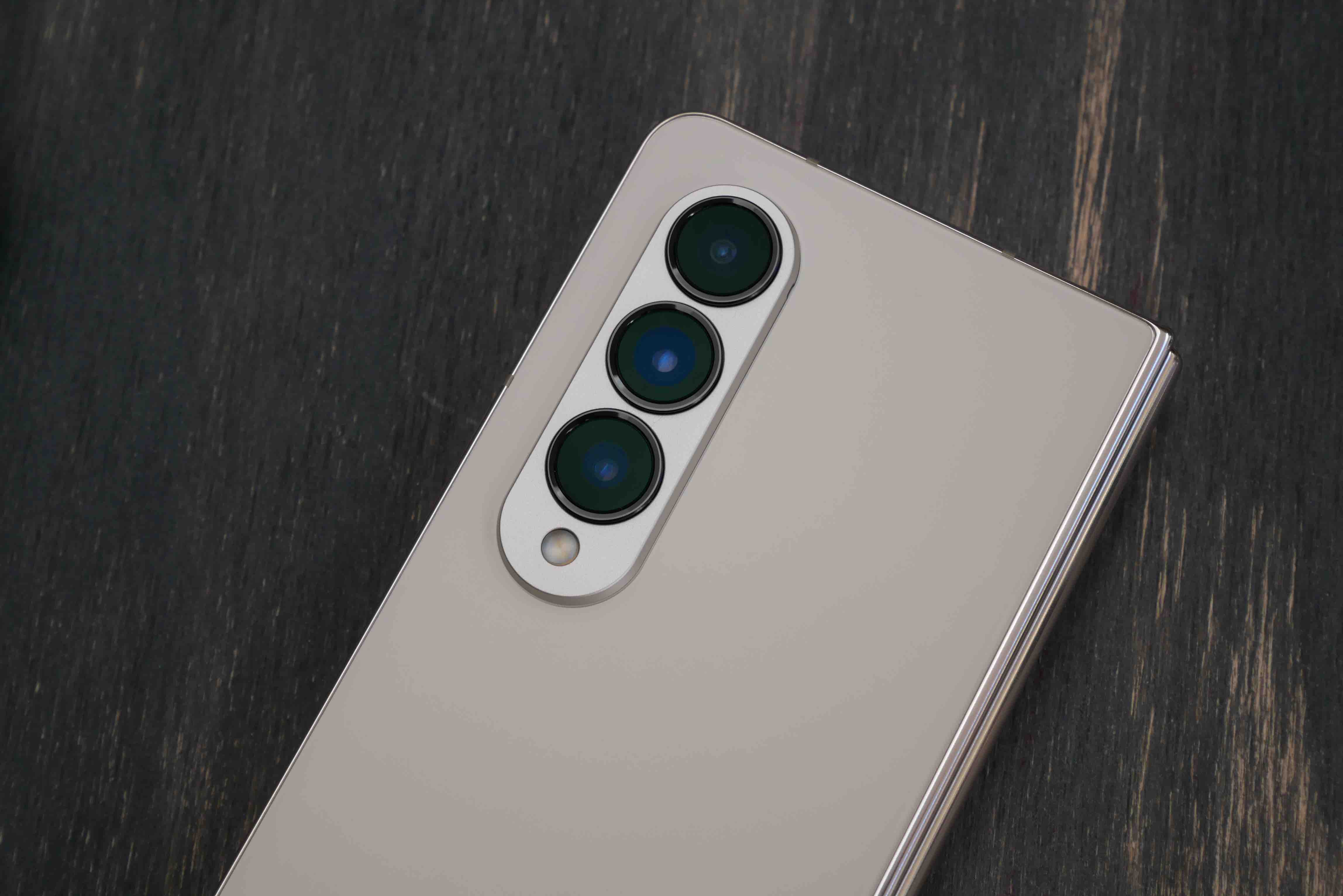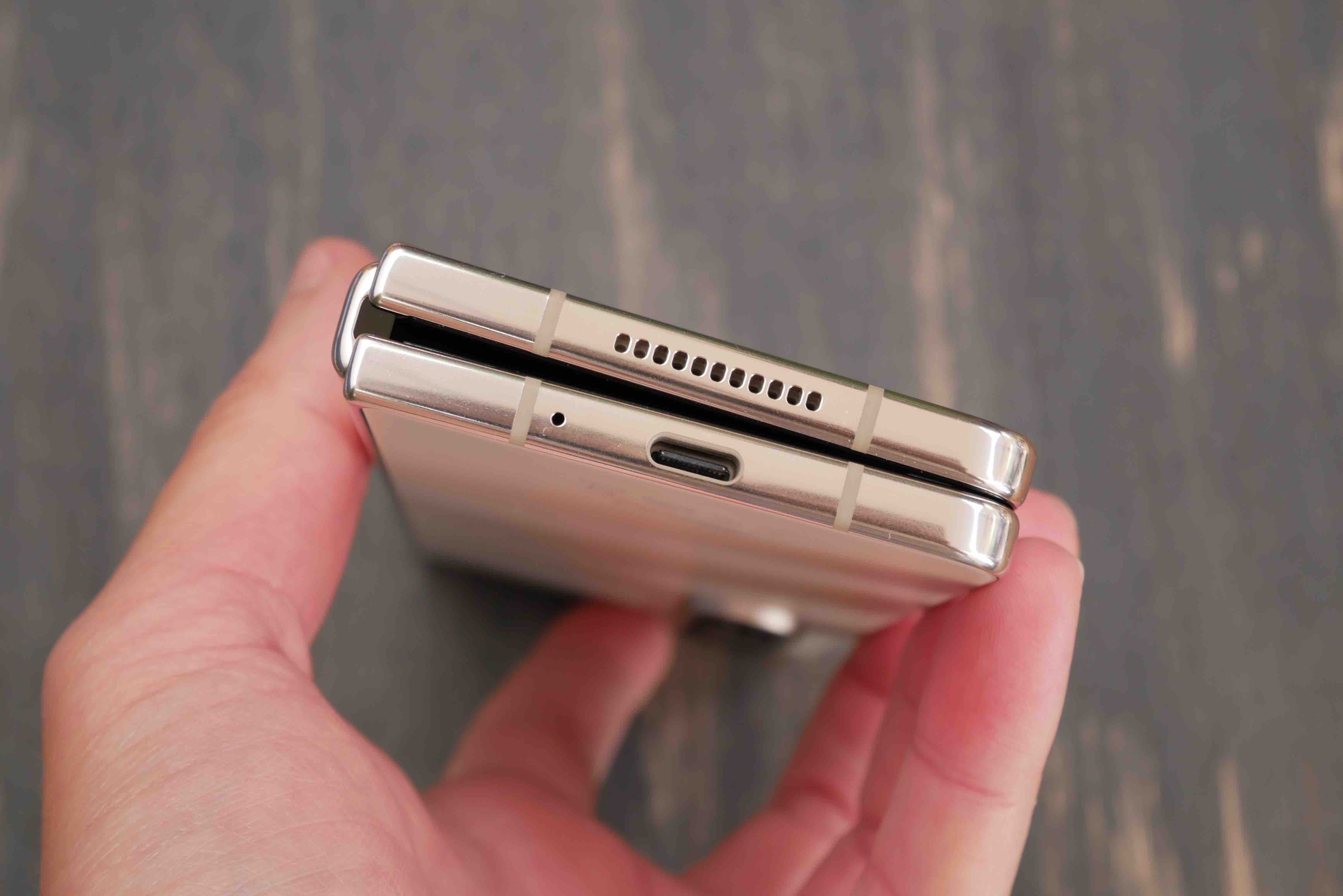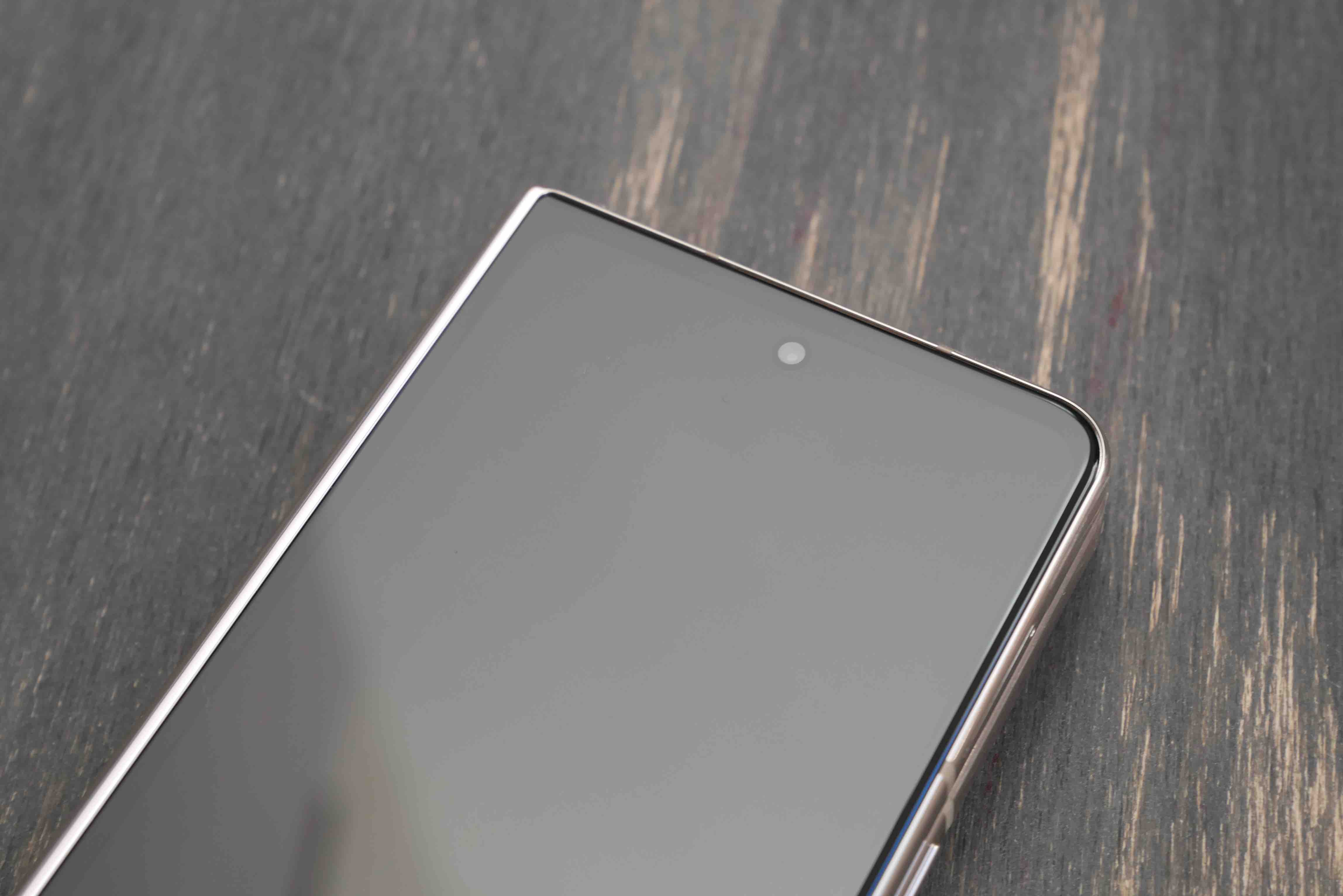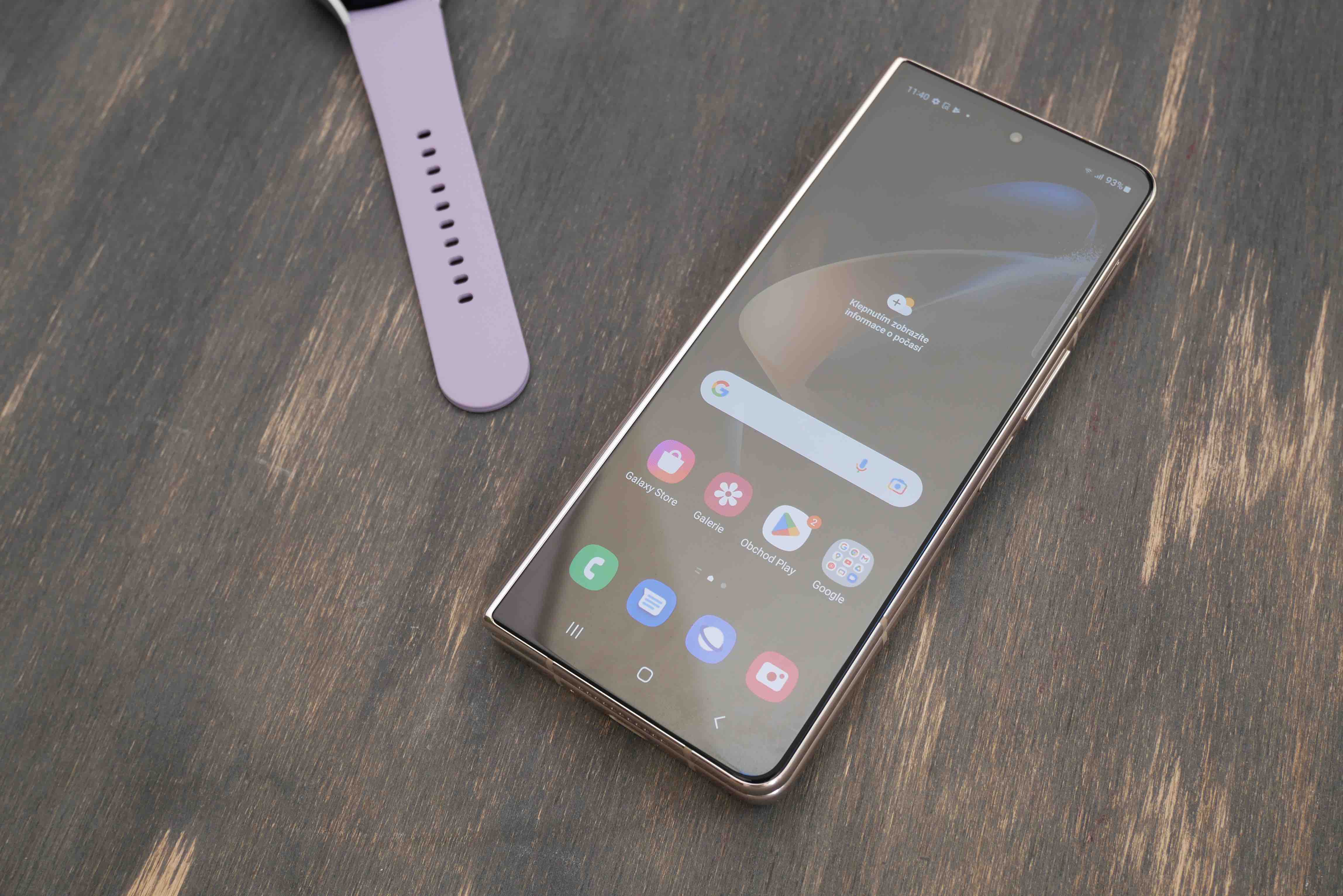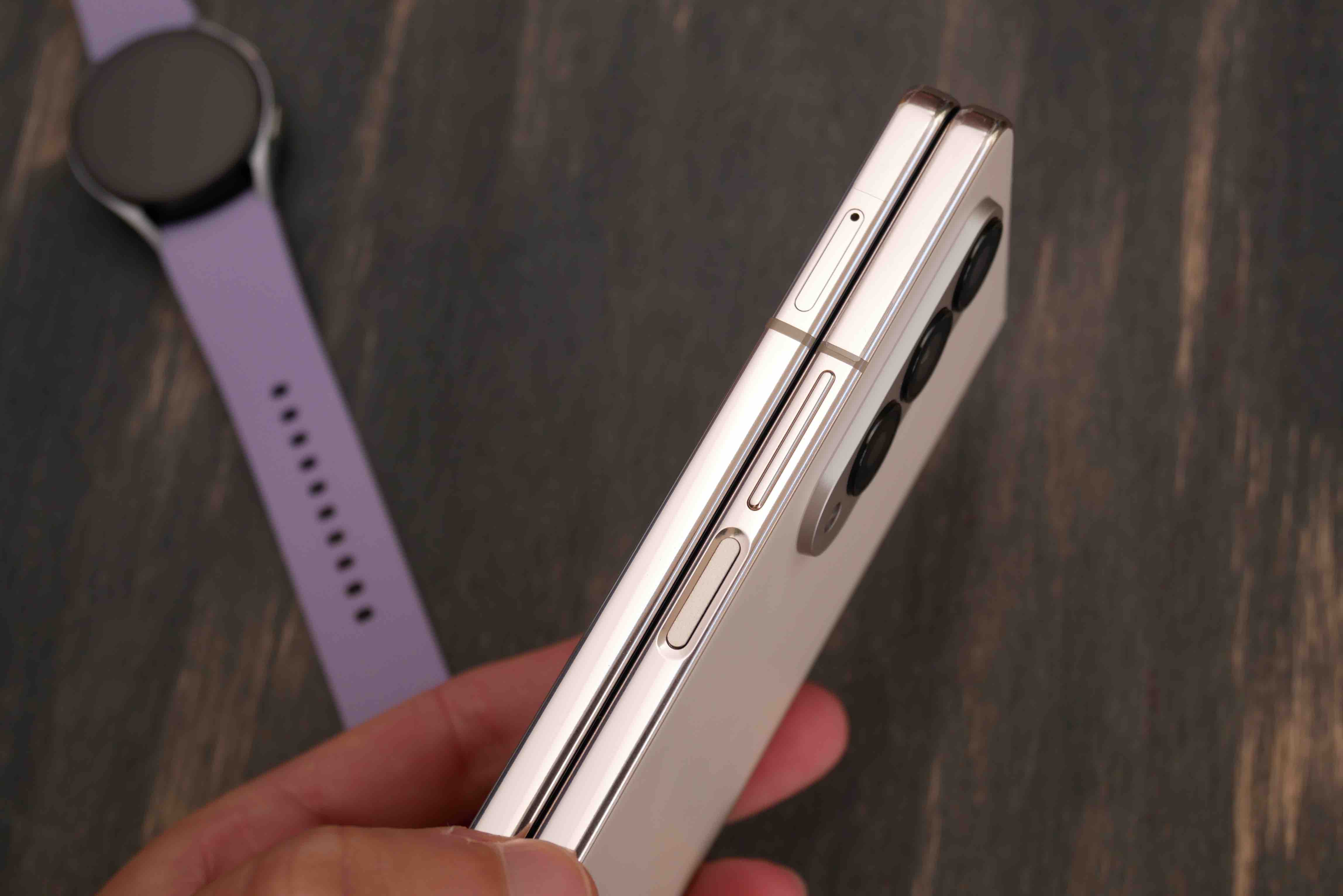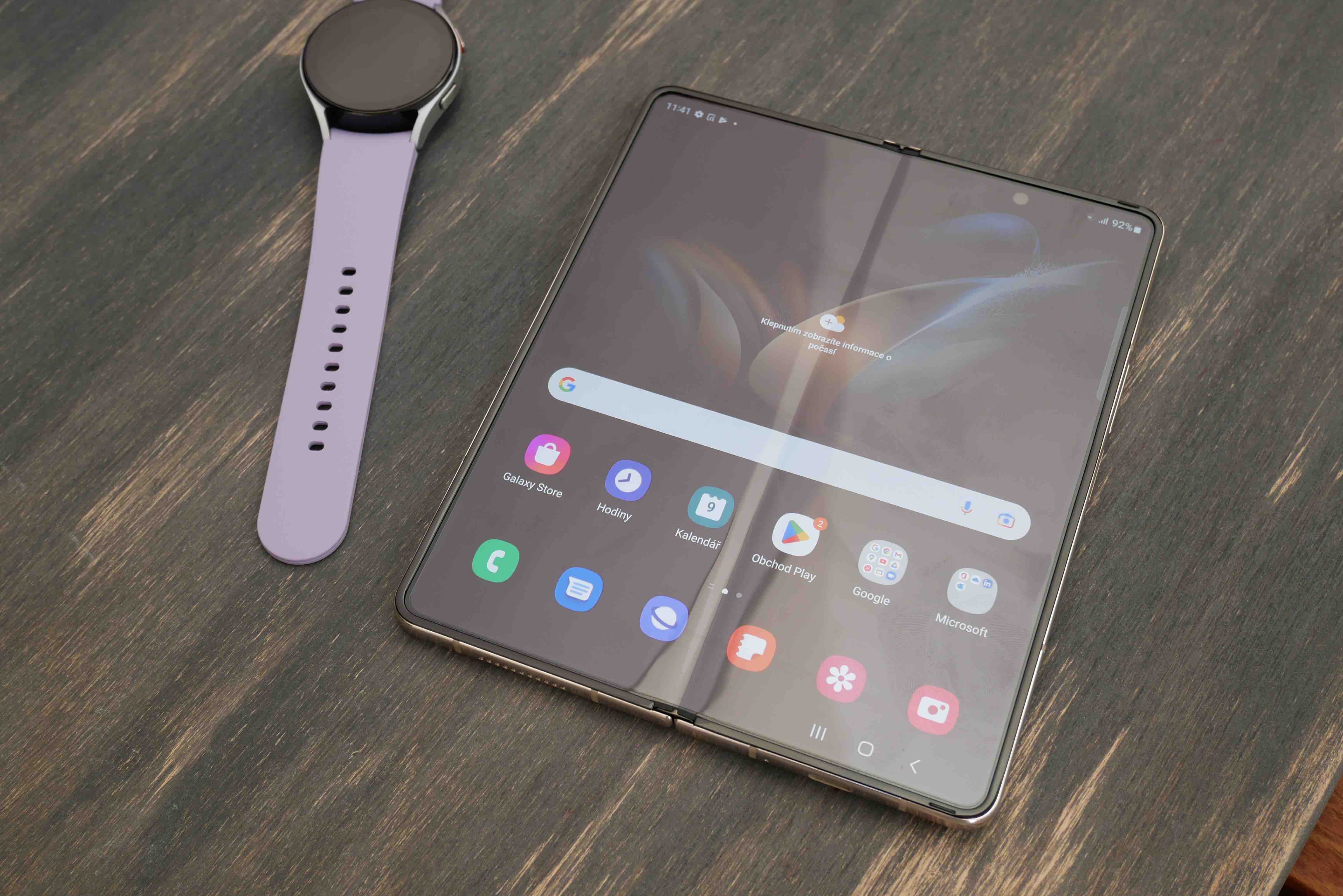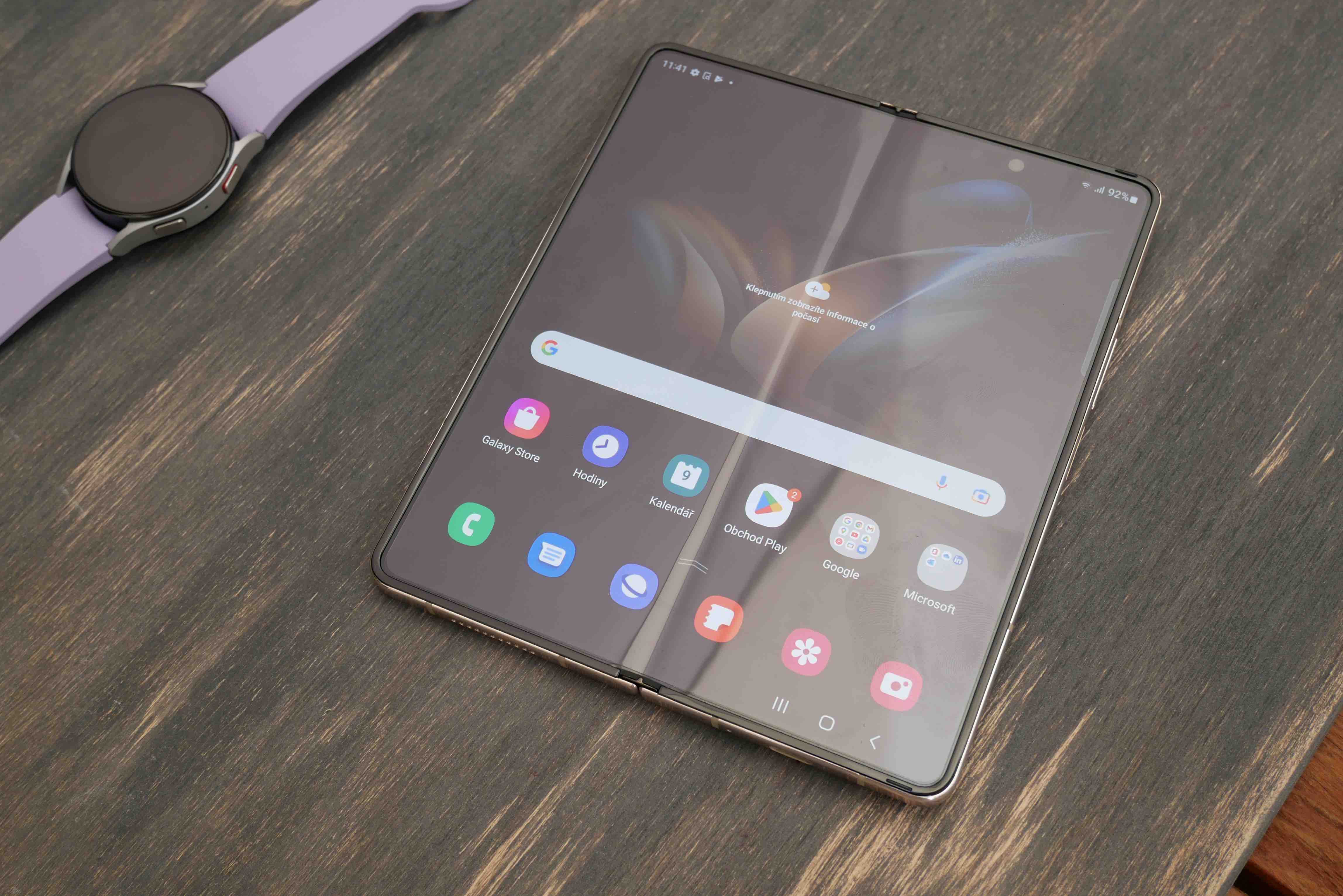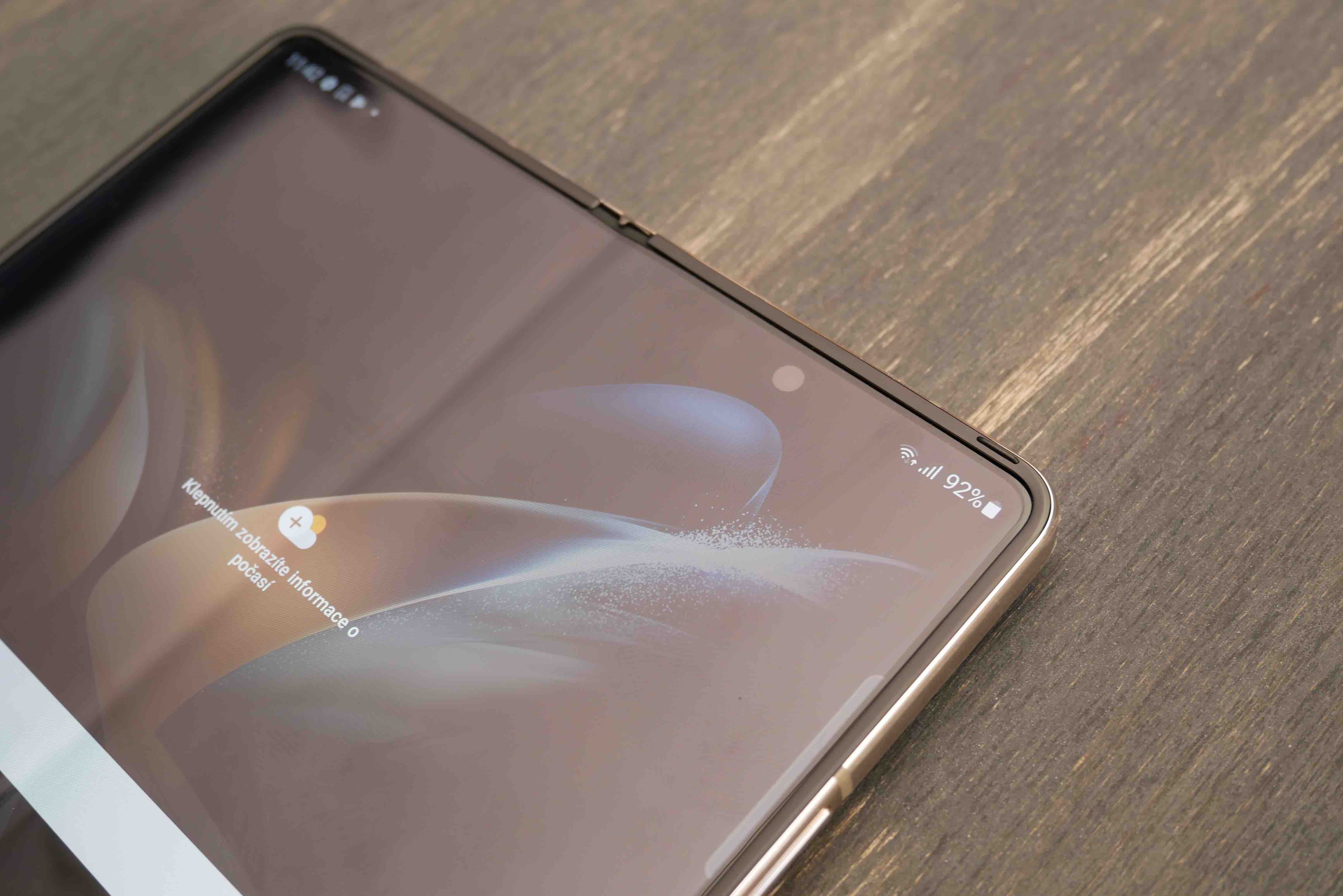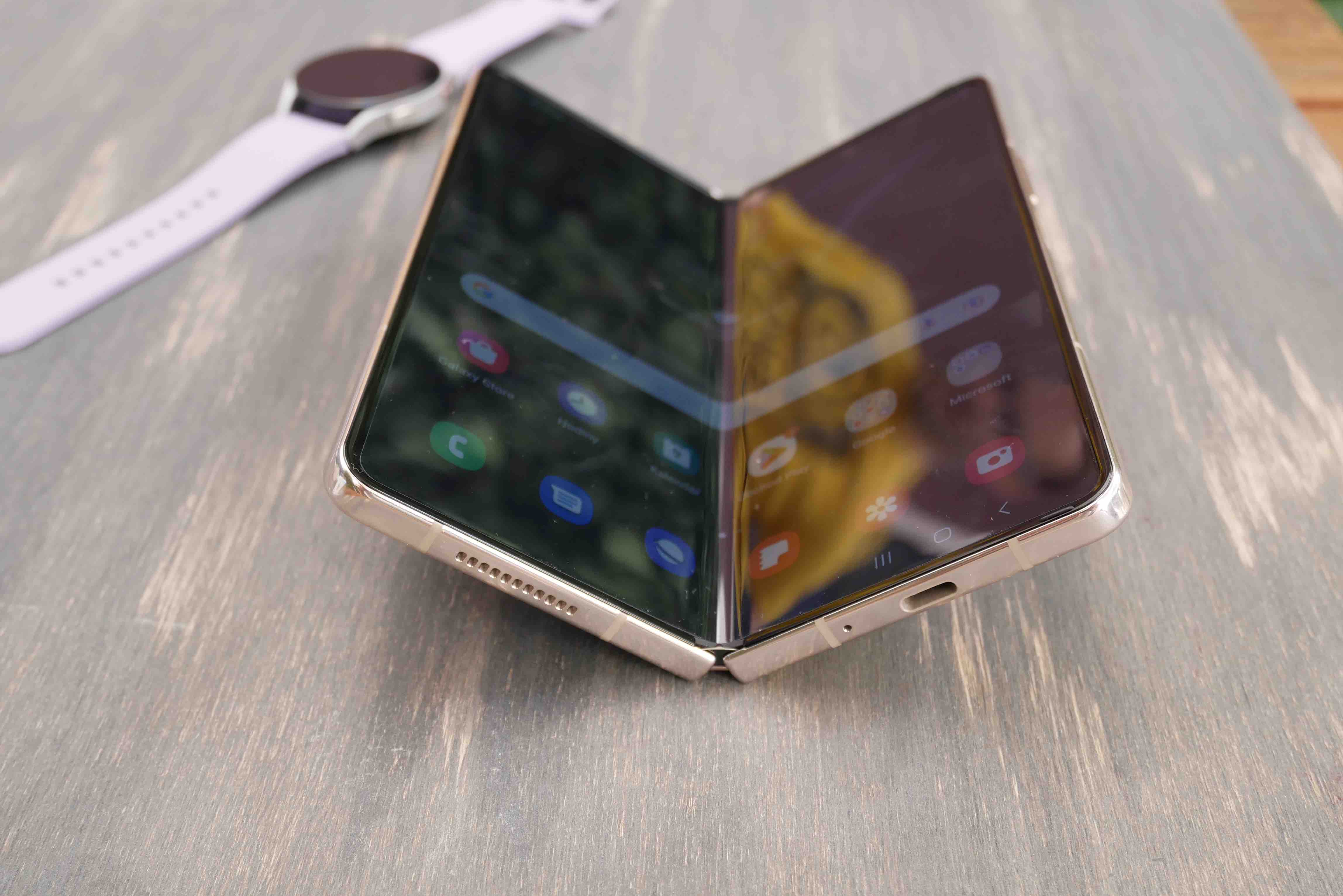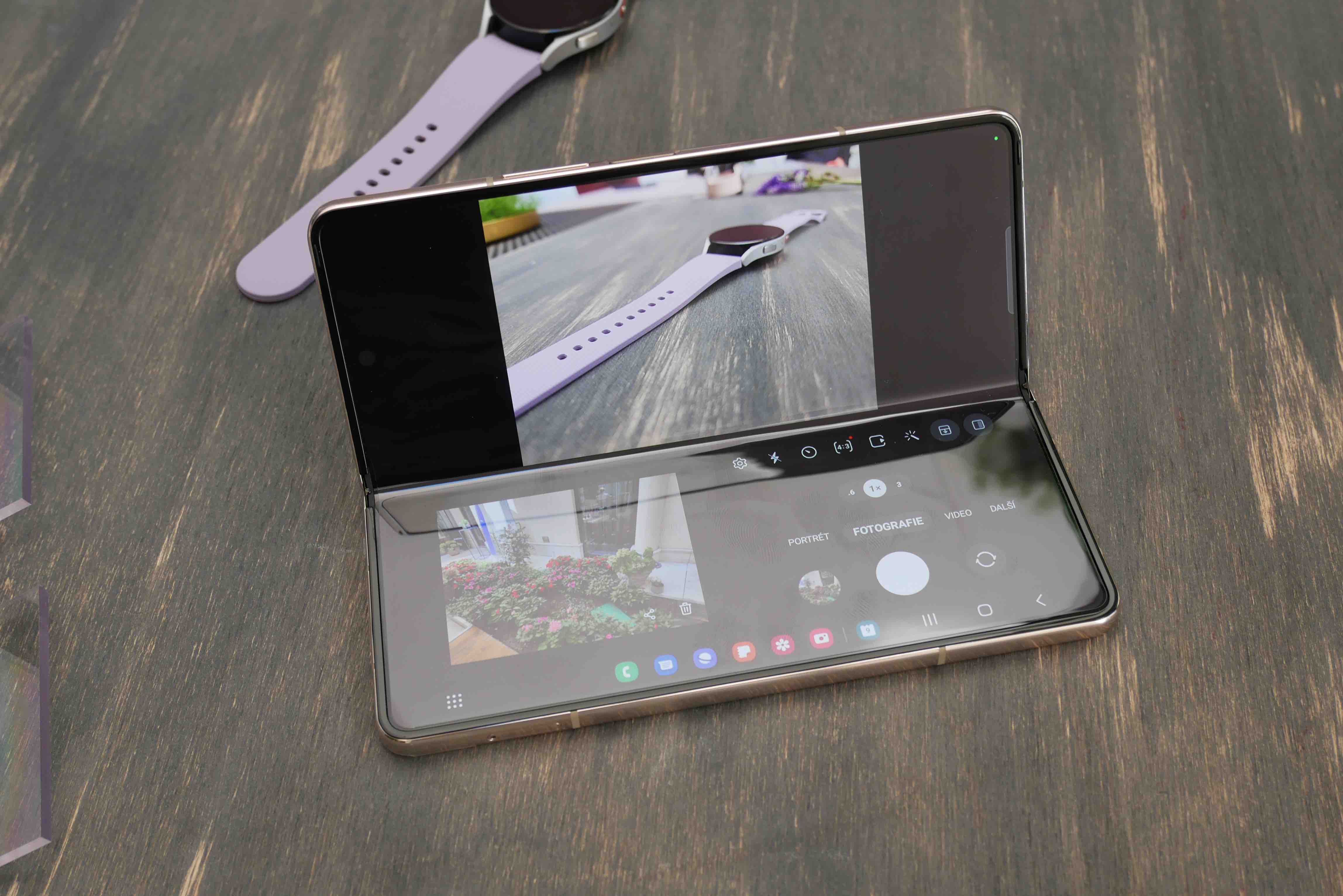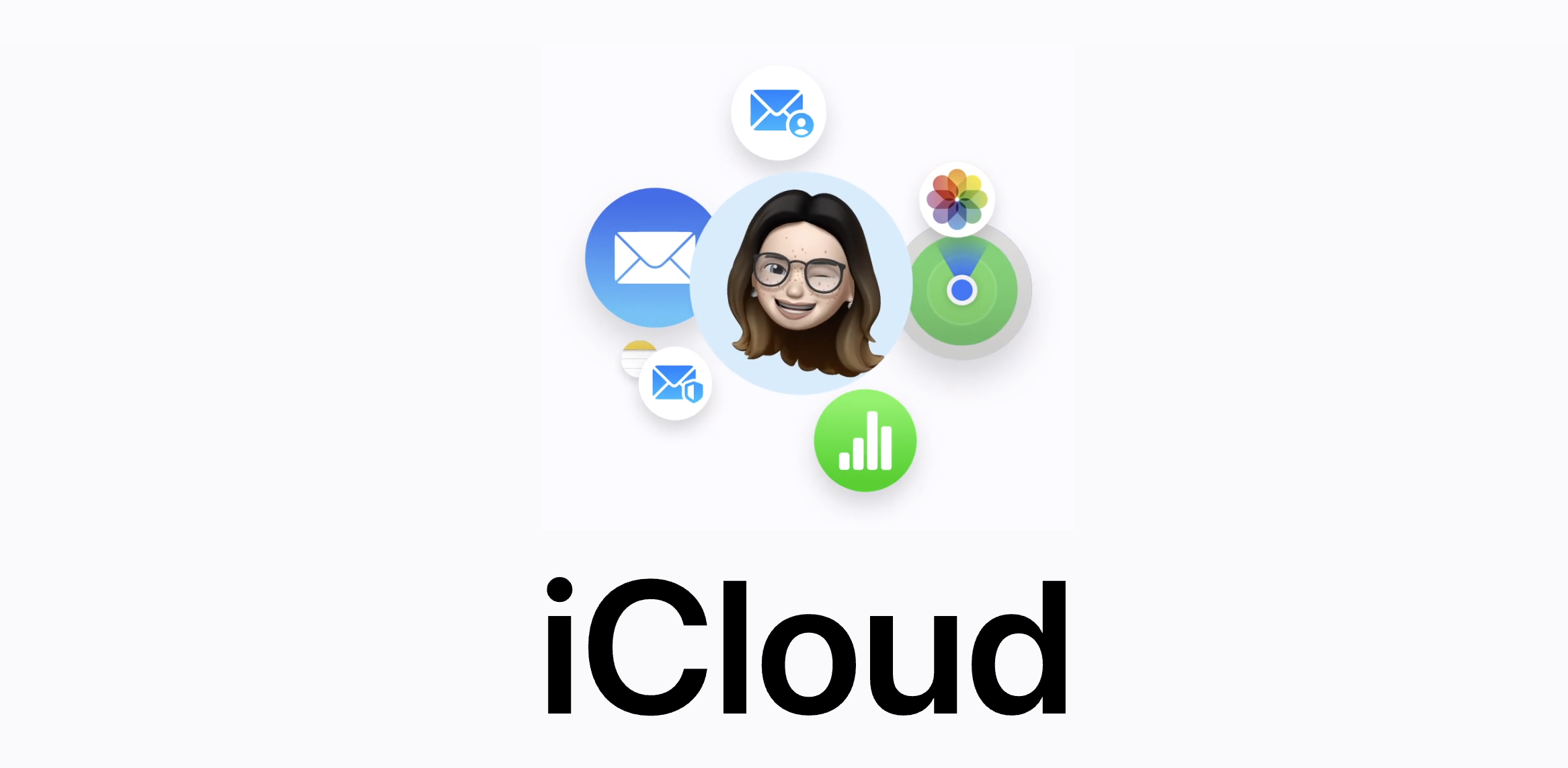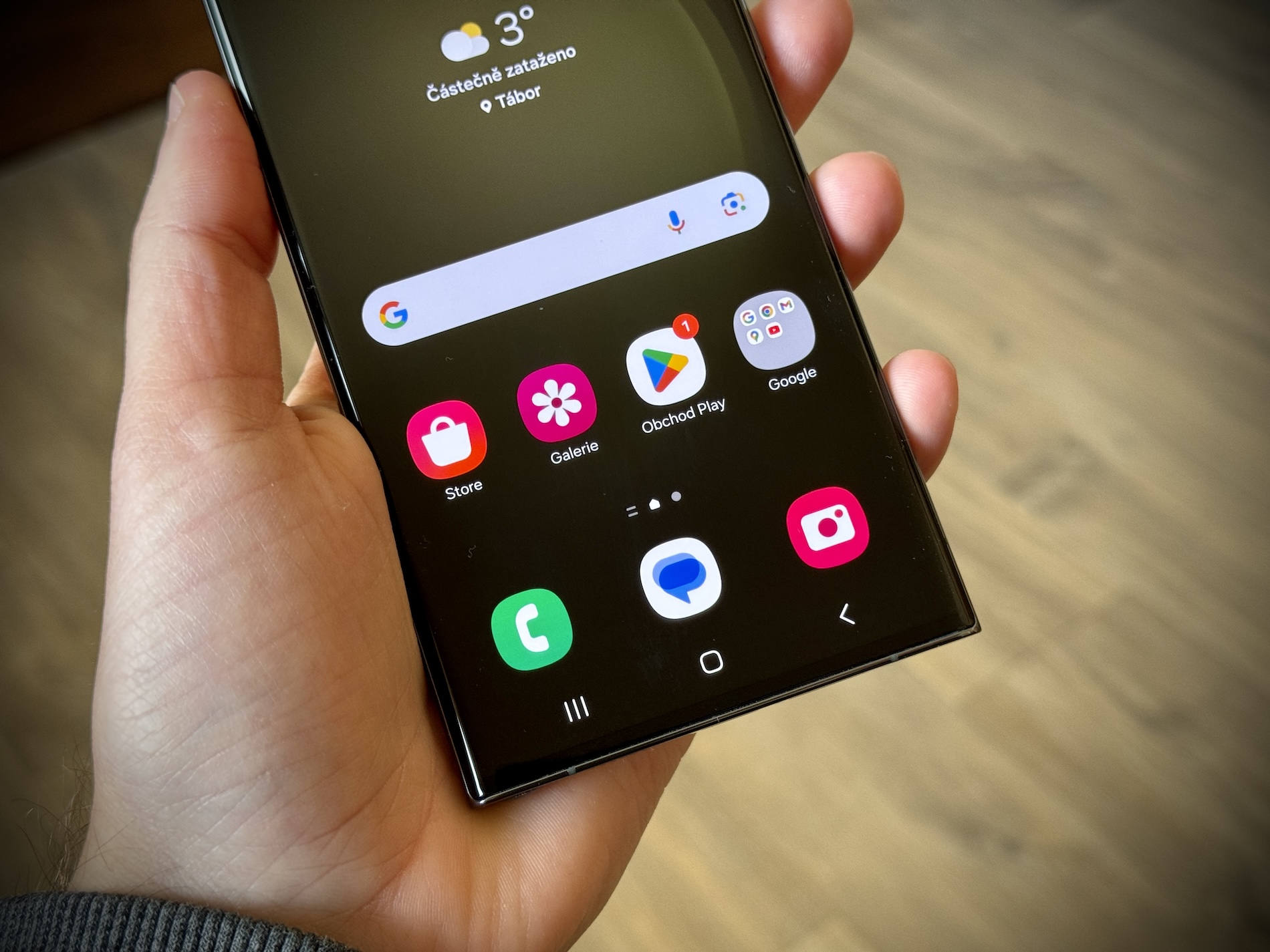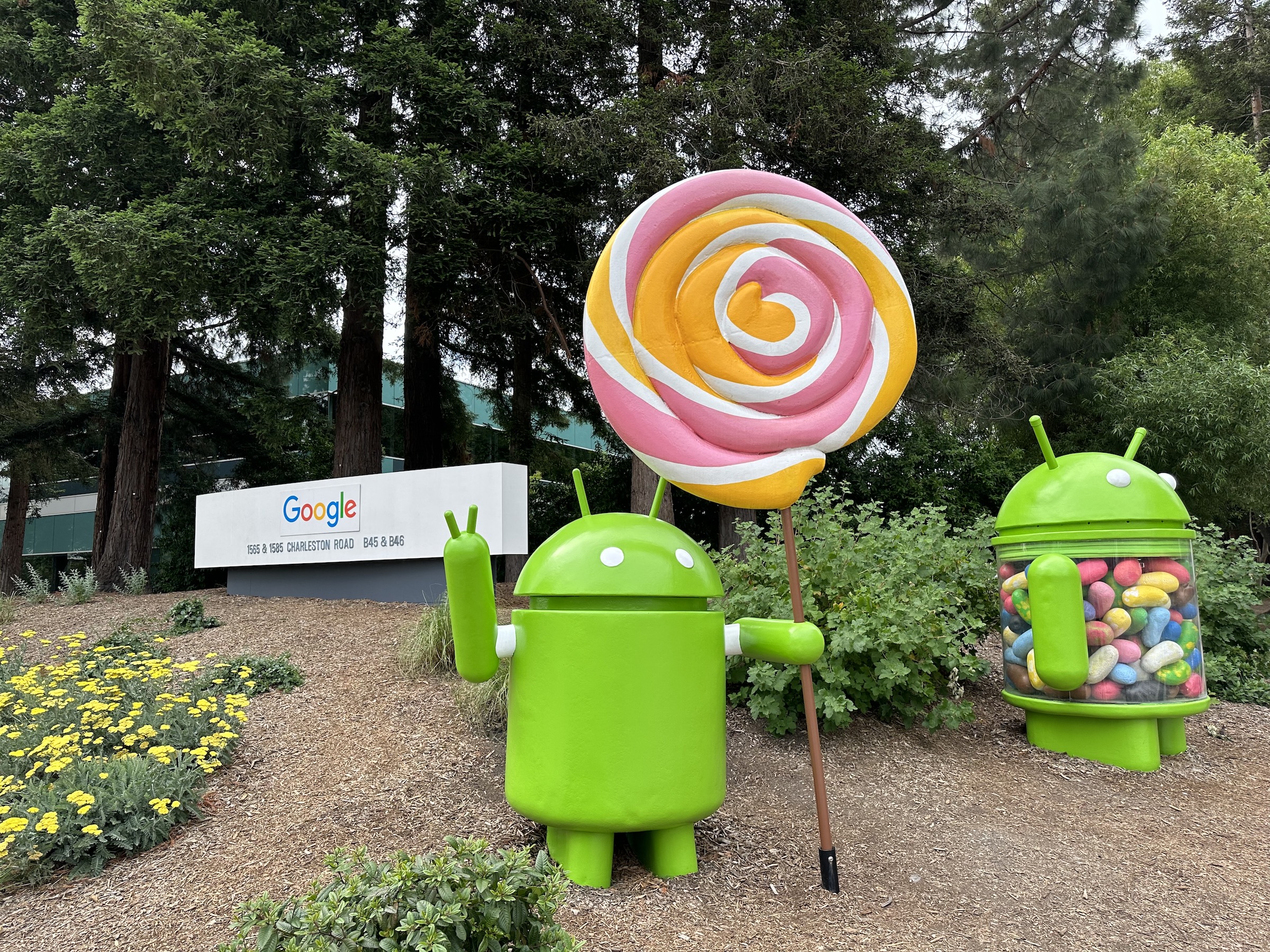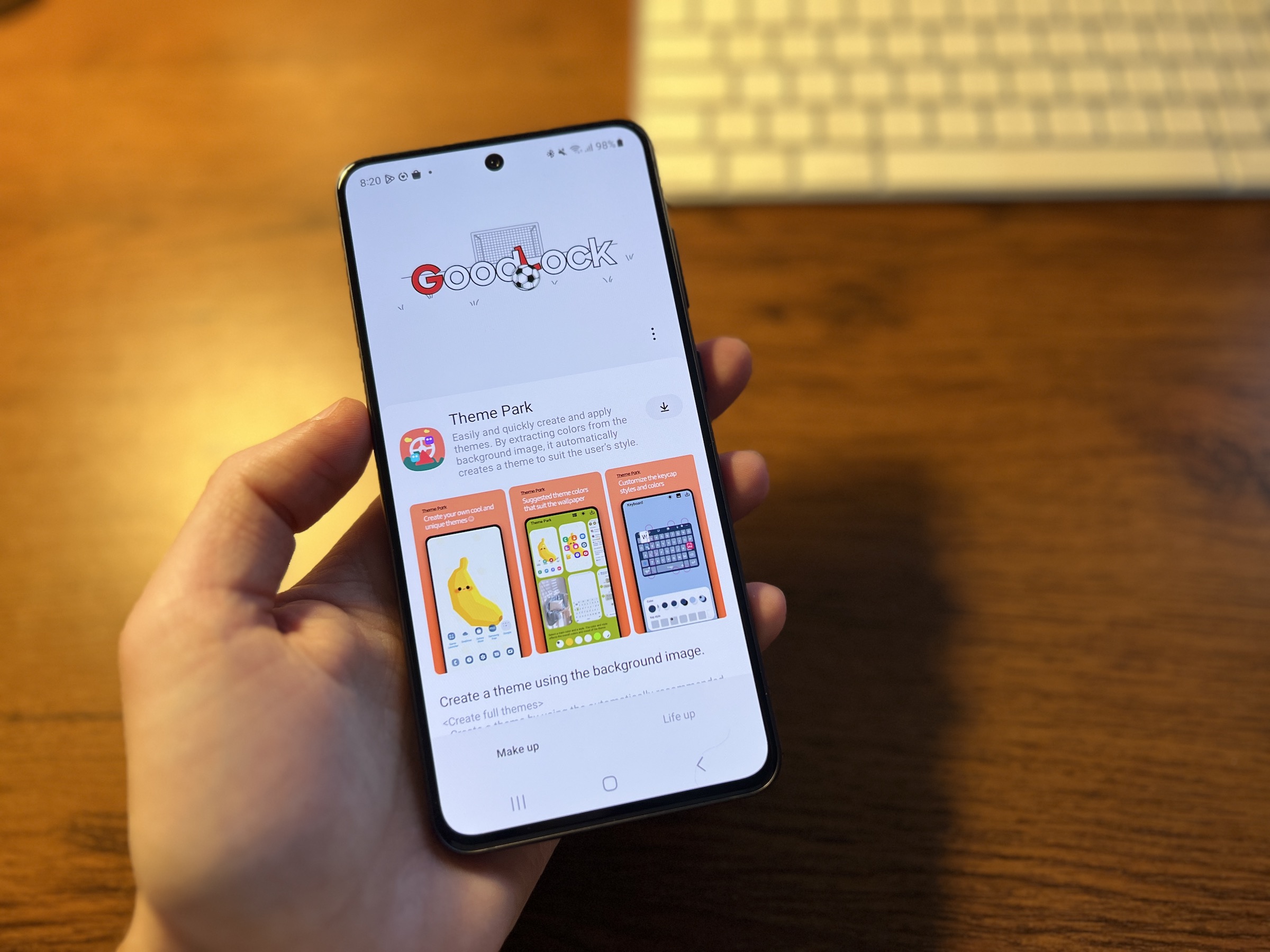It was in 2019 when Samsung introduced the first generation of its Fold, i.e. the first flexible device of its stable. So it took Google 4 years, when we already have it here Galaxy From Fold4. Is it too late for Google to enter this market segment? Certainly not, but his distribution policy is incomprehensible, which clearly predisposes the novelty to failure. On paper, this is an interesting device.
Design and display
Galaxy The Z Fold4 is tall and narrow, measuring 155 x 67 mm when folded, while the Pixel Fold is the opposite, measuring 139 x 80 mm when folded. Which of these approaches is better depends on your preferences. The Fold4 has an aluminum body and Gorilla Glass Victus, an integrated fingerprint reader in the power button and a small camera port on the back of the phone. The Pixel Fold also has an aluminum frame, Gorilla Glass Victus and an integrated fingerprint reader. But the camera module is more prominent than the Fold and uses the same bar design as the Pixel 7.
The Pixel Fold uses a 5,8” OLED display with a resolution of 2092 x 1080 pixels, which supports 120 Hz and has a maximum brightness of 1550 nits. The Z Fold4 has a 6,2" external AMOLED display with a resolution of 904 x 2316 pixels, 120 Hz support and a maximum brightness of 1000 nits. The Pixel's more traditional shape makes it easier to watch videos and use non-optimized apps, but it's harder to use with one hand than the Samsung. Both designs have their advantages and disadvantages, so which is better depends on how you use the device.
Opening up the phones, we again see how they are vastly different thanks to contrasting designs. The Pixel expands into a 7,6" OLED display with a resolution of 2208 × 1840, a frequency of 120 Hz and a brightness of 1450 nits. The Fold4 model uses a 7,6" AMOLED panel with a resolution of 1812 x 2176, 120 Hz and a brightness of 1000 nits. The Fold4 hides its internal camera under the display, while the Pixel Fold opts for thicker frames, but includes a better selfie camera.
Again, it comes down to personal preference as to which of these approaches is best. Opening to landscape makes media consumption more accessible because you won't have to rotate the device, but it can cause problems with poorly optimized apps. Although many of Google's apps now take advantage of the larger display, there are plenty that don't yet.
But Fold4 has a clear ace up its sleeve, which is support for the S Pen. You can't store the pen itself in the phone, but many cases will take care of that for you. Taking notes, highlighting text, signing documents and drawing is a joy on the Samsung Fold, and it's a shame the Pixel Fold can't compete in this area.
You could be interested in
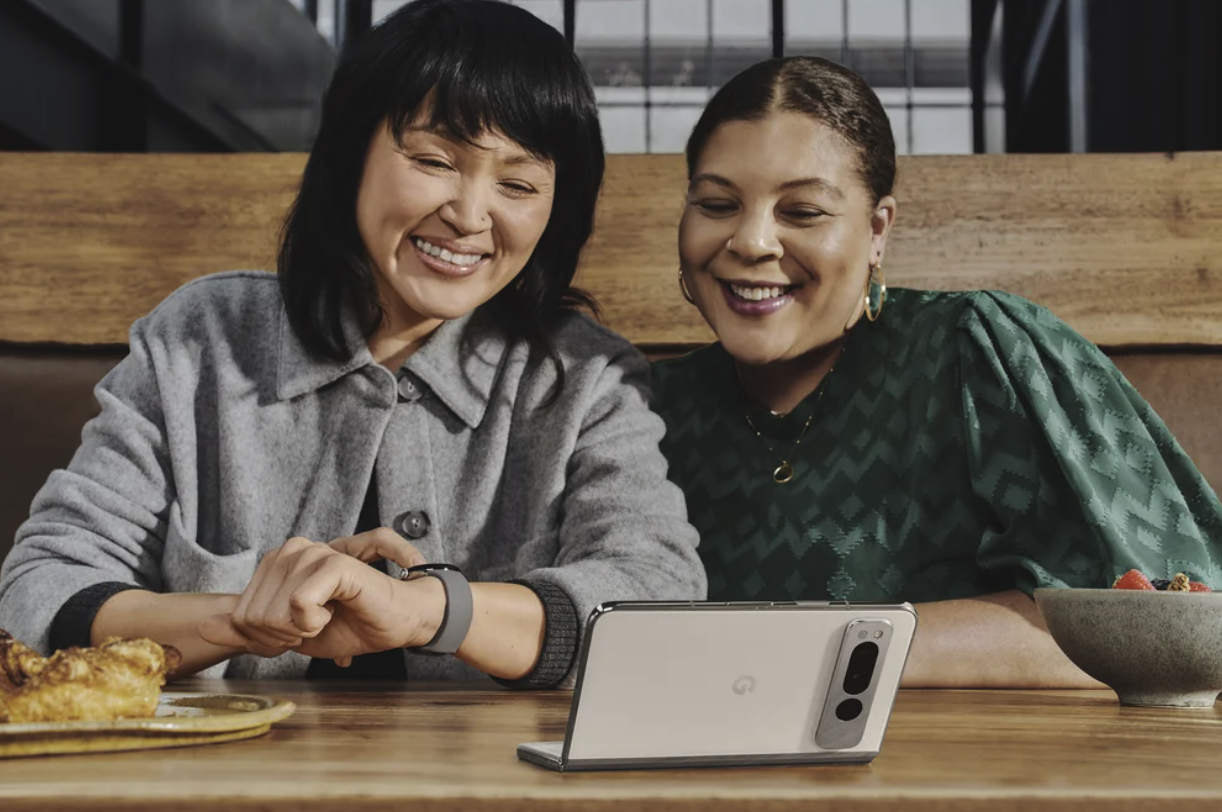
Cameras
Here we see one of the biggest differences between the two phones. Main 50MPx sensor Galaxy The Fold4 does well, but the other two lenses generally disappoint. The Pixel Fold has the same optics as the Pixel 7 Pro, which takes some of the best photos on the market. This includes a 5x zoom periscope sensor that can take pretty usable photos with up to 20x zoom using Google's Super Resolution.
The selfie cameras on the external display are evenly matched between the two phones, but when it's laid out, the Pixel clearly leads. Samsung decided to sacrifice the quality of this sensor to hide it under the display, and while it makes the screen look whole, the photos and videos you get from it are rather unusable. But at least there aren't those giant frames, right?
The Pixel Fold's camera specifications are:
- Main: 48 MPx, f/1.7, 0.8 μm
- Telephoto lens: 10.8 MPx, f/2.2, 0.8 μm, 5x optical zoom
- Ultra wide angle: 10.8 MPx, f/3.05, 1.25 μm, 121.1°
Software
The Pixel Fold launches with an operating system Android 13 and will receive three system updates, bringing it up to version 16, followed by two more years of security patches. The Fold4 has an edge over the Pixel here. It came with One UI 4.1.1 on Androidu 12L but now running on Androidu 13 with One UI 5.1 and is promised four years of updates to Android with a fifth year of security patches, so both phones will reach end-of-life at Androidin 16
The One UI user interface has an undeniable benefit to the foldable device market. Thanks to Samsung's implementation of split screen, the app dock in the system Android 12L and more customization options than you can count, using such a folding device is a joy. Whether these additions are enough to tear you away from the purer Pixel experience is up to you. It's clear for us.
You could be interested in

Which one is better?
With regard to battery capacity, Google's Fold leads with 4 mAh compared to Samsung's with 821 mAh. With Google, wired charging is 4W, wireless 400W, with Samsung 30 and 20W, respectively. Both have 45 GB of RAM, but the Pixel will only be available with 15 and 12 GB of memory, while Samsung is also offering a 256 TB variant. In terms of chips, the Google Tensor G512 is compared to the Snapdragon 1+ Gen 2.
The price of the Fold 4 has already dropped for almost a year, so you can have it for CZK 36, while Google's Fold in neighboring Germany will start at CZK 690. Even due to the limited distribution, which is focused on only four world markets, one cannot expect any burning success from the Pixel Fold. However, Google can test technology and software on it and hit full force with the next generation. After all, Samsung did the same thing.
